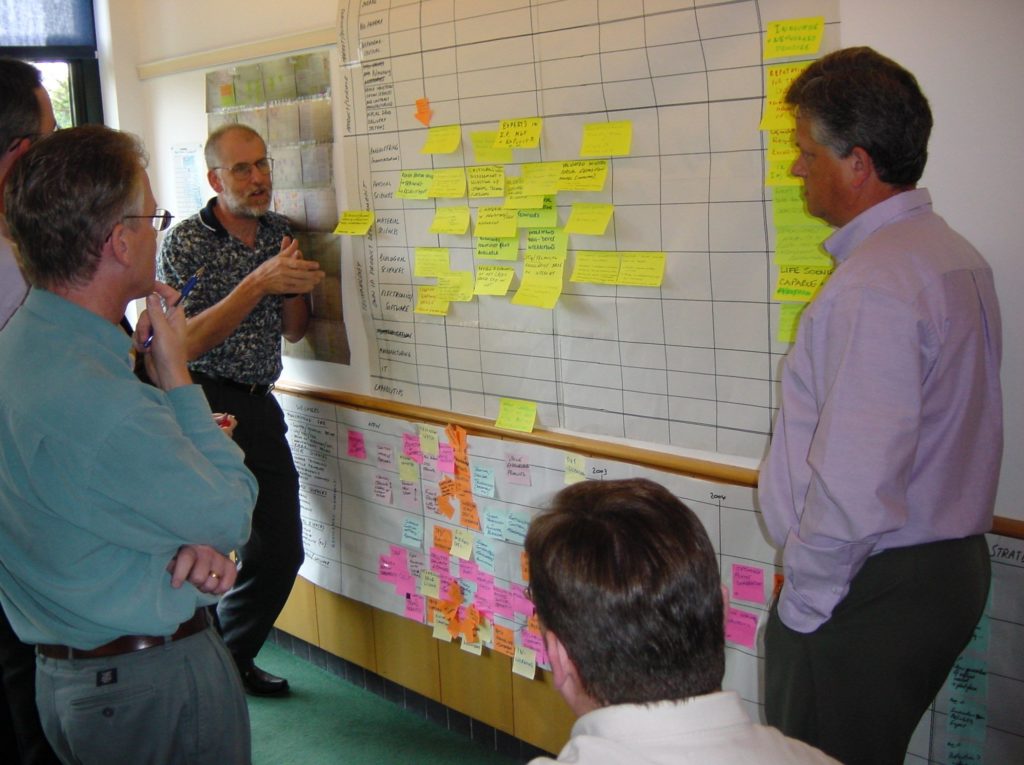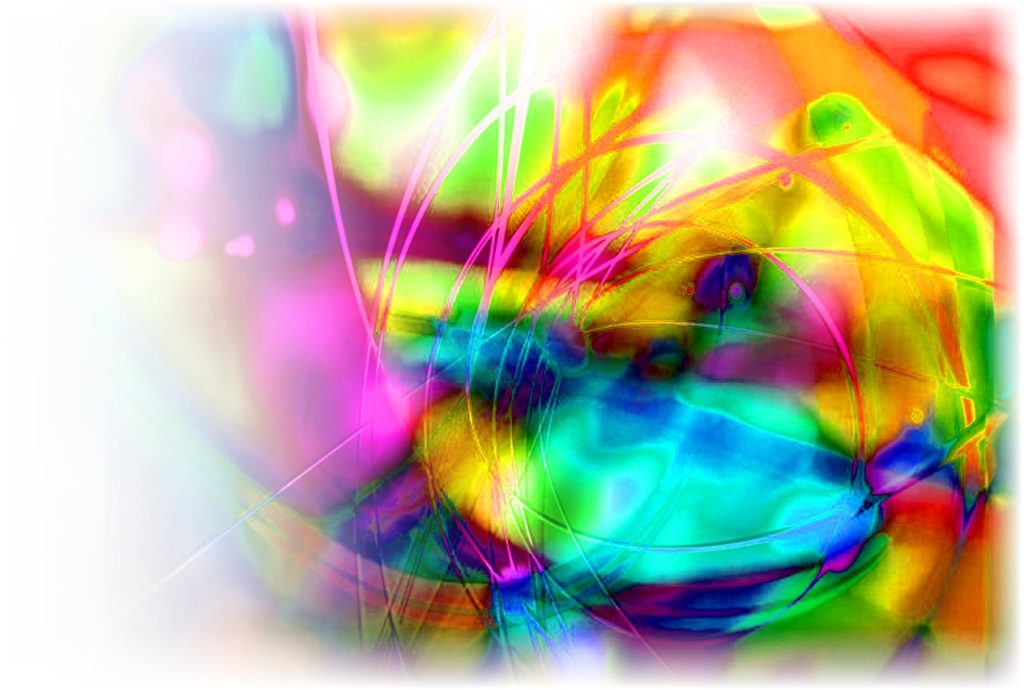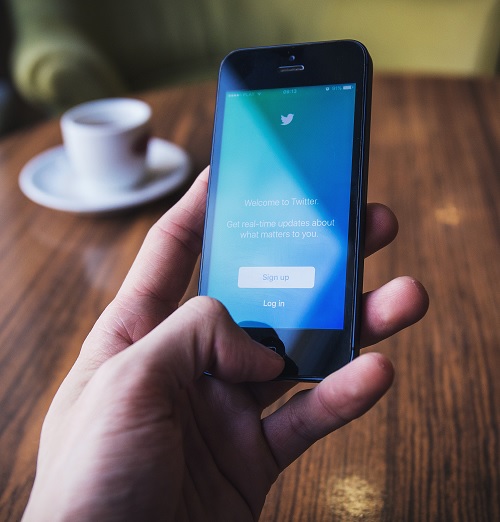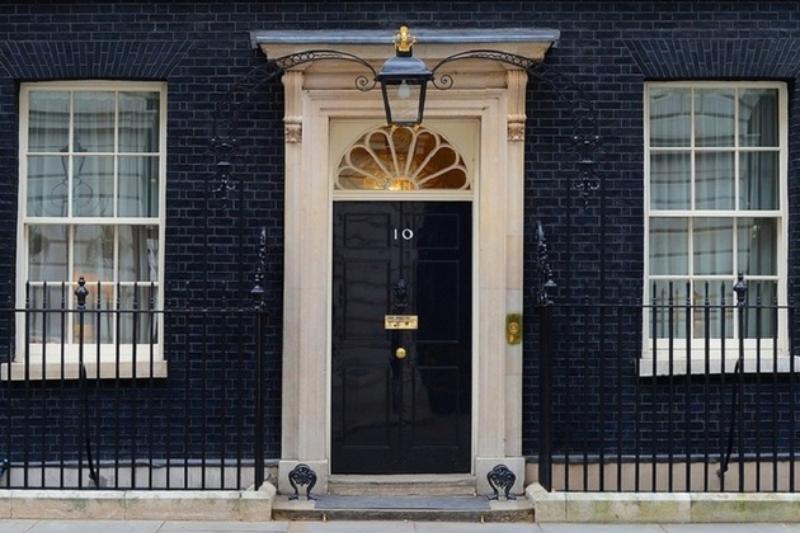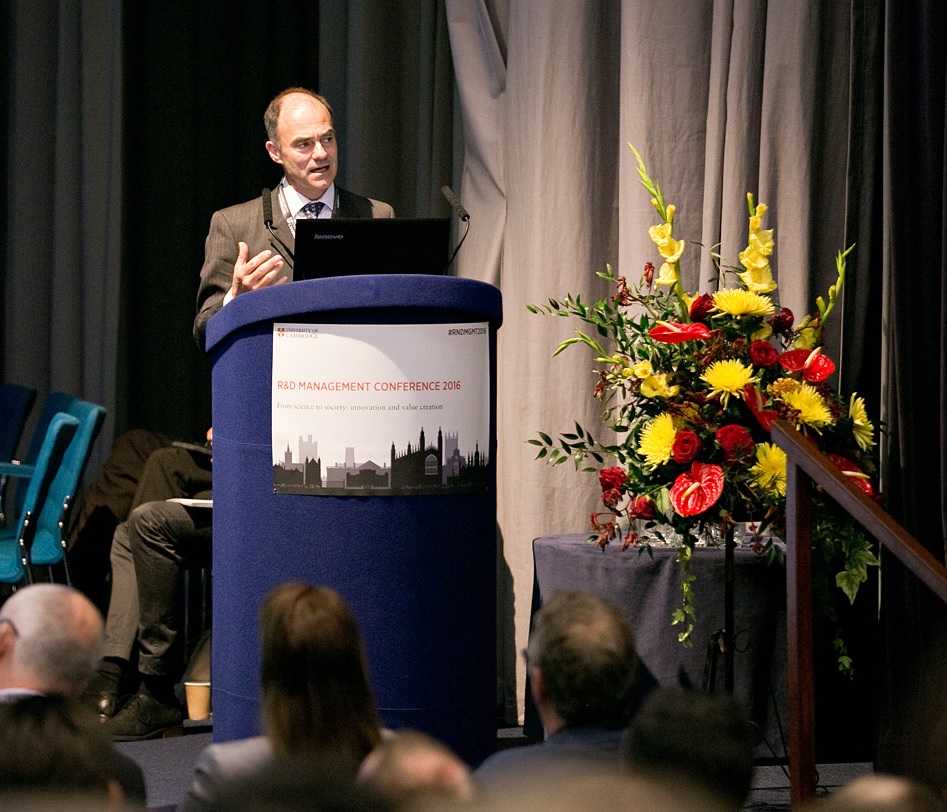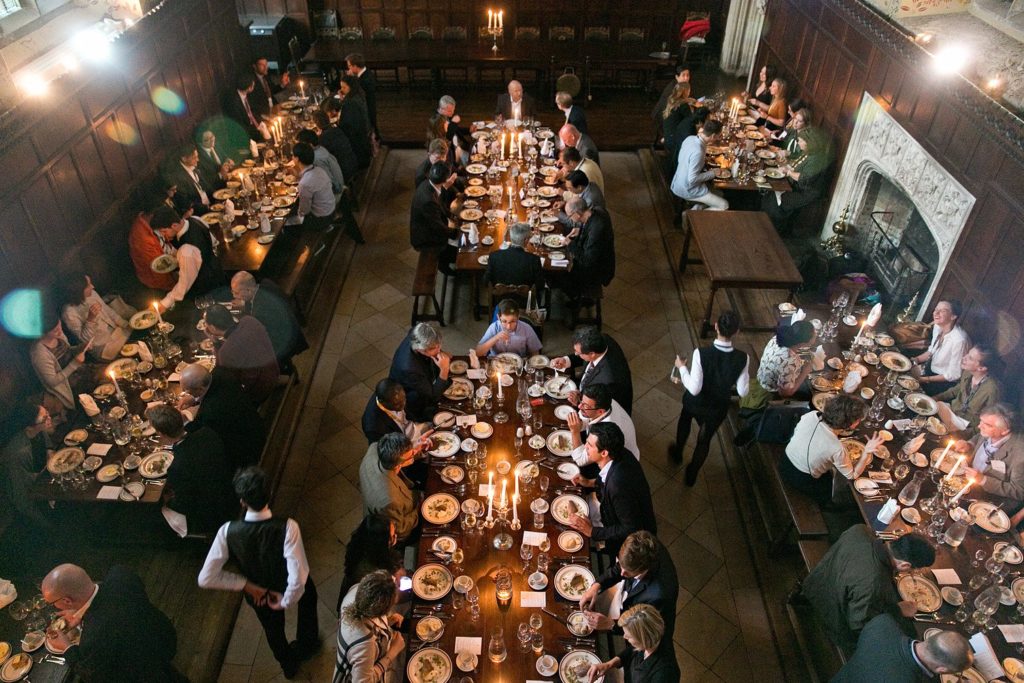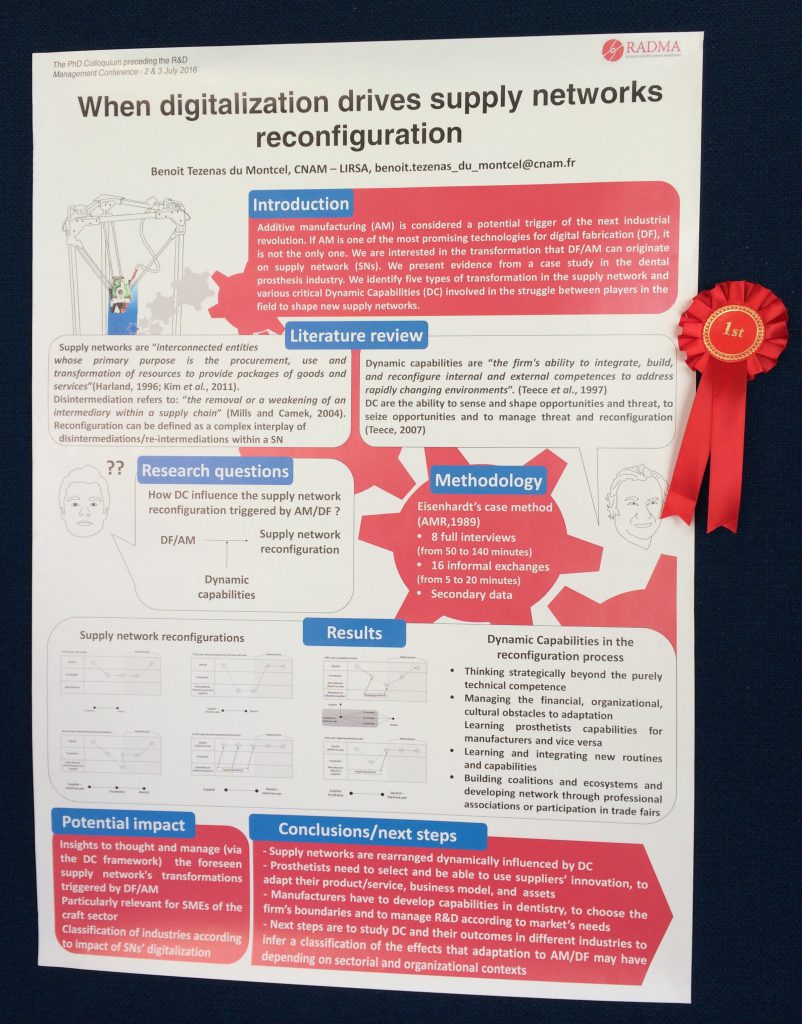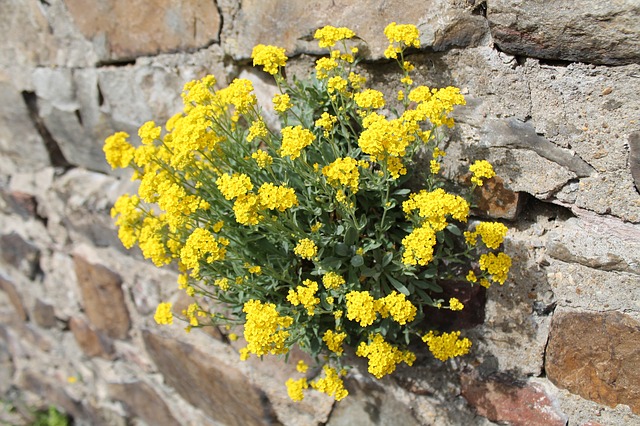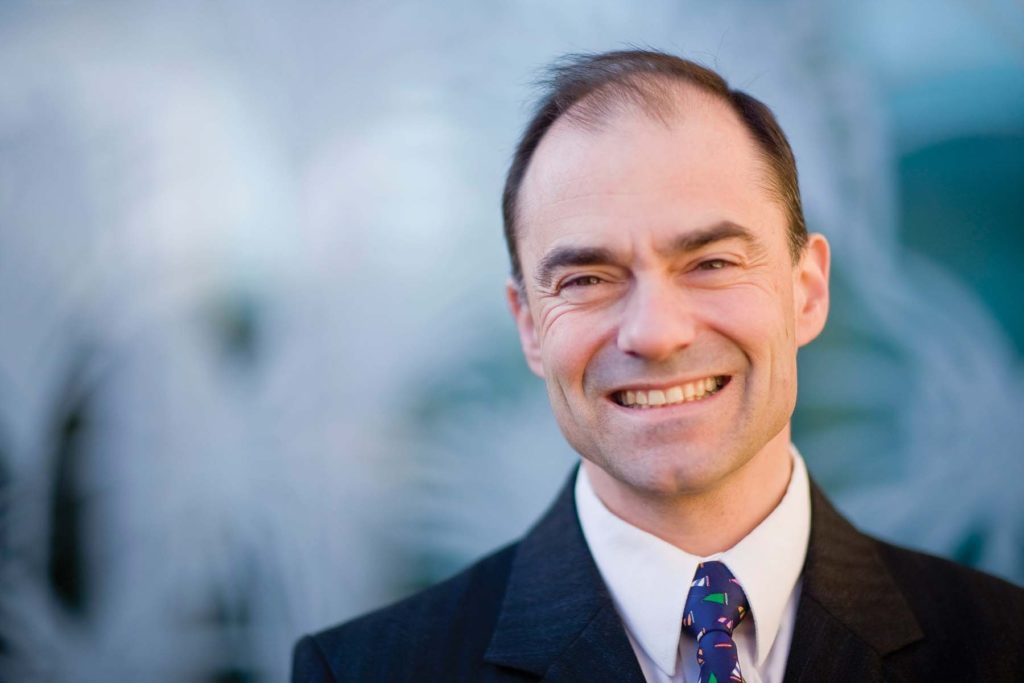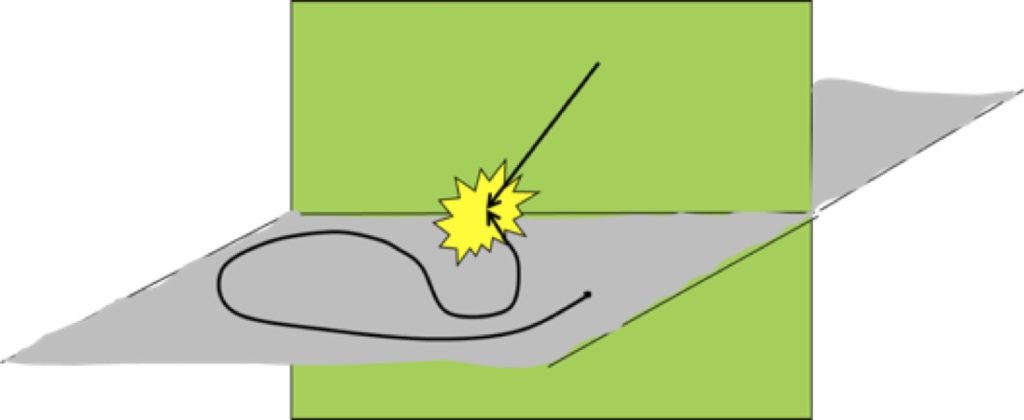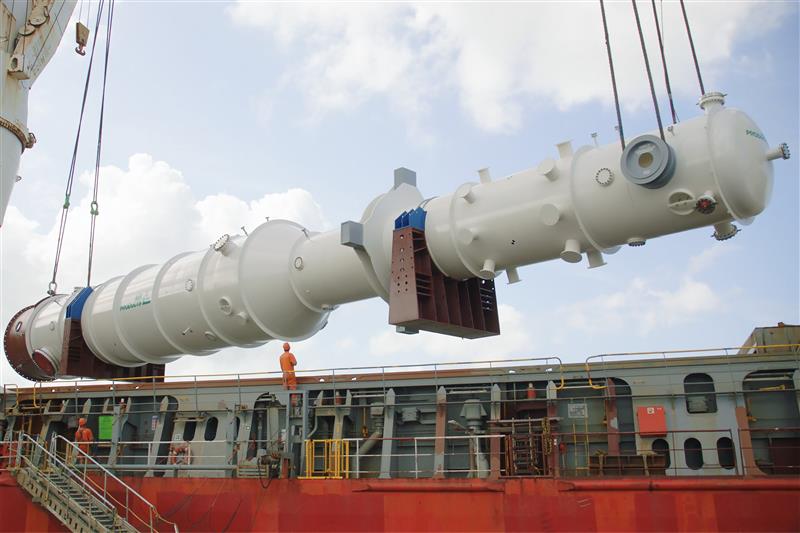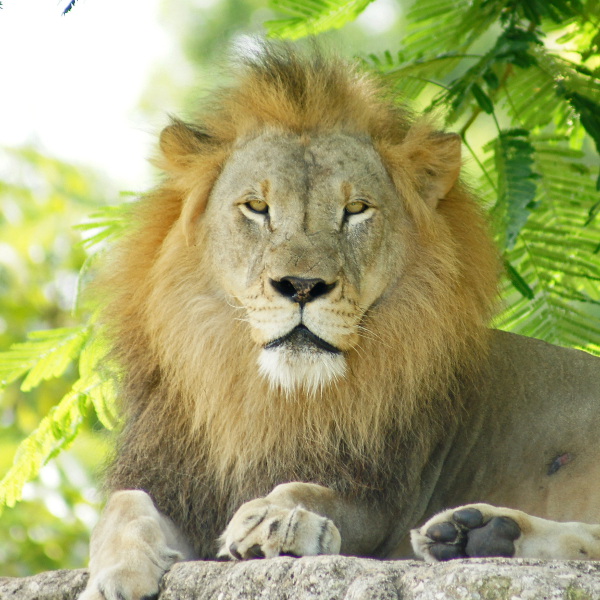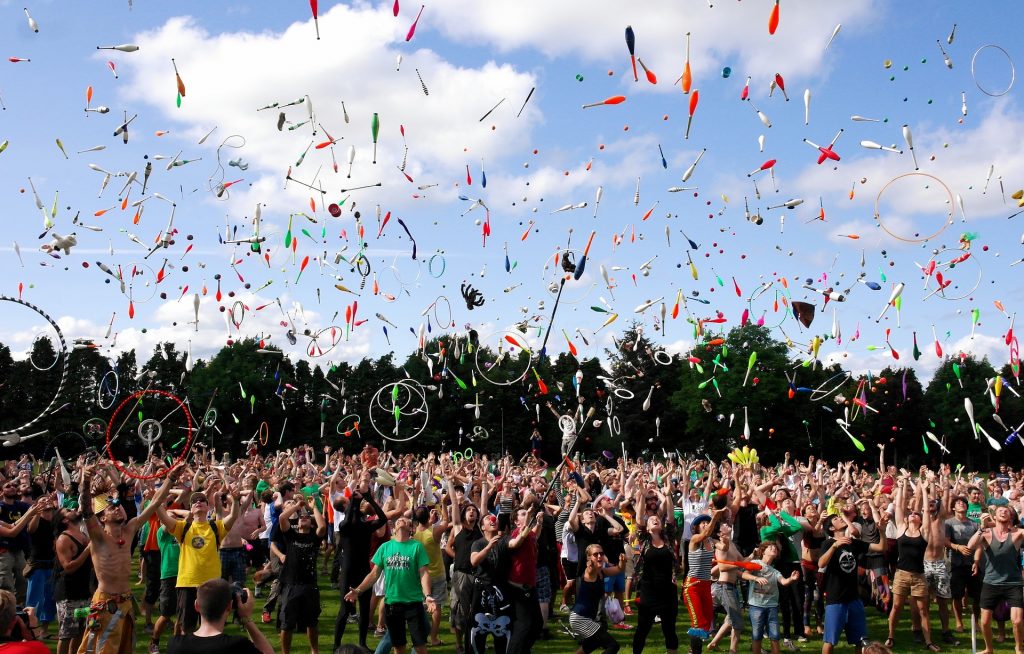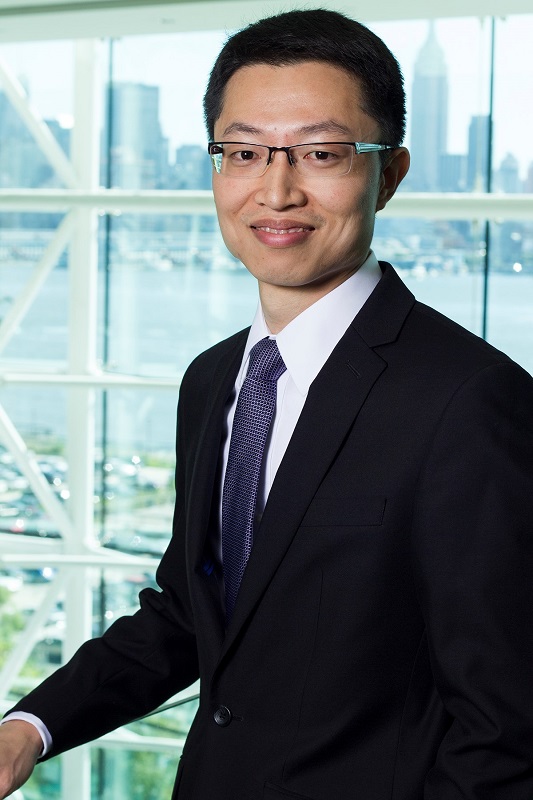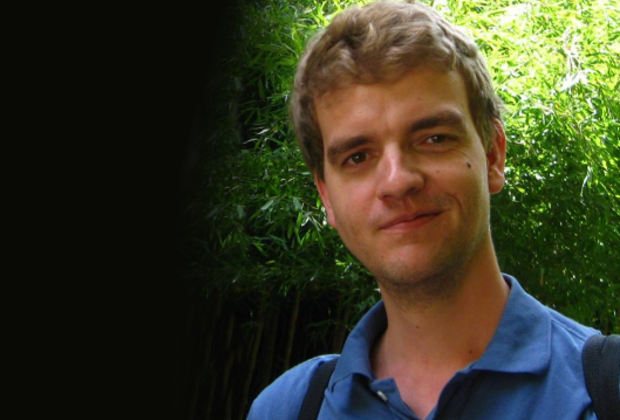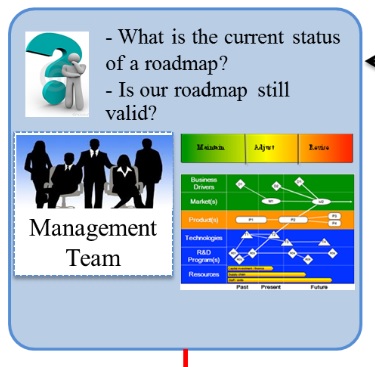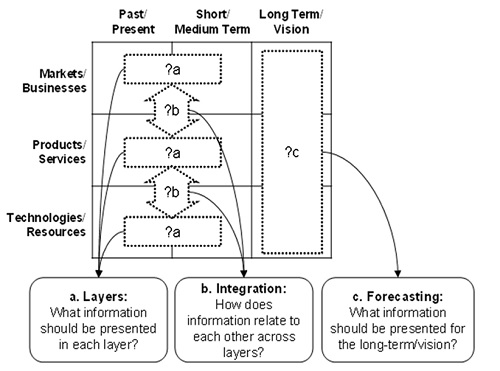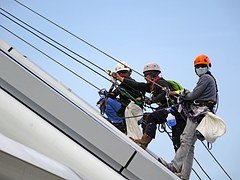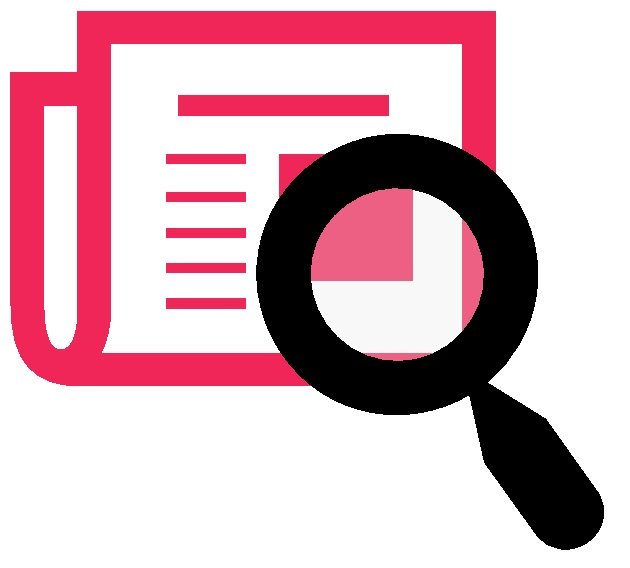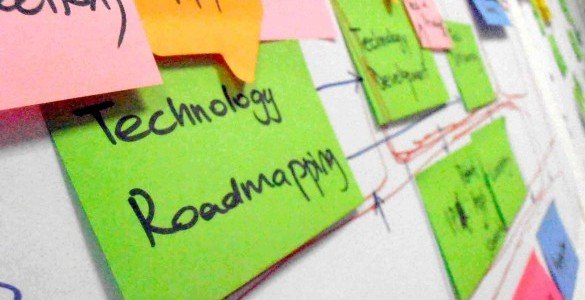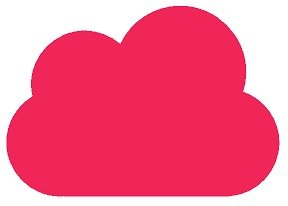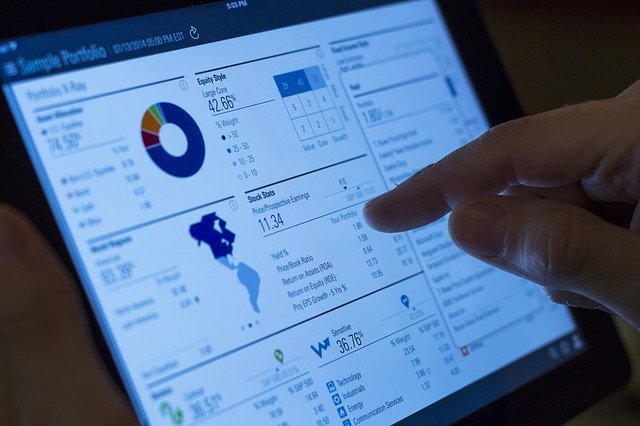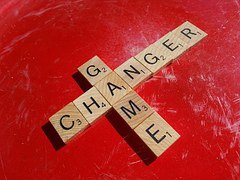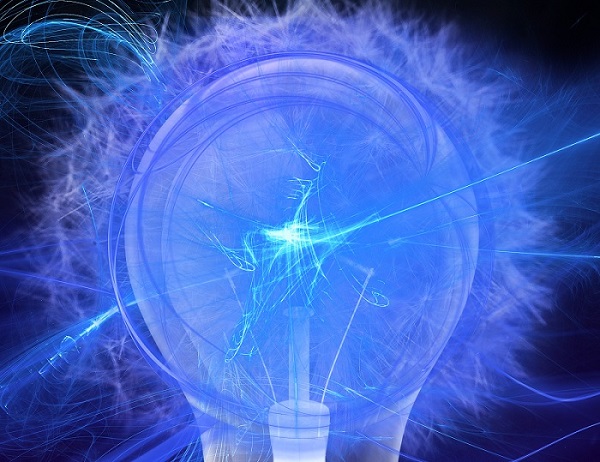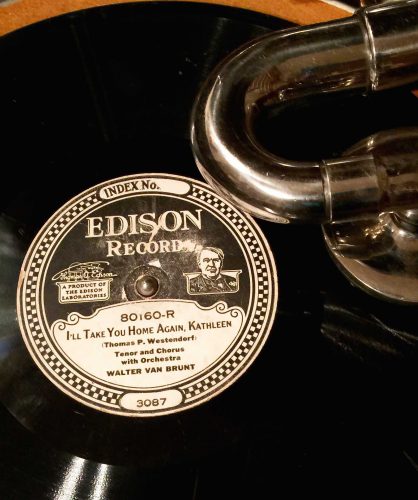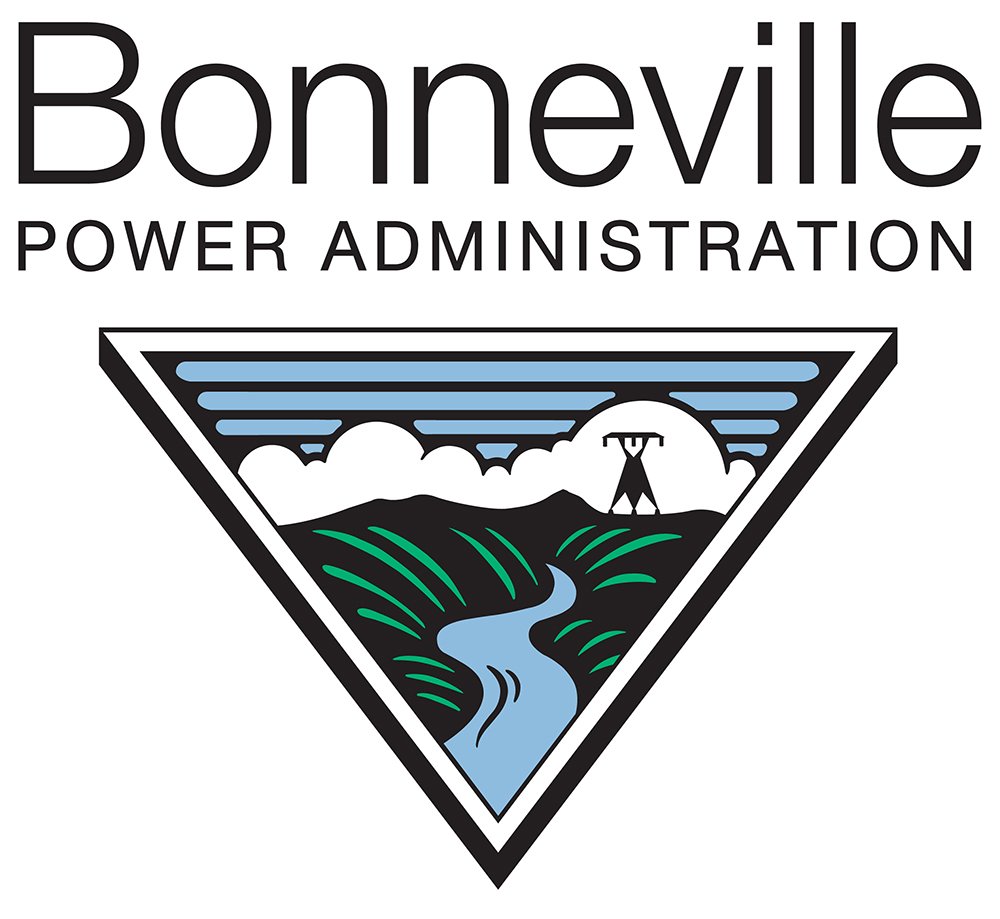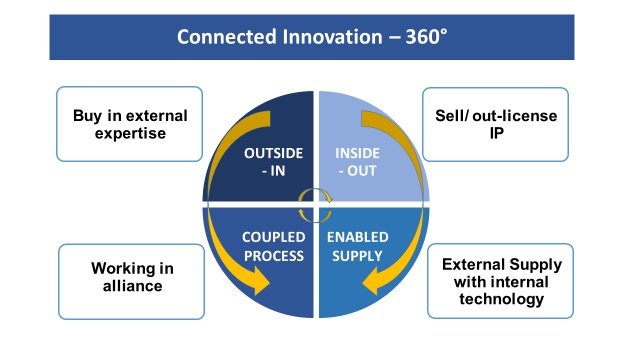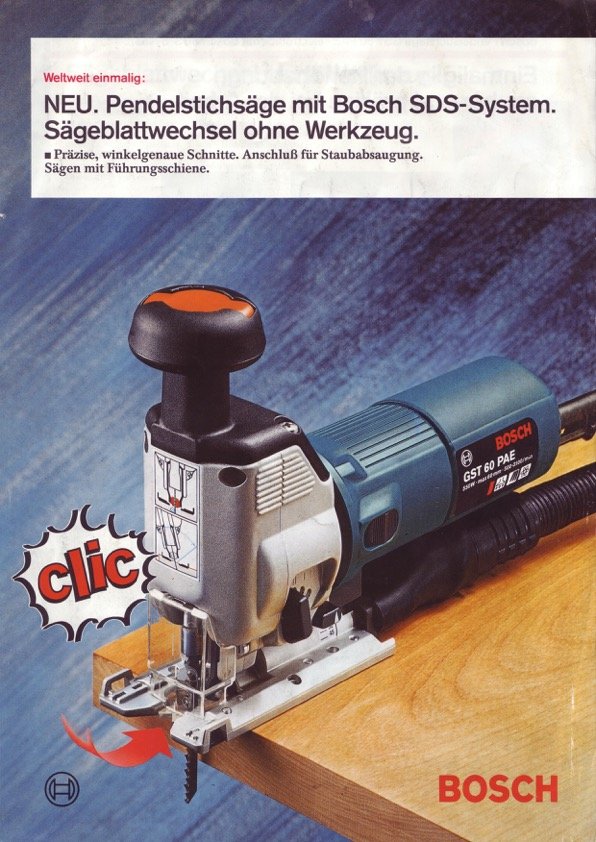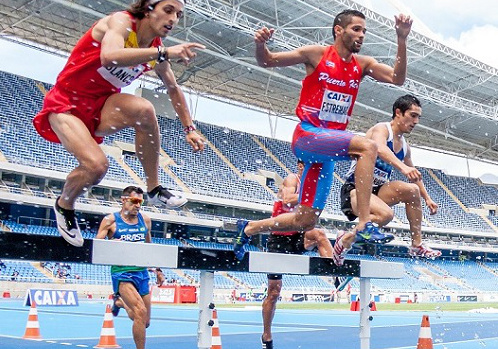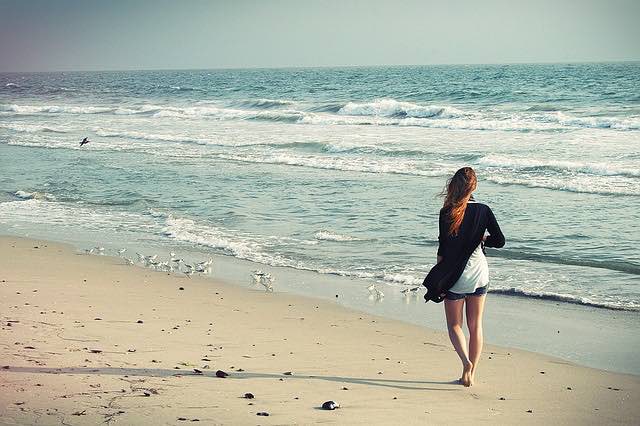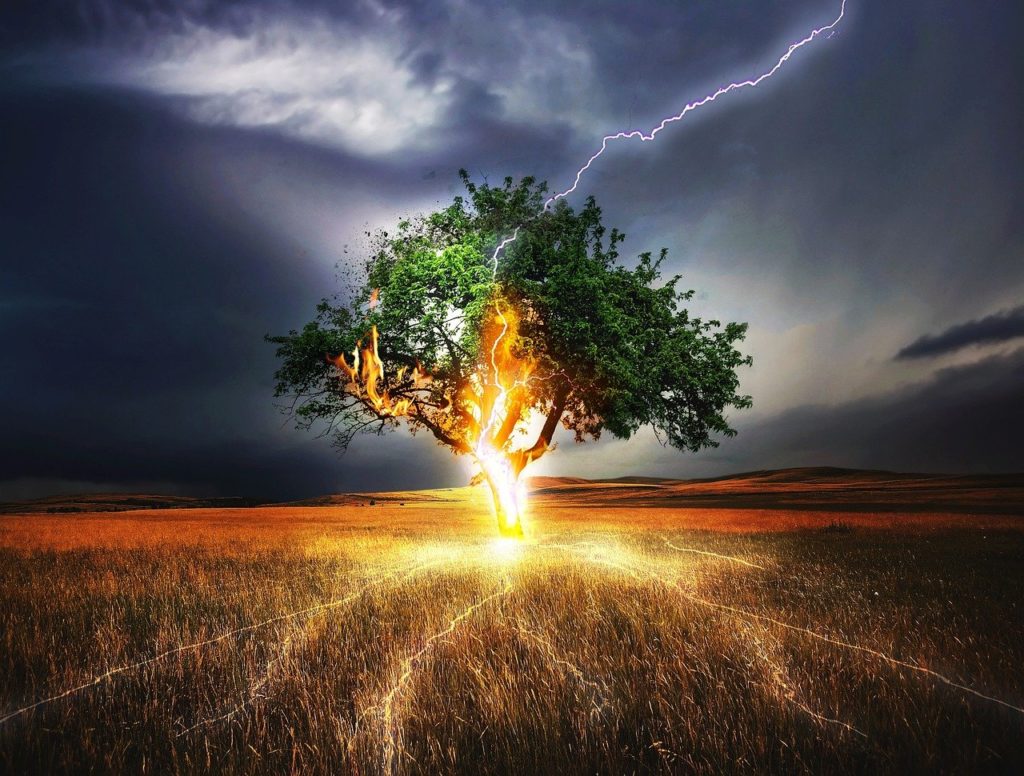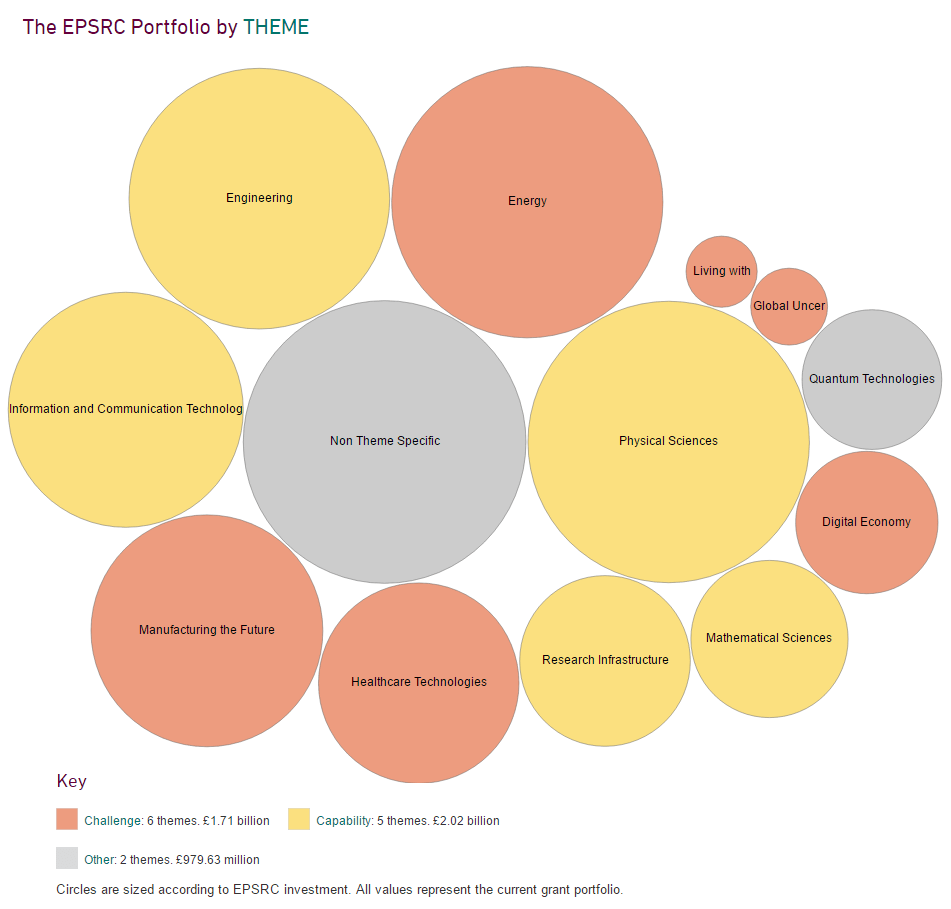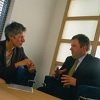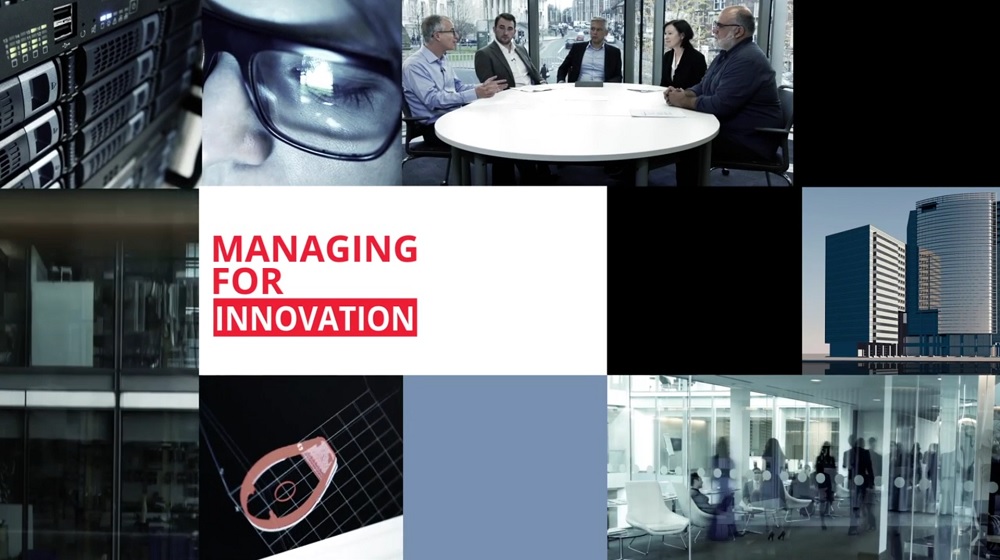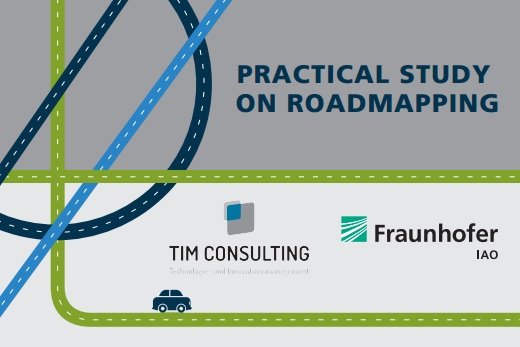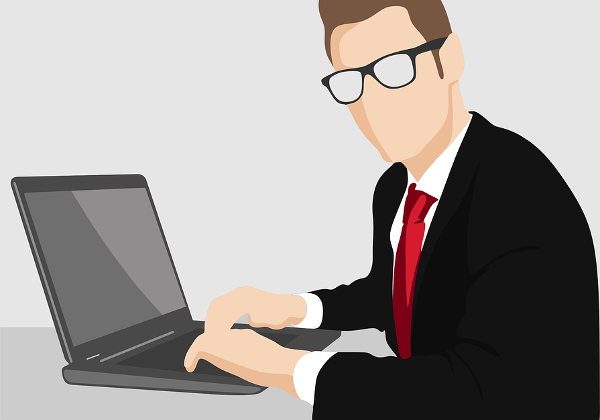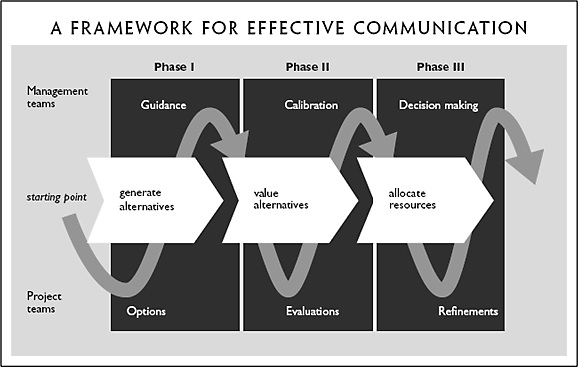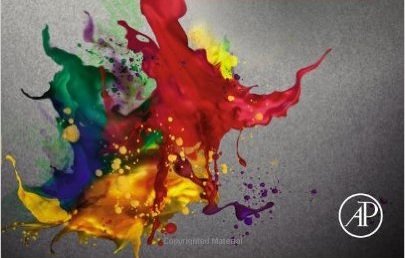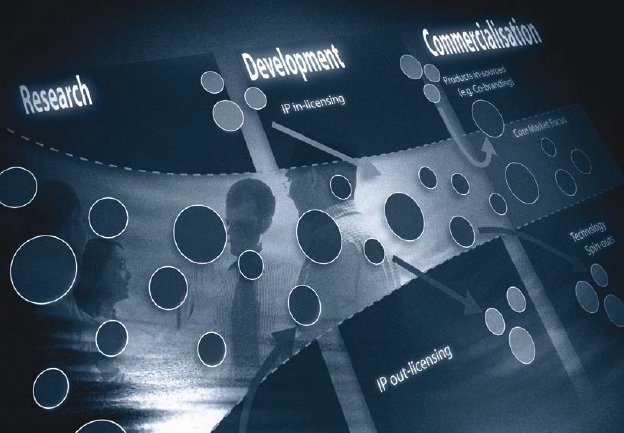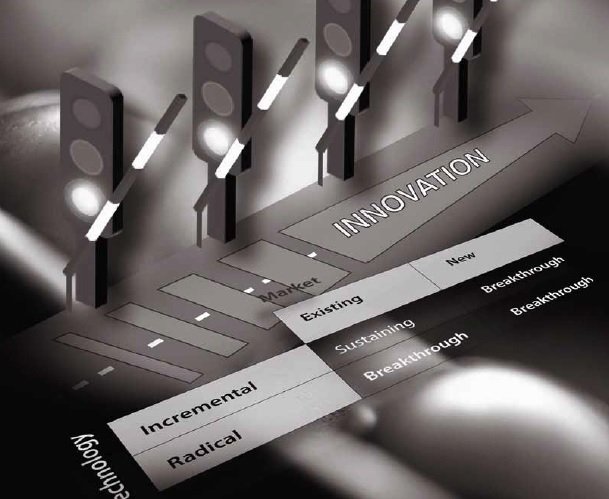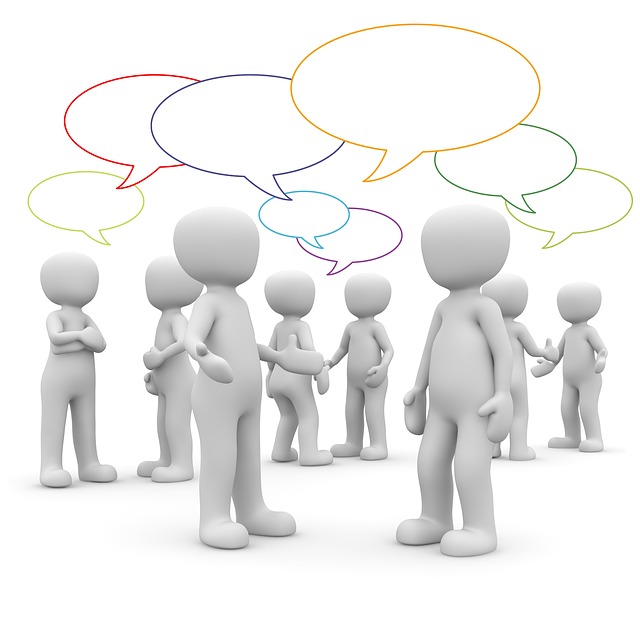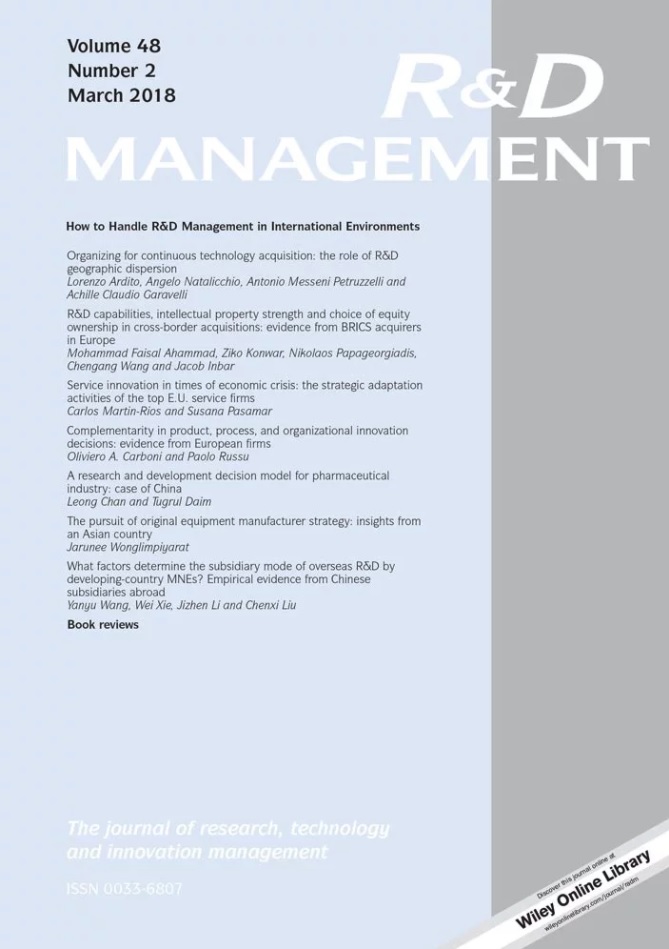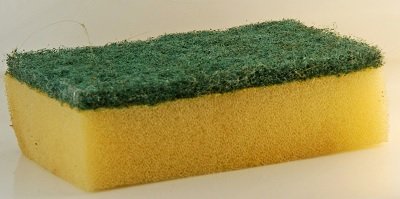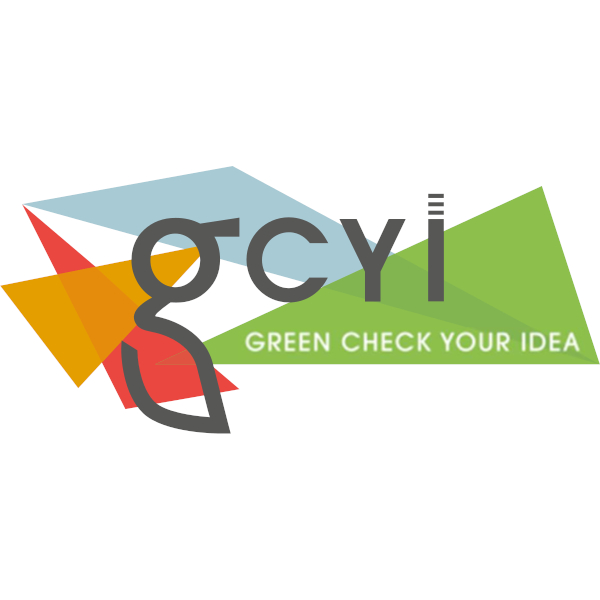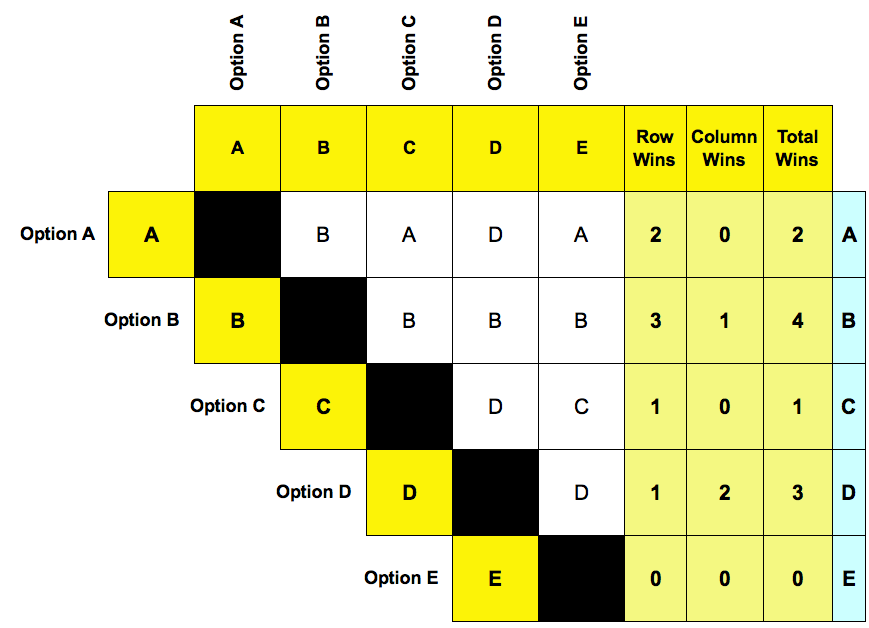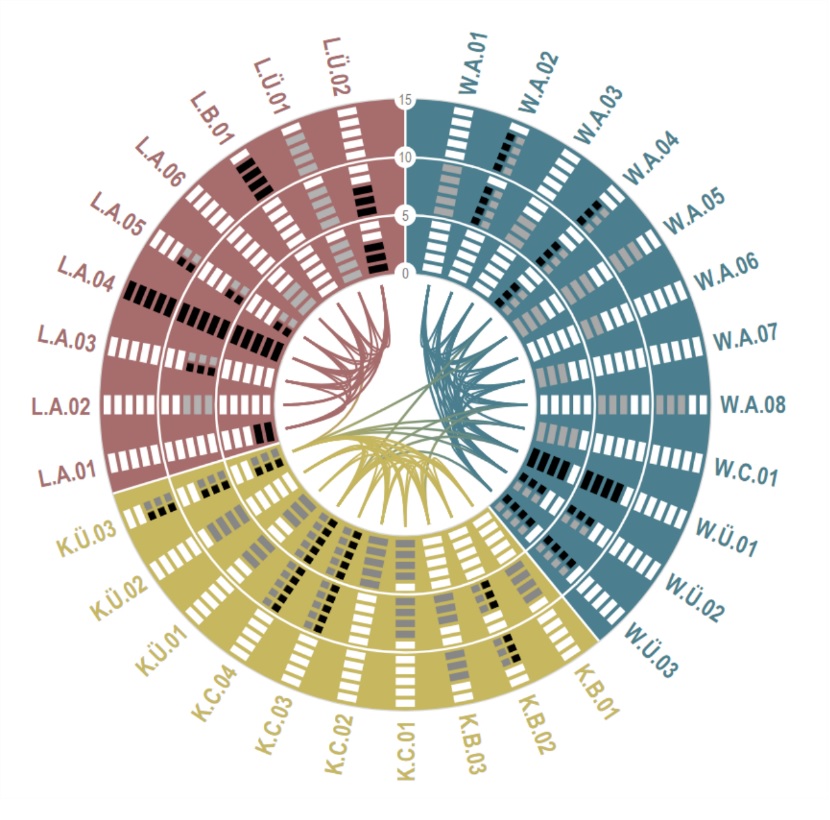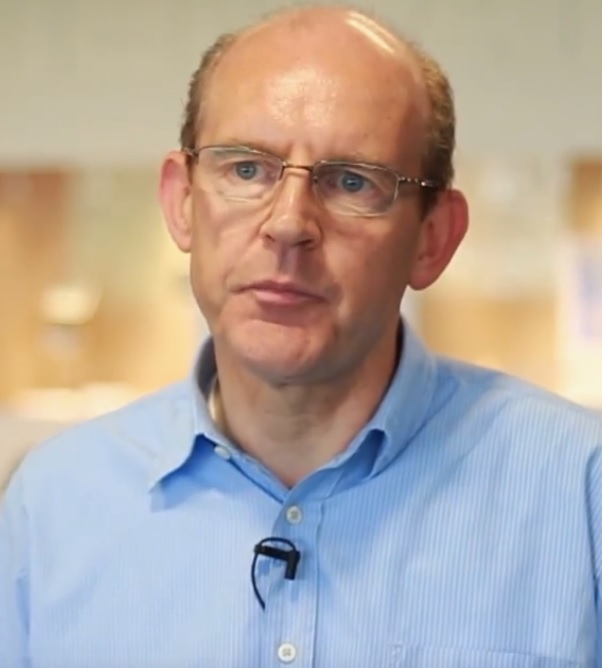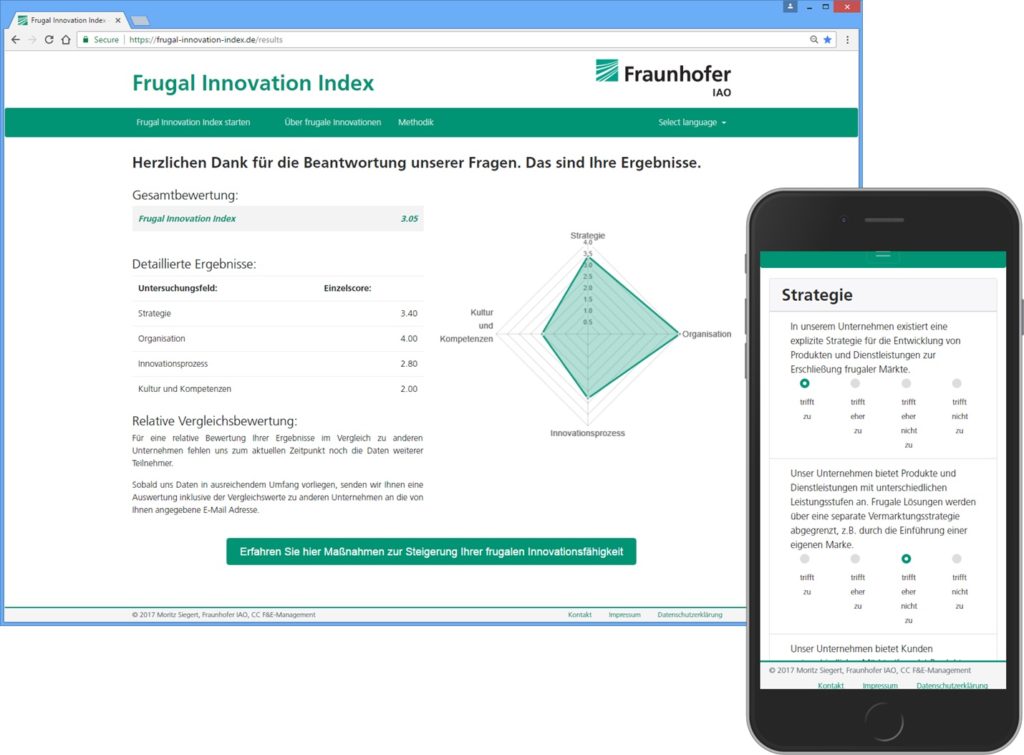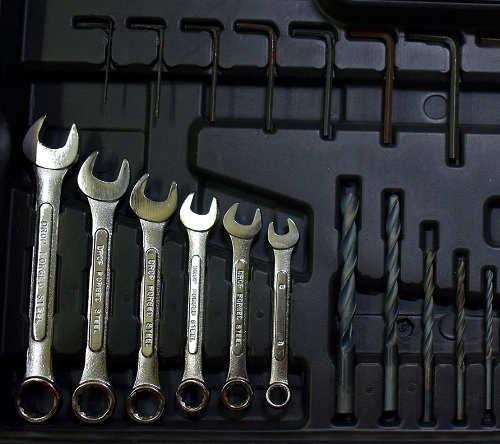Letizia Mortara is a Lecturer at the Institute for Manufacturing, Department of Engineering where she convenes the Decision-Making for Emerging Technology group. Letizia’s research focuses on Technological Decision Making with the aim to improve organisational response to fast-changing technological and innovation contexts. Her work aims to propose management tools and approaches that can support the taking of such decisions. Her activity covers research on Technology intelligence (i.e. the company activity set-up in order to keep abreast with the latest developments in technology), Open Innovation, and the advent of Digital Fabrication technologies in manufacturing (e.g. 3D Printing) and their implications for business.
Letizia is also an Associate Editor for the R&D Management journal and a Senior Fellow at Newnham College.
Letizia has worked within the Centre for Technology Management at the Institute for Manufacturing since 2005. Prior to this, she gained her first degree in Industrial Chemistry at the University of Bologna in Italy. After spending three years working as a process/product manager in the chemical industry, she moved to the UK where she gained her PhD in processing and process scale-up of advanced ceramic materials at Cranfield University.
Related posts
New business models are key to sustainability, but many of the traditional tools fail to provide a solution. Our value mapping exercise unlocked the intellectual logic. What we found was designers didn’t need better design tools, they needed tools to understand failed value, and that’s all they needed.
“If you’re in R&D management and you’re ignoring sustainability, you are limiting your future job prospects,” says Steve Evans, Centre for Industrial Sustainability. He explains the importance of the energy transition to enabling sustainability and the role of value as tool for determining how to create change for the better.
AI isn’t just a tool for faster research – it’s a catalyst for discovery. To support this, Elsevier has launched ScienceDirect AI, a cutting-edge generative AI tool for researchers that enables them to instantly extract, summarize and compare trusted insights from millions of full-text articles and book chapters on ScienceDirect.
AI generated digital twins have the potential to transform product innovation and development. The emergence of ‘Physical AI’ offers a potential step change for new product development, according to Andy Walker, Head of Commercial for Deep Tech at TTP.
The number one benefit of AI is improved innovation. As an estimated 70% of new product developments never become a commercial success, it is time to apply the power of AI, says Dr Robert G Cooper.
As more companies are needing to offset to balance their decarbonation pathways, this is creating an opportunity for regeneration of natural ecosystems. Virginia Castellucci, Head of Sustainability & Advocacy at 3Bee, explains that it is a win-win situation.
Decarbonisation is essential if we are to keep the planet at a liveable temperature, but the energy transition also creates new market opportunities, explains Nicola Rossi, Head of Innovation, Enel Green Power and Thermal Generation.
Many of today’s pharmaceuticals are based on inorganic chemistry, potentially working more closely with nature would allow more interventions more closely aligned with the body’s own metabolism and disease responses and be better for the planet. Aboca takes a systems medicine approach that is based on clinical evidence.
“If you’re in R&D management and you’re ignoring sustainability, you are limiting your future job prospects,” says Steve Evans, Director of Research at the Centre for Industrial Sustainability, IfM. Aligning innovation with the challenge of decarbonisation will create new market opportunities – if you have a story to share do contribute to our special feature.
The R&D Management Conference is a highlight in the year for many working in this discipline – a chance to meet up in person and discuss new and emerging ideas in your field. We asked Valentina Re about life behind the scenes.
In his entertaining book, Tim Minshall explains how huge inefficiencies in each of the make, move and consume stages of the manufacturing process are not sustainable, but then reveals how looking at issues from a different perspective can address these challenges.
By leveraging its ‘buyer-driven’ powers to impose sustainability standards on its suppliers and supply chains, IKEA is able to drive change in a way that national governments are not, concludes research by Arabella Mocciaro Li Destri.
Product recalls are on the rise in many industries and as supply chains become more globalised and products subject to rapid technological change, the factors contributing to product safety risk intensify, research by RADMA student Roman Schumacher found.
Companies introduce the arts, not just as an organisational and management initiative but also as an experience-based process that will provide enjoyment and drive value to the business. How do you measure the value created?
The ability to measure value created through innovation at a macro-level, would make it possible to assess to contribution of government policy to the stimulation of innovation and the value created by funding and investment. David Stroll argues that Productivity Cost Accounting would bridge the gap between firm and economic level.
In an economy where the only certainty is uncertainty, knowledge is the only sure source of lasting competitive advantage. If knowledge is a company asset then how do you measure its acquisition and value? Valerie Lynch discusses the benefits of a value process.
Virtually every Nobel Prize winner is a polymath in some way. Fifty percent of the scientists and closer to ninety percent of mathematicians have a highly developed avocation for music. Art thinking can add creativity to innovation.
We are pleased to announce that the call for the RADMA 2025 Doctoral Studies Programme is now open. Those working in R&D Management will also be interested in potential funding for research work and travel to conferences and the Colloquium in the summer.
Holistic design is challenging as it involves many interconnected elements. This study introduced the concept of a “problem freeze” stage, where design exploration is intentionally limited to enable progress toward production. This is a practical approach for handling high-complexity projects.
When all the hotels in San Francisco were fully booked ahead of a design conference, two roommates saw an opportunity to offer delegates an airbed and breakfast for a small fee. A new enterprise based on the sharing economy was born and Airbnb has become an international brand.
Tesla’s new product strategy used ‘valuation entrepreneurship’ to successfully launch a high-end battery electric vehicle to the market; when others had failed to gain traction. The way
it achieved this has been investigated by Maximilian Palmié and his co-workers, they reveal that reputational politics and blame avoidance tactics were key factors.
For many years, the innovation has been characterized by ideation, creating concepts and validation. The IMS offers an added focus: look at the opportunity to see what will generate most value, and create the processes and mechanisms to deliver that value.
Velindre University NHS Trust is implementing the ISO 56001 Innovation Management System to drive an innovation culture and enhance service delivery
Steven Armitage discovered the Innovation Management System by chance and saw the potential for it within the aviation industry. It offers a structured approach to identifying the opportunity, creating concepts, and validating them.
The Federal Drug Agency’s 1997 design control guidance – built on a traditional waterfall framework – is increasingly misaligned with the dynamic landscape of medical device development, argues Dr Stuart Grant of Archetype Medtech, a med-tech innovation management consultancy.
The potential of the ‘Great North’ to drive the digitalisation of the UK’s economy has been underestimated, according to Professor Carsten P Welsch, Director of the Liverpool Centre for Doctoral Training for Innovation in Data Intensive Science (LIV.INNO).
For many organisations innovation happens in silos – there is poor visibility by senior management of the process and little sharing of best practice between business units. Creating a common and consistent language for describing innovation terminology is a major benefit of the ISO Innovation Management Systems standard 56000, says Jon Rains, Group Innovation Manager at Mott MacDonald.
The recent report “Selling Less of the Family Silver” has provoked some interesting responses. Valerie Lynch, Chairman of AND Technology Research, gives her perspective on why the government relies on R&D Tax Credits to support corporate innovation.
“It’s fantastic being here and the conference was wonderful,” says Jeremy Klein, Chairman of RADMA, about The Next Generation R&D Management in China Conference, which was held in Wuhan on 15-17 September 2024.
R&D in China is at a historical height – R&D expenditure is 2.4% of GDP, patent applications are significantly increased, and the phenomenal emergence of regional innovation hubs across the country is impacting innovation globally. Underpinning it all are advances in R&D Management.
Extended Reality (XR) technologies, which include Virtual Reality (VR) and Augmented Reality (AR), are transforming the way we perceive and react with the environment and have been described as a key enabling technology for the fourth industrial revolution. New research provides insights into how it can be applied within an industrial environment.
“Selling less of the family silver” report by the Cambridge Judge Business School raises concern about how sales of UK start-ups to overseas strategic buyers, has become the routine option as entrepreneurs struggle to scale their technology companies. It calls for a better UK innovation and industrial policy.
Agile can be defined as a capability – a rapid response to turbulent markets, changing business requirements and advances in technology. Although more widely discussed in the context of the software industry, researchers Alexander Kock and Andre Meier identified a growing phenomenon for R&D Units to adopt agile principles.
Crop residue burning by smallholder farmers in Thailand is a significant contributor to greenhouse gas emissions – how can behavioural insights support effective policy interventions?
The core of the R&D Management conference is the nurturing of academic research. The best paper was nominated by the track chairs for its quality of research, relevance to the current environment and fit with the conference theme.
The 2024 R&D Management Conference in Stockholm discussed different aspects of the sustainability challenge: can we find new ways to transform industry – and society – through technology? This was reflected by keynotes from four innovative organisations using renewable energy, the price for carbon, hyperscaling and digital blueprints to drive change at a global level.
A technology that uses the UV-B rays from the sun to create safe drinking water is revolutionising lives. Solvatten is a combined portable water treatment and water heating system that has been designed for off-grid household use in the developing world.
Electric vehicles are dependent on batteries for energy storage – and the production of these is energy intensive, produces high volumes of CO2 and requires mining of scarce metals. Northvolt is the world’s first fully circular gigafactory using renewable energy to produce the world’s greenest battery with 75% lower emissions.
Steel production is one of the ‘dirtiest’ industries, producing two tonnes of carbon dioxide for every tonne of steel produced, but it has previously been constrained by its need for fossil fuels. Putting a ‘price on carbon’ has opened the opportunity for innovation in the sector.
60 million tons of polyester produced each year from virgin oil and little is recycled, creating a global problem. Syre is tackling the challenge by using a new recycling method to turn old clothes into high-quality polyester.
Congratulations to RADMA trustee Dr Valerie Lynch whose work in electronics innovation was recognised by Electronics Weekly with a “Lifetime Achievement Award.
If you want to know more about developing your organisation’s Innovation Management System and the role ISO56000 can play in that process – then you are invited to join a special session tailored for industry at the R&D Management Conference, 17 June 2024.
How do you sustain breakthrough innovation? Gina O’Connor describes how a framework based on Domains of Innovation Intent can maintain true strategic innovation.
The Adidas Creators Club is a platform where customers and athletes share ideas and participate in the design process. This type of collaborative R&D is made possible by social platforms but how can the power of social media be captured for new product development?
Orphan ideas are unexpected concepts that can lead to step-changes in innovation. However, as they fall outside of a firm’s strategic roadmap and their development is a risk for innovation managers. How can you nurture them and ensure value creation?
Applying traditional product development metrics in the early stages of a radical innovation project can be very damaging. They are based on the assumption that the alternative is the status quo, however a more realistic scenario is a deteriorating competitive and financial future.
Although 45% of CEOs prioritise innovation in the boardroom, for innovation leaders it is a high-stress, high-risk career. Success is uncertain and failure is poorly tolerated. Would making it a profession help career progression? Join the discussion in a free event on 25th April 2024.
Scott May heads up the innovation ecosystem MISTA focussed on the food sector. He explains how Regenerative Innovation can help overcome the inertia of the past that inhibits people, teams, and companies from continuously adapting and evolving to create new futures.
Oceania researchers involved in exciting research on R&D and innovation management, strategy, and policy are to benefit from a new R&D Management Workshop 2024 in Australia
The tracks for the 2024 R&D Management Conference have been announced – the deadline is the 14th of February 2024.
Greater use of all sources of capital – finance, social, environmental – can lead to the creation of more sustainable business models, according to Peter Ball, Professor of Operations Management at the School for Business and Society, University of York.
AI technologies are evolving at the fastest speed and organisations are rapidly adopting these technologies. However, relatively little is known about the precise role of AI as an agent of innovation. RADMA scholar Soo Young Choi investigated this fascinating subject that will far reaching implications for innovation management.
“What is the worst thing that you can do in a time of pandemic? Wait and sit it out.” This advice from Prof Oliver Gassman struck home for Professor Petra de Weerd-Nederhof as she prepared her inaugural lecture.
PepsiCo transformed its organization by adopting a design thinking approach. Researchers identified nine design thinking practices that could lead to organizational innovation
Innovation output is directly proportional to academic freedom and researchers warn that this has declined over the last decade for the first time since 1940s.
What type of scientist are you – analogue, digital or hybrid? Research by RADMA scholar Abderrahim Nekkache revealed how chemists and biologists reassessed their work …and their professional identities…. when they adopted cutting edge digital tools in their work.
Digital twins, investing in radical innovation, transition to circular economy and the impact of REF on research strategy are among the studies funded by RADMA this year, it has been announced.
UK companies spent £46.9 billion on research and development (R&D) in 2021, an increase of 2.9% compared to the year before, writes Megan Seibel. With so much focus on innovation, it’s vital that those investing in R&D have effective teams in place to maximise success. The question arises “do you only need innovators on an R&D team?”
As rapid change results in ever shorter cycles of competitive advantage, The Schaeffler Group, found that its traditional methods of leveraging its corporate values for competitive advantage were not sufficient. So it has adopted a new Business-to-Innovation strategy.
As society and industry grapple with unprecedented transformative change and disruption, roadmapping provides a useful approach for strategic planning, a recent study has found.
The Silicon Valley of India consistently ranks in the top 25 start-up ecosystems. Could the country become more self-reliant in technology and to have self-determination in critical areas such as AI?
The award for best paper went to Charlotte Chappert, Montpellier Management “Multiple asymmetrical collaborations in green innovation ecosystems”.
The 2023 R&D Management Conference Responsible and Responsive Innovation for a Better Future – is now open in Seville.
It began with welcome remarks from Prof. Carmen Cabello, RADMA chair Jeremy Klein, Prof. Andrea Piccaluga and Rector Prof. Francisco Oliva.
The need for Roadmapping is still vital, but is it sufficiently adaptable to support geographically dispersed teams challenged by rapidly changing technologies and business environments?
According to Schumpeter’s theory of “creative destruction,” R&D should be countercyclical to the business cycle. Empirical evidence, however, consistently contradicts this view. The authors of this study argue that economic downturns increase the equity risk premium, which increases the “hurdle rate” or cost of (equity) capital that is applied to R&D project budgeting decisions, thus stifling corporate innovation.
In 2020, R&D Management journal celebrated 50 years of publication. Co-Editor Paavo Ritala conducted a comprehensive analysis of the journal’s past five decades and looked towards the future in the R&D management field.
The common belief that wars can be good for the economy is a myth; empirical evidence shows consistently that war negatively affects GDP per capita, argue Hanna Motuzenko and Paul Momtaz, co-authors of a new paper analysing the economic impact of the conflict in Ukraine.
Unexpected challenges have forced European SMEs to rethink their business models, as a result they are opening their boundaries and adopting collaborative strategies – but what is needed for this to be successful?
Development of the circular economy is stalling, according to Benito Mignacca, University of Cassino and Southern Lazio. He argues that a lack of collaboration between key players is hindering the transition to more sustainable development and that greater adoption of open innovation strategies could increase the uptake of re-use initiatives.
Certain technologies drive the development of new ecosystems and other, enabling technologies, form the basis of innovation in complementary sectors, observes Petra Nylund. Her particular interest is understanding the mechanisms that connect enabling technologies with ecosystem emergence.
Many companies adopt industry standards to guide the adoption of best practice and research has shown that adoption of standards have many benefits for firms. However, there is still potential for them to hinder innovation, with many firms de-certifying in order to pursue radical innovation strategies.
The challenge arises how can regulations, standards and intellectual property (IP) management support the implementation of successful sustainable open innovation practices?
Despite the undoubted benefits of cross industry innovation at different levels, the cognitive distance between the source and target industry could make it difficult to identify and take advantage of opportunities that are generated. A greater understanding is required about the factors that contribute to success.
The pace at which disruptive technologies are advancing – following a super-linear scale – raises new questions and challenges for resource allocation and business (re)configuration as well as policy and regulation.
Innovation skills are considered to be a combination of soft skills, cognitive skills and technical skills, with technological developments creating new demands for individuals.
There will be an opportunity to time travel at the 2023 R&D Management Conference, according to Sven Schimpf. After reviewing the trends for innovation systems that were identified in 2018 his session will accelerate in time to 2030 and from this vantage point look back at the impact of the Covid-19 pandemic on innovation systems.
Improving quality is the priority for manufacturers considering adoption of AI, says one of the findings from a global study commissioned by Rockwell Automation. Respondents said that the biggest internal obstacle they face is balancing profitable growth and quality…
We are delighted that Martha Bloom from Sussex University has completed her PhD and is now an economist/policy analyst at the OECD. Her thesis title was ‘Creative Arts and STEM Fusion in and around the UK Creative Industries: A multi-level study’.
An emerging and disruptive business model is the creation of new ecosystems by a focal firm. However, the mortality rate of these ecosystems is high, particularly in the early stages. This is in part because the firms lack a deep understanding of the dynamic and complex nature of ecosystems.
The shift of value creation towards business model innovation, while at the same time shifting to open innovation, open science and sharing community approaches, has challenged current IP management.
Restricting freedom of movement presents long-term risks to Entrepreneurial Ecosystems, including reduced levels of international collaborations and absorption of human capital. In short, it means that these policies are hampering knowledge flows in ecosystems.
The rapid digitisation of services during Covid now means that it is not possible to fully participate in the socioeconomic community without a smartphone, resulting in the disenfranchisement of sections of the population.
A great line-up of innovative organisations are sponsoring the R&D Management Conference, including energy company Endesa, beverage company HEINEKEN Spain, research centre INN-LAB, and CESUR, the association of Entrepreneurs for South of Spain.
AbCellera Biologics Inc was the first to co-develop an antibody therapeutic for COVID-19, it was the first to receive FDA Emergency Use Authorisation and by 2021 had prevented more than 22,000 hospital admissions and 11,000 deaths in the US alone. This case-study has been used by researchers to demonstrate how academic scientist-entrepreneurs can respond effectively to a global emergency. The paper “Rapid response through the entrepreneurial capabilities of academic scientists” has been published by Nature Nanotechnology.
Dr Elicia Maine accepts the CSPC Trail Blazer Award for her work on the i2I program, which aims to develop an entrepreneurial mindset in graduate scientists and engineers.
The role of R&D Today is to signpost fresh ideas in innovation management and also to provide a context for those new to the discipline. To support this we have refreshed the look and feel of the website and have included a new ‘Knowledge Hub’ to make it easy to find the information about a subject of interest using a key word search.
Artificial intelligence is augmenting the work that humans do, not fully automating it. That means companies should focus on situations where AI augmentation makes sense, according to a new book by Thomas Davenport, fellow at the MIT Initiative on the Digital Economy.
For those submitting abstracts to the 2023 R&D Management Conference, Seville, Spain, 17-21 June the deadline has been extended to 13th February 2023.
Why do entrepreneurial ecosystems emerge where they do – and what determines their success. Christina Theodoraki, Associate Professor in Entrepreneurship and Strategic Management at TBS Education, discusses some of the considerations and why she finds the subject fascinating.
Reductions to R&D tax credits and lack of access to European innovation funding programmes are driving UK companies to ‘off shore’ their R&D activities, a study by the Ayming Institute has found in its inaugural UK Innovation Barometer 2023.
There is a unique opportunity to interact with experienced researchers in the field of Innovation and R&D Management at the Doctoral Colloquium, June 17-18, 2023, to be held in Seville, Spain in the week of the R&D Management Conference.
The deadline for abstracts and colloquium submissions for the 2023 R&D Management Conference is 1 February 2023.
The rags to riches story of Cinderella may just seem like a children’s fairy tale, but actually it is witty joke about innovation, according to Genevieve Warwick, Professor of the History of Art at the University of Edinburgh.
Set up by two first time entrepreneurs, Namasté Solar, is a workers co-operative based in Boulder USA. It aimed to provide innovative solar electric to Colorado and to distribute the benefits of its success to future employees. But when the cooperative needed finance to grow it looked as though it would have to compromise those ideals.
Authors Júlia Martins Rodrigues, Nathan Schneider discusses how Namasté Solar developed an adaptive network to overcome a range of challenges and become one of the largest worker co-ops in the United States.
Living labs have an important role for collaborative innovation, but elderly consumers may have difficulties participating in a virtual cafe. This research project investigated the role of intermediates and found they have a valuable role in facilitating the involvement of the older population at the fuzzy frontend of innovation.
An exclusive range of sunglasses promoted at the 2020 Tomorrowland festival were produced from recycled bottles and created using 3D printers by Yuma Labs. The intersection between digital technologies and the circular economy is the theme for an R&D Management Special Issue.
Does the attractiveness of the founder Chief Executive influence the validation of the company? This was the question that Massimo Colombo and his co-authors set out to discover in their paper “The CEO beauty premium: Founder CEO attractiveness and firm valuation in initial coin offerings”.
Making decisions under uncertainty has always been challenge for R&D Management, but over recent years uncertainty has almost become the norm, prompting a number of leading academics to call for an ‘innovation system approach’ to tackling the issues facing R&D managers in a time of disruption.
Bruno Fischer observes that a move to seamless integrated innovation processes can increase the vulnerability to attack. “Many organisations have undergone a digital transformation to increase visibility of information flows through an organisation.To keep a step ahead requires the organisation to have ‘strategic cyber-foresight'”
Entrepreneurship has been on global decline since the turn of the century and so has democracy. This is not a coincidence according to David Audretsch of Indiana University He says “democracy and entrepreneurship are inextricably linked. Both are manifestations of the same underlying force — freedom of thought, decision-making and action.”
Organisations often talk about the importance of having a burning platform as the catalyst for change. Peter Robbins discusses how Covid, the ultimate burning platform, accelerated the innovation process and intensified collaboration between new partners across the private, public and third sector; partnerships that would have been unimaginable beforehand.
Do you want to get published? Then keep it original and appropriate for the readership of the journal. Editors from a range of prestigious publications gave their advice at the R&D Management Conference 2022 and a number of common themes emerged.
Around 90 per cent of the value of modern-day companies is determined by their intangible assets, which includes Intellectual Property Rights (IPR). Dr. Alfred Radauer, explains that both formal and informal tools are available to help companies give a value to their research.
Coopetition – competitors working together – is not a rare phenomenon; some well known innovations have resulted, such as development of vaccines and engine efficiency in the automotive industry. Carmen Cabello Medina, organiser of the 2023 R&D Management Conference, comments: “It is clear that coopetition entails risks, such as issues regarding knowledge appropriation, which have to be managed. But it is worth taking the risk, as it represents the opportunity to bring very specialized and valuable knowledge together. This is the only way to tackle grand challenges of our time.”
Innovation Challenges enable companies to source knowledge and solutions to innovation problems. This is achieved by companies engaging with young talents and experts outside the immediate organisation, facilitated by an intermediate according to the Open Innovation paradigm.
Nicola Doppio, Innovation Officer at HIT, ran a workshop at the R&D Management Conference 2022 and discussed some of the learning points that the organisation has gained from running these challenges. We asked him to share his experiences
Jeremy Klein, Chair of RADMA, congratulated the organisers on a very successful conference, that had attracted 500 registrations with over 300 delegates attending in person. He also announced the winners of the Best Papers. R&D Management Conference invites a diverse range of papers on difference aspects of the discipline, so he found it a difficult job to select just a few that are outstanding.
If you had a new technology to design a new food product would you create something new or slavishly produce a replica of a familiar dish? Benjamin Wurgaft is exploring the future of food in his keynote at the R&D Management Conference
When working with defence and space an innovative mindset is a must. But new opportunities equal uncertainty. Trying to solve a classified problem involves enormous risks in the innovative process. Prof. Jacob Brix is in conversation with Annette Skyt, Innovation Specialist at Terma, a leading engineering and technology company operating in the aerospace, defence, and security sectors.
The pandemic has increased capability to manage complex systems, says Raffaella Manzini, LIUC Università Cattaneo. When researching a special issue for R&D Management she was positively surprised to find that many organisations were already adopting new models for technology innovation.
The introduction of object identification to securely connect the physical and virtual worlds can help facilitate the introduction of a circular business model (CBM) but there are several types of CBM and different technologies are required for each.
Radical innovation requires a different skill set to new product developments, but offers a huge opportunity for business growth. Jacob Brix is keen to explore ‘why so few companies are embracing radical innovation?’ in this track in the R&D Management Conference.
This track at the R&D Management Conference explores the potential of experimentation, both success and failure, and the implications for the organisation. We are hoping to offer a new perspective on knowledge creation says Alessandro Narduzzo.
The challenges reshaping the global economy have seen strategic leaders exploring differentiated ways of enabling radical innovations that will be game-changing. This track in the R&D Management Conference 2022 looks for future-focused answers on ‘how’ strategic leaders can and do pursue radical innovations. We asked co-chair Mariano (Pitosh) Heyden about the influences in this field.
Crowdfunding, rapid prototyping and the rise of Fab-Spaces are lowering the obstacles to new product development for entrepreneurs but the theories of innovation management have not kept pace, says Valeria Dammicco, who aims to stimulate debate in this track at the R&D Management Conference
Designing a new electric car or developing a new treatment for Covid – the technologies required set the context for innovation and will influence: risk, timescales, IP strategy, financing requirements and more. This track on contextual specificity at the R&D Management Conference 2022, explores the interaction between the innovation context – particularly scientific or technological – and R&D management practices.
The need to reuse and repurpose during a time of restricted resources has created a wider resonance for a frugal approach. But there are detractors, hear the debate at the R&D Management Conference.
Climate change and social inequality are of concern to society, but to achieve a twin transition – digital and green – requires SME’s to integrate ethical principle into their business models as well as multinationals, Dr Andrea Caputo argues.
The solution is not about expertise, it doesn’t always require someone who is a world expert just someone who can connect the dots. What we see in the research out of MIT, 70% of the time the successful challengers came from somewhere not in the domain of the challenge owner. We have 40 different open innovation crowds that represent about 110 million people and we are matchmaking those to projects across NASA and across the federal government.
One size doesn’t fit all when it comes to knowledge transfer from public research organisations. Research by RADMA scholar, Maryam Ghorbankhani, has found that universities and public research organisations are very different types of institutions and this impacts the success of knowledge-transfer.
RADMA Scholar Dacosta Omari is to to present a paper at the 29th IPDMC (Innovation and Product Development Management Conference) in Hamburg Germany 17-19 July 2022 about the antecedents of product innovation.
The crowdsourcing paradox – Individuals that act as providers of knowledge need to exchange (codified and tacit) solution information to attract seekers and develop a solution, while they need to protect their knowledge base from unwanted knowledge leakages and spillovers.
Design Thinking can help organisations to become ‘ambidextrous’ (pursue the competing agendas of exploitative innovation and explorative innovation in parallel), but to do both requires a shift in thinking. Researchers studied the journey of a leading Australian property development company in its bid to become ambidextrous.
Leading journals will be participating in the tracks at the R&D Management Conference and several have special issues based on the theme of the track.
There are four broad themes and 38 tracks planned for the three days.
Could chatbots be used to elicit customer experience insights? Karim Sidaoui and colleagues at the Alliance Manchester Business School reviewed how AI could be used to combine the deep insights gained from interviews with the objectivity of quantitative analysis.
EINST4INE is a new training network that aims to develop a new generation of researchers with skills in innovation and technology management for the digital age.
Discovery of the ‘God particle’ was like finding the missing piece in a vast jigsaw – we knew what it needed to look like to complete the picture, but what if it didn’t fit?
High-speed rail and semiconductors play a key role in the implementation of China’s Belt and Road Initiative, which can be considered a country-level policy of ‘Inside-Out’ open innovation.
The authors observe that China’s path to prosperity is very different to that of the West and offer instead a novel combination of innovation theory that is illustrated through strategic management frameworks: dynamic capabilities and OI strategy.
Managing pharmaceutical drug development is a world apart from managing software development. The timescales are different, the costs are different and the people are different too. Jeremy Klein, Chair of RADMA, explains why contextual specificity is important in R&D Development.
Few companies were realising the full potential of roadmapping back in 2015/16 when the Institute of Manufacturing and Fraunhofer Group conducted a study of roadmapping practice. The research team is now revisiting the study to see how the situation has changed, particularly following the advent of supporting tools and new technologies such as machine learning and AI.
The role and impact of R&D (broadly defined to include driving innovation in any aspect of the firm) has dramatically increased, says Marco Iansiti of the Harvard Business School. In essence, AI has become the new R&D function in businesses ranging from Netflix to JP Morgan Chase.
Project portfolio management (PPM) is about the management, control and accountability of all programs, projects and related activities of an organisation. Projects are valued according to a range of criteria. The Strategic Project and Portfolio Management event, taking place from 2nd-4th February 2022, has invited a range of practitioners to discuss the tools and techniques they are using in their businesses.
Traditional organizations start to face diseconomies of scale, scope, and learning as they grow. You know the stuff. But AI allows the modern giga-platform companies to grow at unprecedented pace and the it seems that there are very little limits to scalability. Read the book to understand why!
The organisers of the R&D Management Conference 2022 “Innovation for people and territories” have opened the call for abstract submissions.
What are your predictions for hot topics for 2022? Innovation experts at the Pistoia Alliance cite tackling antimicrobial resistance, quantum computing to optimise supply chains, commercial space travel and use of AI in drug discovery.
A survey of companies attending STIM events through 2019 and 2020 showed that there is growing interest in the application of Agile project management processes. In discussions it was revealed that more guidance on the types of projects where an Agile approach is suited would be of interest.
“Now is the time to re-think the firm’s innovation process and methods,” argues Robert G.Cooper, best known for the development of StageGate, a new product development process that is widely used by multinational organisations.
In his recent paper “Accelerating innovation: Some lessons from the pandemic”, in the Journal of Product Innovation Management, Cooper reviews five approaches to accelerated development and discusses how they have supported rapid new product development during the recent global crisis.
RADMA has provided funding for R&D Management students for over 40 years.
Open innovation might be the way to tackle the world’s most pressing societal challenges – trials that can only be weathered when diverse sets of collaborative partners join forces – but very little understanding exists, beyond anecdotal, to link open innovation to societal impact, says Joon Mo Ahn.
The Covid-19 crisis has stimulated the adoption of a number of managerial innovations, says Caroline Mattelin-Pierrard. She observes that one innovation – ‘the liberated company’ – provides opportunities for an organisation to develop greater agility.
Entrepreneurial ecosystems have the potential to support the regeneration of low-density and rural territories, but they are predominately applied in urban environments, could these frameworks be applied in a rural context? João Almeida of the University of Aveiro (Portugal) has been investigating and he presented his early findings at the R&D Management Conference.
One of the biggest challenges facing technology developers is how to blend and combine human, analytical and digital processes. A new six-week course, ‘Product Technology Roadmapping’ from the University of Cambridge, aims to help resolve these issues and show how the use of roadmapping can ensure technological decisions and developments are aligned with product and business plans.
Digital servitization uses a platform strategy to develop mutually dependent ecosystems. In B2C firms take a ‘winner takes all’ strategy, but research has revealed that within the B2B sector the approach is used more collaboratively to expand the platform value with their customers, suppliers, technology providers, and competitors.
Accelerators have moved from being simple support organizations, to become a key part of economic development policy. But are the models developed mainly in the US and Europe appropriate for emerging economies? Fizza Khalid, a doctoral researcher at University of Edinburgh Business School in Entrepreneurship & Innovation group, is investigating and we asked her about her findings.
Alberto Nucciarelli, Associate Professor at the University of Trento, announced that the R&D Management Conference 2022 would be held in the Dolomite mountains of northern Italy – we asked him more about his ambitions for the 2022 conference.
R&D Management has announced its two new Co-Editors-in-Chief Alberto Di Minin and Paavo Ritala, they are supported by an editorial team with significant experience in both academic and commercial spheres of R&D and technology management.
Congratulations to RADMA scholar Dana Lunberry on gaining her PhD. Dana was investigating how affordance of technology impacts relationships between technologies, humans and their environments.
Now is the time to change – inspirational speakers provide their insights in the three plenary sessions at the R&D Management Conference
African firms are innovative but unsupported, argues Xiaolan Fu in her most recent book ‘Innovation Under the Radar’. The book provides the first survey-based analysis of innovation in the informal economy.
There are three things that make the iPhone possible – cellular networks, lasers and solid-state electronics and transistors – all these innovations were made possible with a significant contribution from fundamental research at the Bell Labs, now these labs along with many others have closed. Where will future innovation come from? Professor Ashish Arora of Duke University discusses the Changing Structure of the American Innovation Ecosystem.
“Although the pandemic has stimulated digital innovations and digitisation of many B2C sectors, the pandemic has made it more difficult for companies developing ‘hard’ technologies,” says Jane List, editor-in-chief of World Patent Information.
2021 marks the centenary of Chris Freeman’s birth, founder of the Science Policy Research Unit (SPRU). An influential economist and science policy advisor, he argued that growth should be sustainable economically and socially. Jeremy Hall, Editor-in-Chief of the Journal of Engineering and Technology Management is to talk about his work at the R&D Management Conference.
Platform-based businesses, such as Ebay, AirBnB, Deliveroo have become increasingly important in the economy, but little is known about the impact of different orchestration strategies for managing social and interpersonal interaction with the platform. Xia Han’s research has shown first mover advantage has been over stated.
The rate of innovation during the pandemic has increased, research has revealed, but the long term implications are less certain. Bram Timmermans comments that in May 2020 just over 50% of managers indicated that they have innovated as a result of the pandemic; this increased to 76% six months later.
Greater use of tools and techniques for innovation will have lasting impacts after the crisis, according to Charles Henry Noble, editor in chief of the Journal of Product and Innovation Management.
Agile practices originated in the software domain but are increasingly applied to the development of physical products. A multiple case-study involving 17 manufacturing companies from a variety of industries was conducted to understand how agile is currently applied in industry practice.
The Doctoral Colloquium of the R&D Management Conference 2021 will be held on 6 July 2021. This vibrant online event, will take a workshop style to enable students to receive customised feedback on their work from established researchers.
Could the frugal approach adopted during the pandemic to rapidly develop new healthcare products and services offer long lasting benefits to the sector? This is the question discussed by authors Cadeddu, Ahuja and Alami in their paper exploring how frugal innovation offers a new form of solidarity.
Considerable investment is being made in autonomous vehicles, but it is the business model that will determine if they win or fail, says Dr Maurizio Catulli.
Corporate accelerators provide a unique platform for longterm growth and renewal; offering mutual benefits for corporations and startups, argues Thomas Kohler. He identifies 10 characteristics of successful corporate accelerators.
A new e-poster session will be one of the features of the online R&D Management Conference 2021. The deadline for abstracts and posters is the 17th March
An Entrepreneurial Ecosystem (EE) is known to stimulate entrepreneurship, innovation and technological development. The R&D Management journal has opened a special issue call for papers on this topic to explore their role in technological and social change.
The disruption of the coronavirus pandemic showed that innovation can happen at faster clock speeds when it is imperative. The R&D Management Conference 2021 ‘Innovation in an era of disruption’ is reviewing the impacts and has just announced its tracks.
The world’s first factory, in Derby, UK has been opened as a museum to celebrate the role of the maker as a driver of innovation.
The rapid spread of Covid-19 has led to an unprecedented bottom-up, distributed, frugal innovation response from individuals and maker communities worldwide who have rapidly developed and distributed crisis-critical items, filling shortages and providing a stop-gap solution for the disrupted supply chains. Lucia Corsini and Valeria Dammicco looked at these responses in the light of the frugal innovation paradigm.
The pandemic is driving economic and societal change, creating a space for new thinking, new business models and sustainable innovation. Do you have a track recommendation?
A game of chess is how Dr Lawrence Dooley describes the strategy that academic principal investigators (PI) have had to develop to ensure funding for discovery science. He discusses how conflicts in different agenda risks stifling blue-sky research prized by the private sector and how alternative models could address the checkmate.
The upgrade of the Large Hadron Collider requires new technologies and components. Professor Carsten Welsch believes this development that initially targets discovery science has excellent potential to translate into medical and industrial applications.
Innovation ecosystems offer an environment that allows multidisciplinary collaboration, ultimately the success of such alliances depends on trust and of ‘knowing’ each other, according to Nadine Roijakkers. We ask her about the impact social distancing will have on trust and governance in these systems.
What is required for an innovation ecosystem to be sustainable? The publication Sustainability is calling for submissions to its special issue.
Social media leaves a trail and Dhruba Borah, of the Manchester Institute of Innovation Research and a RADMA scholar used the LinkedIn platform to identify collaborative R&D when investigating offshoring of R&D.
Intellectual Property (IP) offers huge value to firms so why do some companies give away their patents for free? This is the conundrum being considered by Jonas Ehrnsperger, a RADMA scholar studying at CTM, University of Cambridge.
Choosing the best conference papers from the R&D Management Symposium was a difficult job says Dr Lawrence Dooley, University of Cork, one of the judging panel that also included Prof Ellen Enkel University of Duisberg, Essen, Dr Letizia Mortara, University of Cambridge and Prof Paavo Ritala
Testing for COVID-19 can provide reassurance, even if the result is positive, explains Val Lynch of AND Technology Research, the company provided usability testing to answer 3 questions for the client.
Within Fraunhofer disruption field study, companies were asked about how they manage potentially disruptive technologies at different stages from identification, through development to implementation – in comparison to other technologies.
“We are reviewing how innovative SME’s have changed their strategies over the last 100 days, says Alberto Di Minin. “This has given me hope.” As Europe adapts to the ‘new normal’ there is evidence that knowledge-based companies are rising to the challenges.
Globalization has meant that the development of tyres has become increasingly complex and dynamic. Guido Amati, R&D Project Portfolio Management at Pirelli Tyres describes Pirelli’s approach to Technology Roadmapping
Deciding which project to progress when the technologies and applications are diverse is a challenge that faces many innovation managers. In this guest blog Mark Richardson, CEO of the National Biofilms Innovation Centre, discusses how he resolved this problem and introduced an objective scoring system for projects.
The sustainability of the media industry is one of the issues that is of interest to Paavo Ritala, Professor of Strategy & Innovation at LUT University. The COVID-19 crisis has shown that information provider and ‘watch-dog’ are among the many roles that that media has. Paavo talks about his research interests and his current project #MediaContradictions.
How do you balance the generation of short-term profit, gained from the exploitation of existing knowledge and success patterns, with long-term success to be achieved from building up new knowledge, new solutions and new structures? Patrick Olivan, with the support of Prof. Joachim Warschat, discusses the design of an ambidextrous organisation that can sustain daily business while pursuing radical innovation.
Gradual lifting of lockdown by the UK government means that laboratories in both academic and industrial settings will be opening, Steve Bone explains this is far from trivial and offers some advice on best practice.
Quickly assessing a mass of diverse and sometimes misleading information, such as that presented by the COVID-19 crisis is exactly what many R&D managers have to do, writes Steve Bone. Fortunately, there are tools that can help those that need to be instant experts.
“The Good Doctor” prescribes that physicians are meant to be clinicians, teachers, and researchers. However, the digital revolution of the last few decades has dramatically changed the role and expectations of physicians, explains Adler Archer, King’s Business School, King’s College London and a RADMA scholar. “I am investigating how professional identity and neo-institutionalism shape whether […]
It is confirmed that the 2020 R&D Management Symposium “Invention to Innovation: Creating the Conditions for Impact” is to be virtual and free to participate.
The current global challenge has provoked interesting approaches to innovation – from collaborative working and open innovation, to crowdsourcing and repurposing of labs and equipment. If you have some interesting examples – then R&D Management has a call for papers for its special issue
Like so many meetings, the IfM’s Open Innovation Forum’s March workshop, was hastily reconvened into a virtual event due to the coronavirus crisis. Co-organiser Dominic Oughton, discusses some of the learning points.
“My research provides a Growth Investment Matrix to support business growth through Corporate Venture Capital (CVC) assessing where the linkages are deliberate or to align emergent strategy,” says Dayo Abinusawa of the AWA Business School, he has been supported by RADMA.
“‘Plans are only good intentions unless they immediately degenerate into hard work’ Peter Druker is quoted as saying but I have found that in many cases, intentions cannot materialise into actual behaviour,” says Tung Dao, a PhD Research Student at Nottingham Trent University who has been helped by a RADMA grant.
Combining organisational behaviour research with innovation and technology management to come up with a innovation process based on behavioural basis rather than structure is the aim of research by Cihat Cengiz, supported by RADMA.
Rapid responders are organizations that are already reviewing the innovation pipeline to detect timely opportunity. In response to new environmental factors and circumstances, they pause briefly and ask this of the projects in their pipeline, “is it time…?”
Characterising the emergence of technology ventures by applying roadmapping principles, is the theme of Yuta Hirose, research supported by RADMA.
Imoh Ilevbare works at Institute for Manufacturing, University of Cambridge as a Product Manager he has provided a quick overview of these papers from Technovation
Business model innovation is an essential driver of a company’s competitive advantage, however, successful models seem to result from trial and error exercises rather than from a systematic process. This offers an opportunity for scholars to increase the ability of firms to engage a more systematic approach argues Cyrine Tangour.
Dr Sven Schimpf, Managing Director of Fraunhofer Group comments that the future of R&D and Innovation is highly uncertain. “A higher degree of interdisciplinarity, openness, flexibility and digitalisation with a stronger focus on user value are among the developments that we foresee in the future.
Convergence between technologies and approaches stimulates innovation but understanding the multiple interactions can be problematic, Kevin Reuter of West Saxon University discusses the need for a systems approach to research.
Computing technologies from 5G to artificial intelligence and their implications for the economy and society were major features of the recent Davos Conference, according to analysts at Mckinsey writing in an article ‘Reflections on technology from Davos 2020’. Dr Steve Bone reviews the article suggests that computing is just the most visible part of disruptive technology.
Digitisation is creating new challenges for intellectual property, Martin Bader discusses this ahead of the R&D Management Conference
Evidence is busting the myth that frugal innovation is just for global south countries, this approach may provide a mechanism for affordable and sustainable solutions, Suchit Ahuja discusses this phenomenon.
Although sustainability aspects are included in innovation strategy, it is far from being an integral part of innovation management, observes Claus Lang-Koetz. His track addresses the role of sustainability-oriented innovation in R&D management – from a theoretical but also a practical perspective.
Innovations across the boundaries – is the theme for the 2020 R&D Management Conference and there are 25 tracks to choose from and we have asked the track chairs to give an insight into what fascinates them about the subject. If you would like to submit an abstract then hurry as the deadline is 10th February.
Innovation for sustainability is a way for firms to improve their competitiveness while also facilitating the greater good – but both facilitating and constraining forces are at play for businesses to actually adopt such a role.
Universities all over the world are facing pressure to deliver knowledge in a way that supports a more sustainable development of societies. Emphasis on this ‘third mission’ is creating discussion over the techniques used.
How do social systems shape the development and diffusion of new manufacturing technologies and how will these societal systems be affected by new technological trends? These are the big questions being discussed in this track.
‘Red oceans’ is term coined to describe known market spaces, where to compete industry rivals need to be increasingly cut throat.
Frugal innovation has the potential to disrupt these assumptions rewriting many of the rules of marketing.
There is a lot of work done on the third mission, knowledge triangle and triple helix which postulate that universities research should be more aligned to industrial application but the best methods of implementing this are unclear. This track looks at the current findings.
Details of nearly a million startups from all over the world are now available through publicly accessible databases, this track explores how this wealth of information can be used.
Traditional marketing techniques often prove to be ineffective for the design and diffusion of truly innovative offers, hence the need for a real “innovation marketing” but what techniques are available?
Digital technology has made it much easier to develop, test and launch new products, lowering the barrier of entry for start-ups but should they collaborate with encumbents? Who wins? Ferran Giones discusses.
Diversity in the different fields of R&D is often overlooked in the drive to create general-purpose frameworks, track chair Dr Jeremy Klein is looking forward to exploring this topic at the R&D Management Conference.
The role of Public Research Organizations (PROs) is often overlooked, however these institutes are often engaged in capital-intensive research projects that may incur significant public investment. Raffaella Manzini discusses the role of PROs and their value to industry.
My PhD research, supported by RADMA, is on interconnected influence factors at the front-end stage of innovation processes, using a systems theory perspective
Over hyped technology is part of the journey – but does this kill or make innovation? An R&D Management Conference track is exploring the dynamics of technological hype and legitimacy – two phenomena at heart of any technology’s innovation journey.
Want to know about R&D Management but too busy to read all the journals? The editors for R&D Today have each selected a journal and have made a selection of the most interesting papers of recent years.
The economic rise in emerging markets – especially in China and India – has created a new market segment, variously referred to as the ‘middle’ market and sometimes the ‘good-enough’ market. However, there are some misconceptions around the different innovation types in this area which may limit the ability to derive informed implications for strategy and operations.
RADMA funded fieldwork for Xuezi Ma’s research on plastic reduction in packaging for the Fast Moving Consumer Goods sector. She interviewed 15 companies across Europe producing 20 case-studies.
Look beyond the walls. The call for proposals has opened for the 2020 R&D Management conference: Innovation Across Boundaries: Historical Reflection and Future Vision closing date 28th October 2019
In a first-of-its-kind ranking, the PMI showcases the transformative power of projects and how project management has helped turn these ideas into reality.
As Tesla engineers announce they are extending the life expectance of car batteries to 10 years. This RADMA scholar discusses his interest in the one million mile electric car
Maximising value from strategic resources, is the most influential motivation for R&D collaboration. Kyung Ju Han found hospitals partnered with universities to gain grant funding and SME’s to shorten the lead time from lab to clinic.
For 40 years RADMA has supported research and provided opportunities to share best practice
Digitisation and connectivity are changing the product lifecycle model comments Antti Lyyra, support by RADMA allowed him to present his paper at the Innovation and Product Development Management Conference.
In my view, the conference has been a fantastic opportunity to discuss cutting-edge themes with colleagues from all over the world. We discussed the challenges and relaxed within one of the most prestigious engineering university in the world, comments Letizia Mortara.
Is this the age of metanationals? As companies such as Google, Amazon, Unilever, Dyson become effectively stateless, this is creating challenges for R&D managers. The issues were discussed in a keynote for the R&D Management Conference 2019
The Internet of Things products and services aim to increase organisational value and turnover. Boyeun Lee is developing guidelines on new product development processes for this exciting area.
Open innovation has emerged as a novel way for organizations to innovate by collaborating with external stakeholders. Crowdsourcing is one contemporary application of open innovation – as Krithika Randhawa of UTS Sydney shares here.
Scenario identification is creating use case definitions for real world driving safety critical scenarios, explains Rémi Bastien, Vice President for Automotive Prospective, Renault Group.
Crowdsourcing has the potential to deliver high-value solutions at very low cost, according to Christopher L. Tucci Professor of Management of Technology. Female solvers, in the outer circle develop particularly successful solutions.
How could open innovation (OI) collaborative practices provide a way to tackle the world’s most pressing societal challenges – eradication of disease? Reduction of carbon emissions? Creation of more sustainable products and services? A special issue of R&D Management investigates this proposition from a number of perspectives and provides insights into how current open innovation […]
Understanding of Industry 4.0 so far has been limited to process automation and performance improvement, undervaluing the role of the Industry 4.0 design principles, such as interoperability, transparency, technical assistance, decentralization argues Lia Tirabeni, 7.2 Track co-chair.
One of the major challenges we face in the world of 4.0 is how to change the way we think, train and work with data in order to create value
Rise of Fab Spaces and the impact on innovation is a research interest of Valeria Dammicco, one of many students supported by RADMA over the last 40 years.
The response to our call for abstracts has been impressive, says Prof. Thierry Rayna, Professor of Innovation Management École Polytechnique.
Unlike other studies, the Trentino Regional Innovation System demonstrates that international connections are vital, to increase prestige and success in a globalised economic system, comments Professor Lew.
The R&D Management Conference 2019 has opened a call for submissions. Topics relating to this year’s conference main topic ‘The Innovation Challenge: Bridging Research, Industry and Society” are welcomed. Deadline March 1st 2019
Rick Mitchell explains how to estimate in financial terms the impact of delay to an R&D project – a vital input when deciding what actions are worth taking.
It is with sadness that RADMA has announced the death of Professor Alan Pearson, who passed away this month. Alan made a huge contribution to the R&D community. He was founder of the R&D Research Unit at Manchester Business School, founder of the R&D Management Journal, founder of the R&D Management Conference series and the […]
The response of established businesses to the perceived threat of disruptive technologies is often counter productive, observes Prof. Thierry Rayna, Professor of Innovation Management École Polytechnique and co-chair of the 2019 R&D Management Conference.
Smart glasses could help you be more productive, according to research by a team at IfM investigating how augmented reality affects human work in an industrial setting.
By using AI at the front end of invention the ideas are not subject to personal bias. However, human evaluation of the options is still vital to ensure feasibility
Can Agile project management methods – widely used in software – be applied in projects involving hardware? Rick Mitchell considers the question.
The R&D Management Conference moves about the world and is organised by a new team each time, we asked Sihem Jouini, a professor at HEC Paris, to ask her how she got involved.
I’ve often been asked what the value of the R&D Management Conference is to a practitioner such as myself. For me, it’s often snippets of ideas that I’ve never come across before.
The OI Forum tackled the packaging challenge using a structured ‘Design Thinking’ approach to discover new solutions
“The Innovation Challenge: Bridging Research, Industry and Society” is the theme of the 2019 R&D Management Conference, that will take place from 17-21 June 2019 in Paris. There is a call for proposals that will reflect the themes of the conference. Suggestions can be seen here and they include subjects such as the adoption and […]
To compete effectively in a marketplace marked by turbulence, those that place an emphasis on the soft skills will have an advantage, argue authors of this paper
Knowledge spaces, that focus on collaboration of different actors may provide new ways of producing knowledge that combines relevance and scientific excellence
A new study of roadmapping software provides a useful overview of the available tools and a decision-making aid.
R&D Management has a special issue coming up on ‘Innovation Management Research Methods’ and is inviting submissions.
Ten top tips for getting your research published
Small and medium sized businesses account for 66 per cent of total employment in the EU and contribute 57 per cent of the value – but how much support do they have to be innovative and can coaching help?
The quality of our ideas can be improved by connecting different concepts and building on existing ideas. In fact, researchers showed that over five weeks a meditating group was able to significantly increase their ability to improve on each other’s ideas.
Increasingly the alignment of technology management and innovation management is seen as crucial to the performance of knowledge and manufacturing-based organisations, creating a demand for improved methods to assess performance.
Gut feeling may be a valid basis for making decisions about your personal life but a more objective and rigorous approach is needed to prioritise projects in a portfolio
Living labs offer a platform for companies to engage in open innovation activities with customers, to collect vital ideas, useful feedback, valuable user experiences, and new information,
Over 43 highly motivated Ph.D. students and a rich plethora of experts from academia and industry were attracted to the Ph.D. Colloquium ahead of the R&D Management Conference and engaged in critical but constructive discussions on their research ambitions. Professors Vittorio Chiesa, Federico Frattini, Davide Chiaroni, Simone Franzò and Angelo Cavallo monitored the Ph.D. weekend […]
A new feature of this year’s R&D Management Conference held in Milan was a start-up showcase with 15 entrepreneurs.
There are many excellent tools and techniques for R&D management, but all too often people re-invent the wheel as knowledge of these gems is not shared. Here are some of the tools that RADMA trustees and contributors to R&D Today have found useful, but we are keen to know what has been missed or what [...]
The biggest thing that separates winners from losers is their ability to understand the marketplace, see the unmet needs of the customer and build the voice-of-the-customer. Dr Robert G Cooper, originator of Stage-Gate discusses success, the impact of Agile of R&D development and his hopes for the future.
The digital revolution has impacted every aspect of our lives and for R&D management it has changed the clock speed. There is increased pressure to ‘get something out there’ and to improve new products iteratively with the involvement of partners and end-users. Accelerated development means that rigorous processes, tools and techniques become more mission critical. […]
To be successful an OI team needs around forty specific skills covering the four stages of OI – Want, Find, Get, Manage – these skills fall into four categories: introspective, extrospective, interactive and technical.
For every new product development important lessons are learnt but unless these are captured and shared future teams will waste time and effort solving similar problems, argues Keith Goffin. Good post-project reviews (PPRs) can be invaluable in making future developments more productive.
The RADMA trustees meeting was hosted by Wiley Business in Oxford
Phil Kennedy, Head of External & Digital Innovation at 3M, describes his company’s unique approach to fostering a culture of collaboration and innovation.
Six things I have learnt about R&D management – Mark Richardson, former VP of Research and Technology at Smith & Nephew plc, shares his experiences.
Yuta Hirose discusses why technology entrepreneurs fail to realise their potential as part of a PhD funded by the RADMA Doctoral Studies Programme.
How Digital Innovation can enable (or hinder) “Digitally-enabled Business Model Innovation”.
Circular economy put into practice: opportunities and challenges for innovative industrial paradigms
Circular Economy has become one of the hot topics in public debates about new and more sustainable industrial paradigms.
Companies are increasingly investing in innovation with the intention of generating a social or environmental impact, which requires trade-offs and balance…
Supply chain innovations can drive business model innovations and vice versa.
Scholars are studying novel search strategies, which offer new perspectives and directions to conduct R&D strategies, for example temporal boundary spanning.
Dominic Oughton reflects on the 2017 Open Innovation Forum Pitching Contest and the ways in which the competition has evolved since its inception.
Fraunhofer IAO are conducting their third expert survey on current R&D trends in companies and are asking for responses.
The 2018 R&D Management Conference has opened its call for papers – the deadline for abstracts is 15 February 2018.
The RADMA Doctoral Studies Programme award provides up to three years funding offering an opportunity to concentrate on the studentship for the period of the award.
Faced with the question of whether they make technology choices according to ideology, most people involved in R&D would say “Of course not”. But the truth is more complex.
R&D Management Conference 2017 attendants from academia and business were able to challenge and discuss their insights and the many still open questions we face and dare to ask.
Dr Letizia Mortara has been appointed head of the R&D Management Conference Office, a new position announced by RADMA chairman Jeremy Klein at the 2017 Leuven conference.
Rapid changes in the external environment require organizations to embrace the paradigms of ‘Open Innovation’ and ‘Open organization’. Here three different approaches are discussed to show how Italian firms are taking such paradigms from theory to practice.
At the heart of Europe’s slow growth lies its innovation deficit. Europe does not capitalise enough on the knowledge it has and produces.
A structured approach to R&D Management helps to de-risk innovation and this is why sharing best practice is vital for the discipline, Dr Jeremy Klein, chair of RADMA, said to delegates at the R&D Management Conference
Your approach to Open Innovation should be defined by the corporate strategy, say Professor Ellen Enkel. A defender’s strategy needs a different approach to a prospector and culture will eat strategy for breakfast if you don’t selected the right people. She gives her 5 tips for success.
Open Innovation (OI) is an approach whereby organisations, originally companies but increasingly governments and NGOs, seek to collaborate with others to deliver innovation.
For many companies the R&D pipeline contains 'the future of the company' as it is the main and often the only, source of future products. Therefore managing the pipeline is a business function, not just a technical one. The pipeline will contain a variety of projects, some short-term and others long-term, but all involving a greater [...]
There are many challenges when managing international R&D, some of these are similar to those of international management in general but some elements come into sharper focus due to the concentrated nature of the knowledge assets.
How do you choose which technologies the firm should invest in? How should new technologies be acquired, developed, protected and integrated? How can you decide the most appropriate means of exploiting technology resources and assets?
Roadmapping is a powerful technique for planning an organisation’s technological capabilities to ensure they meet its commercial or strategic goals. The concept provides a metaphorical image of a roadmap being used to navigate a business through partly known/unknown territories.
Creativity can seem quite a messy discipline, but I find it useful to categorise it into 4 aspects: process, people, product and place, based on work by the pioneering US creativity researcher, Mel Rhodes.
Professor Ellen Enkel explored trust in two dimensions: trust in technology and trust in the innovating firm to understand the relationship between humans and automation. She identifies the factors essential for reducing perceived risk.
How can we make a difference in a world ‘awash with ideas’? This is one of the keynote addresses at the R&D Management Conference 1-5 July, which provides an opportunity to hear the latest thinking in this progressive field.
Research and development expenditure is a key area for a technology company like Twitter. You would expect it to be a significant cost, and sure it enough it is. You would also expect to see a significant return from such investment in user growth and ultimately in revenue.
The programme for the next R&D Management Conference is shaping up. There will be a good mix of sessions of interest both to academia and industry, including a session of the role of software in roadmapping.
Call for papers for the R&D Management Conference 2017 special session Intellectual property management for Sustainable Innovation.
Long term investment in research and development and a new technology strategy are part of a raft of proposals announced today by UK prime minister Theresa May.
How do companies handle potentially disruptive technologies from the identification up to their integration and how are these integrated into roadmaps applied in practice?
At Rolls-Royce we consider innovation to be the lifeblood of a successful company. It is also hugely satisfying; it creates enthusiasm, as success makes people innovate more and creates a kind of cooperative virtuous circle, says Warren East, Chief Executive of Rolls-Royce.
Intuition can be very powerful, but when faced with novel situations our intuition is surprisingly easily led astray. There’s a whole body of work on this in the field of Behavioural Economics.
The R&D Management Conference 2017 covers a rich and varied range of topics of interest both to academics and practitioners active in the field of innovation, technology and Research and Development management.
‘Very relevant and excellently operationalised paper on the phenomenon of circular economy with focus on cradle to cradle quality standard. This is one of the first works in this area providing such broad empirical evidence’
A highlight of the year is the R&D Management Conference. The 2016 conference ‘From Science to Society: Innovation and Value Creation’ was held in Cambridge, UK, and the 2017 conference will be held at the University of Leuven, Belgium, from 2-5 July.
Over 300 papers have been presented at the R&D Management Conference representing a huge body of work.
R&D Today officially launched at R&D Management Conference 2016; community website aims to be ‘trip advisor’ of best practice.
Resources are increasingly scarce and organizations are looking for ways to do more with less. The frugal approach can be applied to intellectual and skilled resources as much as to physical ones – something of relevance in a world where R&D productivity is increasingly an issue.
R&D Management Conference is kindly sponsored by Beko, BP, thyssenkrupp, Routledge Taylor & Francis and Wiley. Sessions will be of interest to academics and practitioners.
R&D Management Conference includes many sessions of interest to practitioners including keynotes by Warren East of Rolls-Royce plc, Joe de Sousa AstraZeneca, David Teece Haas School of Business and Mark Samuels NIHR.
People often think that being innovative means having a lot of ideas. But where do the ideas come from? The history of innovation is full of examples of people suddenly coming up with ideas apparently “out of the blue” with Isaac Newton’s apple only one of many examples. But when you look more closely, you […]
Despite the high levels of interest and attention that have been applied to business model innovation, the phenomenon still represents ‘a slippery construct to study’.
This fuzziness of the phenomenon is caused by inconsistencies in the conceptual framework of business models, which reside somewhere between economics and business strategy without possessing a solid theoretical anchoring in either field.
Stories reinforce our models and understanding of how innovation works in a vivid way. Not for nothing do they form the staple diet of most conference presentations, and in a more restrained fashion form the core of our teaching explains John Bessant.
Guest Theme Editors act as the focal point and editor for their part of the website. There will generally be two editors per Theme, one from an Academic background and one a Practitioner, acting in partnership.
Today’s business reality is not based on pure open innovation but on companies that invest simultaneously in closed as well as open innovation activities.
Too much openness can negatively impact companies’ long-term innovation success, because it could lead to loss of control and core competences. Moreover, a closed innovation approach does not serve the increasing demands of shorter innovation cycles and reduced time to market.
A new approach has been developed at the University of Cambridge Institute for Manufacturing (IfM) to help companies assess how good they are at managing innovation and new technologies.
The development of successful new products and services is critical for profitable, sustainable growth. Investing in new technology is often essential but represents a significant challenge in today’s globalised and rapidly changing markets.
The following have received RADMA support for their studies.
The Doctoral Studies call for applications opens 1st November 2015 and closes 29th February 2016. This award provides up to three years funding to prospective or mid-study PhD students attending a UK university.
Boundary spanning is defined as brokering information by facilitating and managing knowledge inflows and outflows between two organisations. The Chinese have a unique approach to boundary spanning, researchers Coris, Fu and Külzer-Sacilotto found in their analysis of the Chinese Belt and Road Initiative (BRI).
The question that all R&D managers are asked is “What value will this activity generate for the company, its products and services?” In her paper Valerie Lynch explores the ways that this thorny question can be answered.
In the UK, early stage bio-pharmaceutical companies gain enhanced patenting performance through Open Innovation in contrast to the established companies, which experienced challenges. This is one for the findings by Despoina Filiou and is contrary to the experience in the USA.
To transform themselves into ‘engines of innovation’, established corporates are adopting powerful new models for engaging with startups, writes Tobias Weiblen and Henry Chesbrough in their paper “Engaging with Startups to Enhance Corporate Innovation” 2015 California Management Review
“What motivates highly skilled people with closely related daily jobs to contribute to open source hardware projects, in their spare time?” ask researchers J. Piet Hausberg and Sebastian Spaeth
Could coaching provide the support that SME’s require to improve their innovation activities? In a pilot 10 SMEs were introduced to strategy and technology management tools developed through research and given coaching on applying these tools to their own processes to improve their innovation activities.
Management tools and techniques such as roadmapping, portfolio management methods and scenario planning are considered useful for a variety of business issues, but there is a need for a more stable approach.
To extract best value from investments in technology and innovation, managers need to address a wide range of aspects. The emerging ISO standards provide an opportunity for improved tools to assist. One such tool, the Innovation Technology Management (ITM) process framework was shown to provide insights into performance trends and identify issues commonly faced across the oil and energy sector.
Nine best practices that have been shown to help members of the Industrial Research Institute bring innovation to market are discussed in the paper Reinventing Supplier Innovation Relationships.
Sustainable value gives longer term business return because it delivers the triple bottom line of economic, environmental and social value. However, current assessment methods are essentially audits and can only be used when every detail of an innovation are known. This paper presents a forward-looking approach to be used at an early stage of the idea/design to question and improve technological developments.
What makes some scientists successful entrepreneurs? To discover the magic ingredient, researchers investigated the companies established by Professor Robert Langer, a star scientist-entrepreneur. The paper, to be presented at the R&D Management Symposium, looks at the pre-formulation stage of 30 ventures co-founded by MIT professor.
Measuring the effectiveness of R&D can be a challenge. Larry Schwartz led an IRI investigation to understand how managers define R&D effectiveness the metrics they use to measure it.
To understand how firms successfully share proprietary information in collaborative relationships, Edward Hummell and colleagues interviewed 30 IRI members
Air Products’ approach to open innovation was to identifying and prioritising the key technical needs and use a toolbox of approaches to accelerate solutions,however the move from inhouse to open innovation was not without its challenges.
Paul Germeraad identifies the trends are profoundly affecting product development: “These are creating entirely new avenues for achieving business success. Speed of execution is bottom line. A company’s ability to stay in business is dependent upon its flexibility to adapt to these new trends and execute its strategy faster than its competition”
Analysis indicated that R&D leaders tend to excel in technical insight, global awareness and the ability to foster an innovative environment and culture. But often fell short on some people management skills, such as managing conflict and addressing incompetence.
To improve the success rate of its business development initiatives DuPont developed a comprehensive framework to help its business leadership and development teams successfully navigate their way through new business development (NBD).
It may be time to re-think the notion of a C-suite Chief Technology Officer, says Roger Smith, President of Modelbenders LLC. He proposes instead taking a model from the military and introducing field CTO within the business units.
To enhance technological innovation, Procter & Gamble has undertaken a variety of activities designed to create connections, Dr Nabil Y. Sakkab, Senior Vice President at Procter & Gamble, describes how connections – both internal and external – are of increasing importance to innovation and business growth at the company.
Q&A with Peter Boer, president and CEO of Tiger Scientific Inc and a professor of management and engineering at Yale University
Building new innovation ecosystem is a frustrating endeavour but the firms that are successful ecosystem builders establish leadership in the market, says Gouthanan Pushpananthan, of Chalmers University of Technology. He provides an overview of his research and suggests resources for those who want to find out more. How do you build an ecosystem? To build […]
Trying to do everything for everyone is not possible – but how do you prioritise? This paper in the Harvard Business Review looks at different strategies.
The Manhattan project, built the first implosion-type fission bomb when much of the necessary information and theory were not available. Studying this project revealed interesting insights and some lessons on how to (and how not to) approach such investigations offering potential interest both from an historical and technical point of view and for the observations about experimental method.
Imoh Ilevbare works at Institute for Manufacturing, University of Cambridge; he has provided a quick overview of these open access papers from Technovation.
Convergence of technologies creates the opportunity for disruptive business models, Steve Bone reviews an article in Prism which identifies a number of potential scenarios for the chemical industry.
Manufacturing companies have increasingly shifted towards offering industrial product-services. Authors of this paper report that although simple add-on services offer a limited impact, more advanced services are significantly associated with positive financial performance.
The practices of 100 innovative companies were reviewed in this paper, which looks at how innovation has become a major brand differentiator.
Orona-EIC made an analysis of the impact of particular Innovation Management Tools on its cooperative research model. It found the most valuable tools to be: collaborative project management, portfolio management, roadmapping, scenario techniques.
A ‘fast-start’ method for technology roadmapping discussed in this paper, provides a means for improved understanding of the architecture of roadmaps and for rapidly initiating roadmapping in a variety of organizational contexts, says Clare Farruk
The collaborative industrial-academic development of management toolkits is still a novel concept, writes Clare Farrukh. She introduces a paper that discusses the potential of these tools. Key principles for developing industrially relevant strategic technology management toolkits Kerr, Farrukh, Phaal and Probert, 2013, When considering the potential uptake and utilization of technology management tools by industry, […]
Design thinking is challenging because it involves something more fundamental than managing change: It involves discovering what change is needed. Rick Mitchell has found this paper in Harvard Business Review of interest.
With the increase in use of online ideation platforms to harness creativity, it is important that ideas are fairly judged, without bias, and that the truly best ones bubble up to the top, comments Phil Kennedy.
The most effect bringers of new external ideas into an organisation, comments Phil Kennedy are individuals that are not only tech-savvy but business-savvy. He reviews a paper on absorptive capacity and offers learning points for new product development.
The leadership style of the innovation team leader – learning goal or performance goal – sets the team’s ambition for front-end innovation, Peter Robbins found; “for genuinely novel, original ideas a learning motivation is needed.”
Why do some industry standards become widely accepted and others sidelined? This was one of the questions addressed by Geerten van de Kaa and colleagues in a paper about the role of networks in supporting dominance of some standards.
By integrating strategic, tactic and operational perspectives of innovation a model can be developed that promotes a structured approach to innovation management
This paper analyses Procter and Gamble’s ‘Connect and Develop’ strategy as a case study of major organisational and technological changes associated with open innovation.
Firms with higher speed of adjustment can promptly adjust their R&D investments, enabling them to create and sustain competitive advantage in dynamic environments
Unlike other studies, the Trentino Regional Innovation System demonstrates that international connections are vital, to increase prestige and success in a globalised economic system.
How does the source of funding impact on company performance in an emerging economy? This issue is critical to those wanting to stimulate innovation within an economy. Although the effectiveness of funding support on company performance has been studied since the early 1980s, existing literature fails to differentiate the impacts of different types of funding support […]
Industry and International Aspects on R&D Management – R&D Management special issue
This paper explores how coaching using University generated knowledge can be seen as a form of inbound organizational innovation that enables SMEs to improve their innovation activities.
Digital and technological innovation is changing the way innovative firms access debt and equity funding.
The systematic differences between the technological innovation processes of family and non-family firms has been well documented…
Some organizations are more sensitive than others to changes to the technology roadmap, this knowledge should be used to inform the TRM status signal.
Researchers in Brazil have developed a framework to support a quick and visual assessment of roadmapping performance using its core result – the roadmap.
Making up a “Risk Register” at the beginning of an R&D project obviously makes a lot of sense. However, risk assessment is not easy. There are some helpful tools like Failure Mode and Effect Analysis (FMEA), but it all relies on team members being able and willing to identify the risks.
The main benefit of technology roadmapping is that it provides information to make better technology investment decisions.
Due to the strong association between Intellectual Property Rights (IPR) and agricultural biotechnology, this paper argues that technology transfer (e.g., licensing), needs to be conducted differently for agricultural bio-technology products.
University spinout (USO) are an important source of innovation however concerns are raised about the mediocre survival rate in general and even a lower rate for those to grow larger. This paper aims to develop a conceptual framework, in order to understand the dynamic growth process of university spin-outs (USOs) in China.
Revealing interesting findings on the impact of Open Innovation, this paper develops an indicator framework for examining open innovation practices and their impact on performance.
It is challenging to forecast emerging technologies as there is no historical data available. However, the use of use of bibliometrics and patent analysis has provided useful data.
Game changing technology creates a challenge for any industry, but particularly for the hydraulic power generation business, which has traditionally progressed through continuous innovation.
The failure of many companies to improve R&D performance is not due to lack of effort or commitment by the management or people involved but due to a misconception about the drivers of R&D performance.
The visual design of technology roadmaps greatly enhances their value as communication aids but this is being overlooked.
When a technology is ‘pushing’ a new invention through R&D and sales without a comprehensive consideration as to whether it satisfies a user need then integrating TRIZ (Theory of Inventive Problem Solving) methods have value in anticipating performance.
As the range of knowledge required for global innovation becomes wide and more varied, co-location is no longer sufficient.
Innovation is now a major driving force for business growth and success but coping with the challenges during the innovation process can be difficult for technology managers. Could the concept of Innovation Readiness Levels help?
The issue of assessing technology for business application is cited as a major concern for managers in industry. Representatives from a range of industries were interviewed to review the tools and techniques currently available and to identify gaps and limitations.
Based on their observations of top-performing businesses, Cooper and Edgett’s paper provides a structured framework for strategy development
Experienced TRIZ users and academics will find this paper stimulating, both for further theoretical understanding and also as a basis for further research.
The ‘Theory of Disruption’ has proven to be a powerful way of thinking about innovation driven growth; popular with companies both large and small. This paper explores what is and what it isn’t and how it can be used to predict success.
Crowdsourcing is well-known as a problem-solving and production model but how can organisations use it effectively?
Selling technological knowledge is complex, and even for a company that possesses a breakthrough or radically innovative technology, there is no guarantee that the technology would be successfully sold or commercialised. This paper provides a five point plan.
TRIZ provides a useful structure for thinking and brainstorming, enabling ideas to be developed more quickly. However it requires patience to understand it
Hewlett-Packard has successfully piloted a new approach to product development strategy. Learning points from this new framework are discussed in this article.
Overcoming resistance to change is always a challenge when introducing innovation, this approach pioneered by Goodyear provides interesting learning points.
The importance of R&D for future success is widely accepted however there are no widely accepted performance measurement standards.
Organizations that pursue Business Model Innovation (BMI) develop novel value creation architectures and original revenue models beyond new products or new services. However studies that focus on the relationship between BMI and a firm’s performance are rare – this paper discusses the need for new metrics.
There is currently a broad awareness of open innovation and its relevance to corporate R&D. The implications and trends that underpin open innovation are actively discussed in terms of strategic, organizational, behavioral, knowledge, legal and business perspectives, and its economic implications.
As technologies develop and markets evolve firms are being forced to consider radical new ways of doing business if they are to remain competitive. Developing a new business model is extremely complex and challenging as the changes made will inevitably affect every part of the firm.
Schumpeter’s emphasis in his early work on three main aspects of industrial R&D; namely the importance of entrepreneurship, industrial innovation and resultant creative destruction, were major new insights that rejected the long-standing view that equilibrium was the best state for any industrial economy.
Chatbots have evolved to answer questions and may now offer new ways to communicate knowledge within a lab, according to a recent paper by Accenture. Steve Bone considers this new development.
Could tools used by the digital industry provide answers for more traditional sectors? Steve Bone discusses a McKinsey article about tools and techniques
The removal of unpleasant smells from the human body and living spaces has been a challenge across the years. Despite considerable investment by large companies there is not yet a complete solution. A new report outlines a new approach that is making advances.
It is the experience of autonomy, competence and relatedness that fuels an inner drive. Creating a work environment that satisfies intrinsic motivations will help you retain talents in your team.
People in R&D usually have a mix of science, technology, engineering, and mathematics training and this requires structured analytical thinking. But many of these people are easily led astray by their intuitions, especially when working on problems outside their ‘discipline’, such as technology management.
Paavo Ritala, reports from the 4th Annual World Open Innovation Conference and comments that we are moving towards better understanding of both micro and macro environments of open innovation.
Observations suggest that Open Innovation in a downturn can help build resilience; Joon Mo Ahn, Letizia Mortara and Tim Minshall tested this hypothesis with an analysis of the UK CIS data.
Setting up technology transfer transactions can be a minefield in which programs can fail despite having excellent technology and market potential. Cameron Begley and Allison Haitz discuss some of the reasons for this.
How do ‘makerspaces’ support innovation? Call for papers by Special Interest Group “Spaces for innovation and FAB labs” has just opened on this topic to be explored at the 3rd Abbe’ Gregoire Conference.
Thinking creatively about the low carbon transition can stimulate new thinking and motivate staff to innovate; bringing big benefits to the bottom line, both now and in the immediate future.
The art comes in anticipating where these things will move, as the challenge with R&D management is that you need to be thinking ahead of where markets are. Cameron Begley in conversation with Allison Haitz explores how to develop leadership skills in this podcast.
Spotting and communicating issues is a drive for organisational improvement, but all too often the whistle-blowers are punished. Dr Ieva Martinaityte explores how speaking out can be used for positive influence.
Without creativity, how are young people to participate in the exciting world of innovation and development that those of us involved in RADMA find so satisfying and profitable? Anne Miller puts the case for creativity on the curriculum.
Bringing together start-ups and established firms in mutually beneficial partnerships seems an obvious solution. However, research shows that making such asymmetric partnerships work can be problematic. Here are five ways to increase the chances of success.
Dominic Oughton considers two related questions: ‘How relevant is collaboration in innovation, now and going forwards?’ and ‘Does the brand ‘Open Innovation’ still serve any value?’
Links between culture and clock speed do exist. Cameron Begley in conversation with Allison Haitz explores the connections between clock speeds, culture, technical discipline and markets in this podcast.
What activity leads to what value/outputs in Open Innovation, and what is the threshold where we decide whether there was a significant ‘open’ aspect? The cynical answer might be that it depends on the ultimate success of the investment and who is trying to support which agenda! Dominic Oughton highlights the lack of metrics to measure the value of investment in Open Innovation.
New open innovation implementation implies strategic changes which of course in turn represent a different level of risk. These individual types of risks are easier to be tackled by CEOs with certain characteristics than others, as author Joonmo Ahn explains.
There are at least two modes styles of thinking that managers appear to follow in developing their strategy: intuitive and analytical.
Our scientists are all doing great work in diverse areas, how could I define this work to ensure it was creating value for the company? Stokes model of the Pasteur’s Quadrant provided the inspiration I needed, says Dr Joe de Sousa, Director Science & Technology, AstraZeneca
A friend in R&D was moaning about how his CEO was forever loading new projects into R&D. “It just fouls things up”, he said, “The more we try and take on, the less actually gets done”. It got me thinking is there a Reynold’s number for R&D that predicts when more is genuinely less.
Cognitive bias, where a decision-maker actively seeks out and assigns more weight to evidence that confirms their hypothesis, can disrupt the technology strategy which needs to be objective.
An appreciation of cultural sensitivities is helpful if you want to work collaboratively at both an individual or corporate level. We asked Dr. Hajime Endo, Executive Consultant for TouGas Oilfield Solutions, about his experiences of managing international R&D projects and how he went the extra distance with his Japanese colleagues.
Many R&D managers will recognise the feeling of being asked to achieve a complex multifaceted project with an apparently impossible timescale and distracting internal politics, while being under-resourced and under huge pressure to “just get on with it”. However isolation increases of likelihood of developing an unworkable solution.
Roadmapping is a planning approach that provides a structured ‘lens’ with which to look at a complex situation and deduce action plans. Dr Imoh Ilevbare will discuss the benefits of this approach in a webinar on 19th April 2017, 13.00 BST.
When the Bonneville Power Administration wanted to articulate its technology research agenda to external experts it found that the traditional approach to roadmapping didn’t meet its needs. So the Agency developed its own approach and this has been used successfully to cascade its needs from strategy to implementation.
A strong technology platform provides a competitive advantage for a organisation. If the technology is transferable to other markets it offers the potential for growth.
When I was an R&D manager I often used to face the situation John Shave describes in his introduction when I was asked to approve projects that didn’t seem to be an adequate use of the engineers’ time, and yet I didn’t have a persuasive answer. Shave’sRevenue Replace Rule offers a powerful truth.
It has long been an observation from the Open Innovation research group that the ‘outbound’ aspect of OI is massively under-exploited by businesses. So Olaf Gruess, Disruptive Technology Manager & Global Connector at General Mills discussion of ‘enabled supply’ is interesting.
A coworking space could become a collaboration opportunity and enhance innovation by bringing inhouse R&D teams into contact with external networks and start-ups with disruptive technologies.
Intellectual assets are at the core of our business, explains Dr Ronald Hage of Catexel describing how the company has used its technology platform to grow the company. “Originally the technology came from the industrial cleaning, but we have gone far beyond that and developed patents that allow us to support the development of innovative solutions for new applications.
Can the estimated sales revenue justify investment in R&D for new product development? A complex question where the Revenue Replacement Rule provides a good answer.
Procter & Gamble is a global consumer products company, the R&D activities are strongly driven by consumer needs and as a result the clock speed is fast. Many projects complete within six months to a year, with management requiring status reports every two weeks. Dr Hajime Endo now of TouGas Oilfield Solutions compares his experiences at P&G with those of Hoechst to explain how the end customer can drive the culture of an R&D organisation.
The great thing about having a genuine variety of ideas, is that it very substantially reduces the risk of R&D. This is because variety stimulates creativity and having a genuine choice allows good quality decisions.
Strategic issues and opportunities in the food and drink sector need a joined-up approach to make real progress: sustainability; provenance and obesity can’t be tackled through bi-party relationships alone and this is where open innovation comes into its own.
When Tim Handyside became head of a new innovation management group for BASF’s Construction Chemicals Division he was already an advocate of roadmapping. However, despite the full approval of management, he found implementation challenging. BASF’s experiences are shared by many of the companies taking part in a research project run by STIM Consortium.
What makes a disruptive technology successful? According to Hardman et al, the winning characteristics include being disruptive to market leaders, end users and infrastructure. Their analysis proves useful to both potential disrupters and the incumbent.
With increased market competition and social pressure, energy companies have had to adapt, generating innovative ideas themselves and dealing with new technologies that may threaten their position. But how can you predict how disruptive a new technology will be?
Careful attention to the design of roadmap-based templates can greatly improve the efficiency and effectiveness of the group in sharing, capturing, organising, prioritising and synthesising knowledge.
Pharmaceutical R&D is a complex, long and expensive task with a high project attrition rate. Only 5% of drug projects, that reach the stage of first human dose progress through all phases of clinical trials to reach patients.
Creative work is often marked by an impasse. Exercising helps your conscious mind to relax, and your inner critic to rest. You might be surprised by unexpected and original combinations that emerge.
When done well, by the right sort of people, with an experienced facilitator, a brainstorm has real strengths and can produce large numbers of ideas.
Welcome to the R&D Today Roadmapping theme from the editors, Rob Phaal, Clare Farrukh and Sven Schimpf
In theory a stage gate process forces managers to review all aspects of the project – not just the technical work – and to take decisions. You want people to go away feeling pleased to have caught hold of some problems and dealt with them, but too often they just feel grateful to have got out alive!
Wouldn’t it be great if you knew that caring about your own creativity could help your team to live up to their creative potential?
A good understanding of the R&D pipeline and portfolio is essential to reduce waste, duplication and poor use of valuable resources, says Joe de Sousa of AstraZeneca
Independent, objective experts are invaluable when defining technology strategy. Free from the constraints of internal R&D activities they can identify new growth platforms for an organisation that are often surprising. But how can you engage with experts constructively when their spheres of influence lie well beyond the core knowledge of your company?
A sense of unease can have knock-on consequences on our ability to be creative and come up with new ideas, even in the nominally separate world of R&D.
If you manage scientists or engineers and want to foster their creativity this is the paper to read. It’s also a good one to give your manager, if you want to help her/him do a better job at helping your own creativity!
Industrial innovation has changed fundamentally over the last ten years. Companies have widely adopted new tools such as open innovation, innovation networks and ecosystems. This best practice guide provides case-studies to share learning points.
If you are thinking about publishing your research and not sure where to start then Charlotte Stone from Wiley offers some good advice.
Professor Wim Vanhaverbeke’s new book Managing Open Innovation in SMEs shows that open innovation is not just for large companies, and offers in-depth analysis of open innovation practices in small firms.
Learn how to manage innovation, guided by experts from Leeds University Business School and IBM.
In a recent study among industrial companies that continuously apply the Roadmapping methodology, only 15 per cent were using specific Roadmapping software, while less than a quarter were using Roadmapping for the planning of production technologies. This suggests there is considerable scope for companies to benefit from more effective use of this powerful technique.
There is a very useful overview of innovation bloggers on the InnovationManagement.se website that they have ranked into a Top 20 list. From a shortlist of 63 blogs, three innovation blog editors have compiled a list of the top 20 of 2016, as well as five to look out for in 2017. Click here to view […]
Brainstorming often seems simple, but it isn’t, as Anne Miller and Ieva Martinaityte discuss in the first of our podcasts about creativity.
Innovation diverts attention from the ‘performance engine’ of an organisation, how can these exploratory projects be implemented effectively to break new ground without breaking the company?
An often-quoted paper by Sharpe and Keelin, back in 1998, reported how managers at GlaxoSmithKline redesigned their portfolio selection process.
Researchers at the Institute for Manufacturing develop new ideas and approaches and these are transferred to companies and to national and regional governments by IfM Education and Consultancy Services
Technology can be acquired in various ways and deciding which option is best for your own particular company can be complex and challenging. This guide, produced by The Institute of Manufacturing, is designed to provide support for firms looking to acquire new technologies from external sources/providers rather than relying solely on their own internal R&D activities.
Many organizations struggle to come up with novel product concepts as focus groups and surveys often fail to gain sufficient insight into the customer’s hidden needs. These writers suggest an alternative approach.
What is the best way to acquire new technology? The IfM has produced a useful workbook that includes four checklists to help you decide what is best for your organisation.
Capturing an eclectic approach to creativity, Mark A. Runco discusses whether creativity is influenced by nature or nurture, personality and style research and how social context affects creativity.
Portfolio management is crucial to balance benefit against risk. A number of techniques are discussed in this workbook created by Joe Tidd and John Bessant of the Innovation Portal.
Open innovation is an innovation in itself and therefore has to be effectively managed right from the beginning if it is to be successfully implemented. This workbook, based on the the lessons of multinational organisations, aims to support senior R&D managers implement an open innovation strategy.
ARM, Philips, BT, Qualcomm and BAE Systems are some of the case studies featured in this workbook that aims to show radical innovation can come from established companies.
As ethnographic research becomes increasingly central to the creation of new products, services and marketing strategies for both home and global markets; anthropologists and other social scientists are in demand by R&D firms.
R&D Management published a special edition on business model innovation, including a special editorial piece alongside five related papers which together form a comprehensive analysis of business model innovation.
R & D Management publishes articles which address the interests of both practising managers and academic researchers in R & D and innovation management. Covering the full range of topics in research, development, design and innovation, and related strategic and human resource issues – from exploratory science to commercial exploitation – articles also examine social, economic and environmental implications.
Utilising this audit, the reader can assess the strengths and weaknesses in their ability to find, assimilate and use new knowledge to advantage – absorptive capacity.
The Green Check Your Idea tool helps innovation managers prepare an initial assessment of potential environmental impacts and to draw up proposals for improvement. It enables environmental effects be examined more closely and optimised in early innovation phases.
The aim of portfolio management is to ensure that a sensible set of innovation projects is supported by the company, for example balancing risk against reward.
To fail fast can save enormous waste later in the product lifecycle. Failure Mode and Effects Analysis (FMEA), enables potential errors or faults to be predicted during the early design stages and it is used by many companies as a central pillar of their design process.
Ask which are the most useful tools for R&D Management and you will find it is a very subjective question. However, in talking to a range of practitioners we have found that some powerful tools and techniques are not widely used by others working in this field, so the Trustees of RADMA have decided to try and share this knowledge by conducting a survey.
Gut feeling may be a valid basis for making decisions about your personal life but a more objective and rigorous approach is needed within R&D Management.
Content is the essence of roadmapping. But the impact of impressive, professional visuals that attract interest in their own right can often be overlooked.
Different types of feature have different effects on customer satisfaction – analysis by Quality expert, Noriaki Kano, is just as relevant now as it was in 1984
Paul Barrett is part of a RADMA working group providing a selection of recommended tools designed to improve productivity and management of processes in-house
Frugal innovation allows a company with a quality product to compete effectively with cheaper manufacturers as it makes a better product more affordable.
Leaders want their teams to think beyond the day-to-day and create thriving visions for the future – developing tools & providing platforms for strategic growth
Large R&D centric businesses have a huge asset in the vast experience that exists in their leading scientists – every trick in the book should be used to help staff access this expertise…
Many of the tools used in valuing and selecting projects are only really applicable to large portfolios because they assess value by using statistical concepts such as probability, mean and risk.
John Bessant recommends this tool developed by colleagues in Canada which helps with using the Innovation Fitness test framework.
A useful tool in creative problem solving is the ‘how to’ statement which provides a powerful way of reframing the problem.
TRIZ (the theory of inventive problem solving) provides a logical approach to developing creativity for innovation and inventive problem solving.
nalogies are a useful tool for creative problem solving, to help one move away from the obvious and to encourage ‘out of the box’ thinking. Professor John Bessant shares his views on this interesting tool.

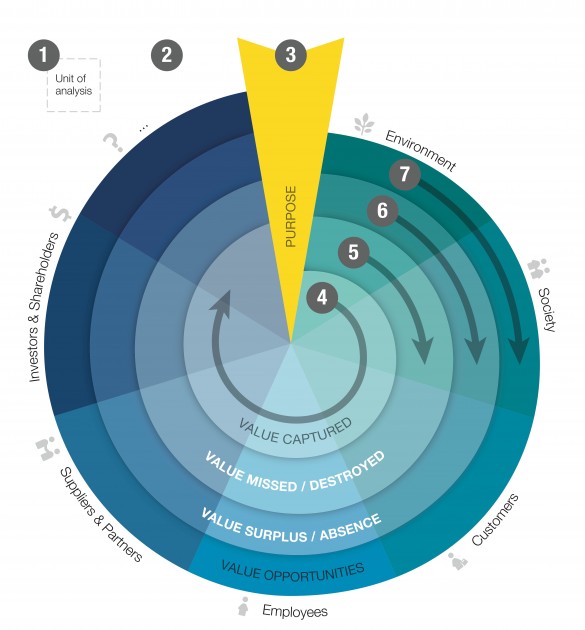

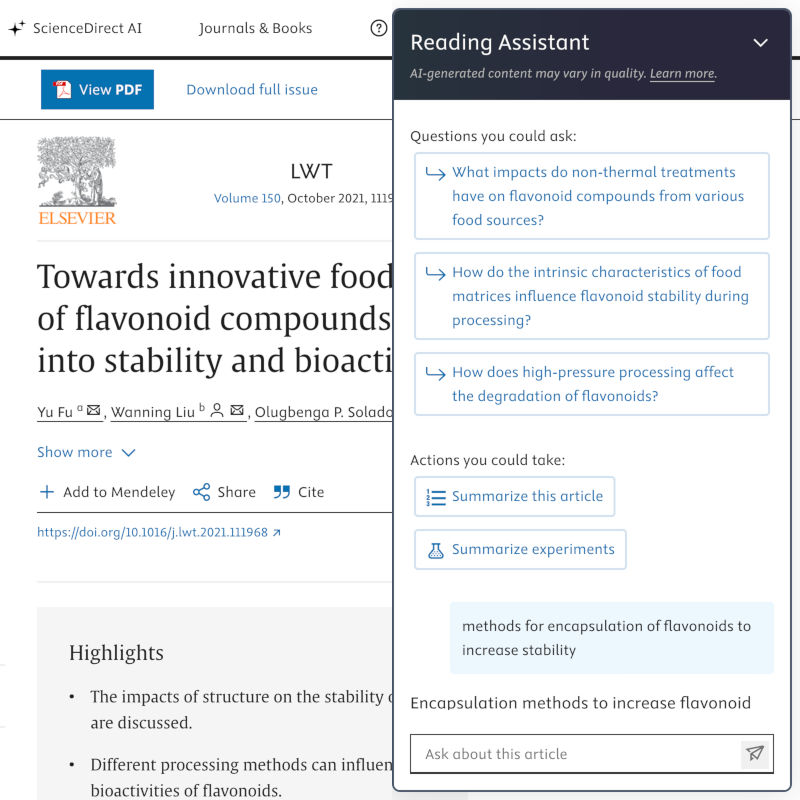




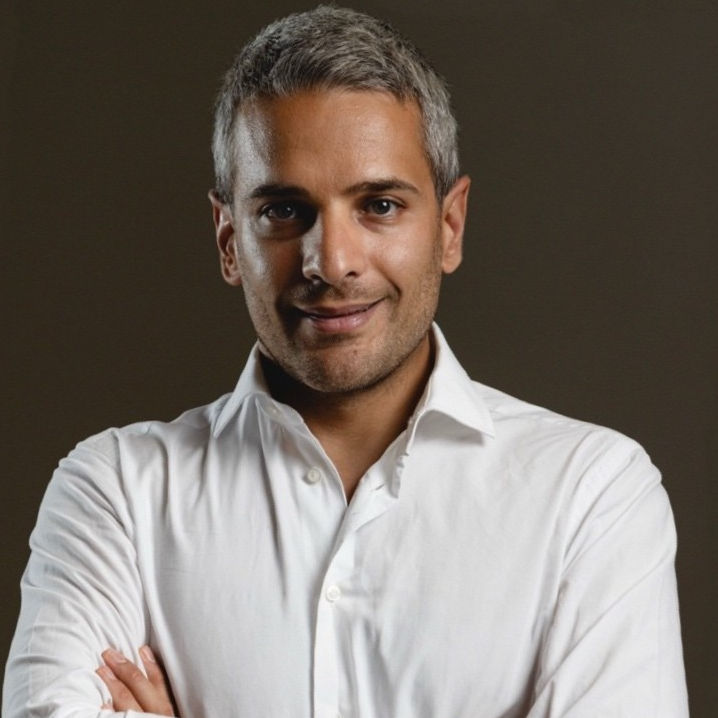


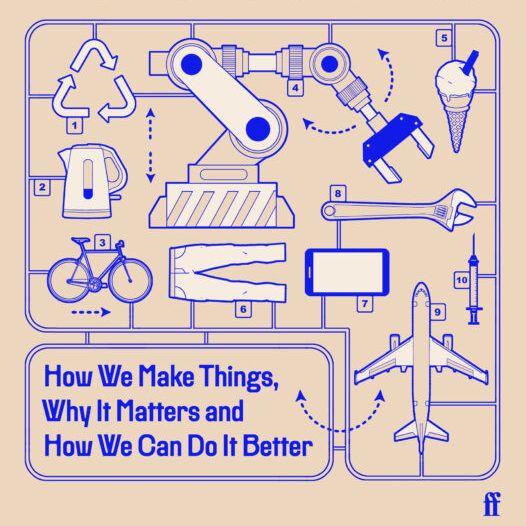




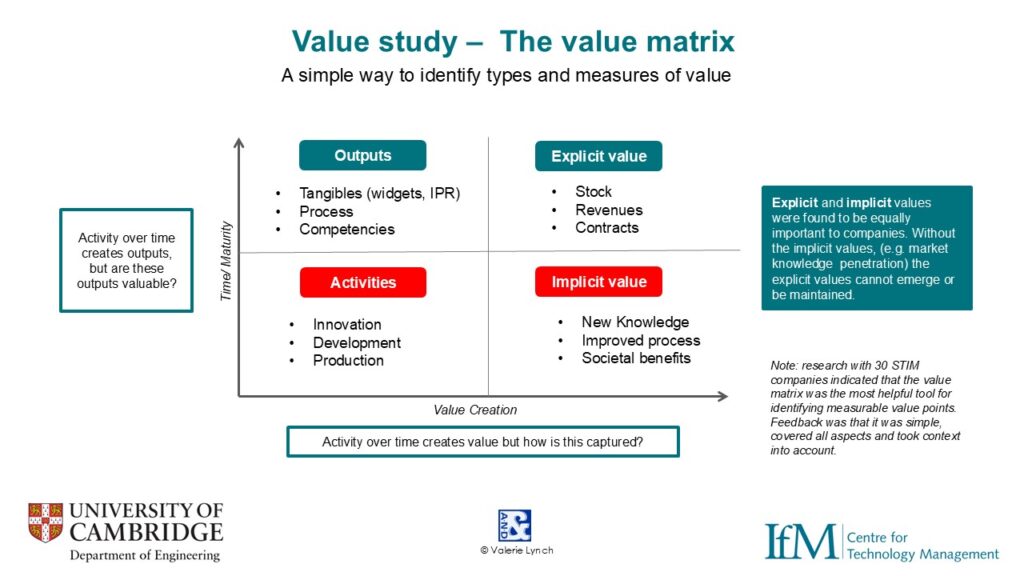
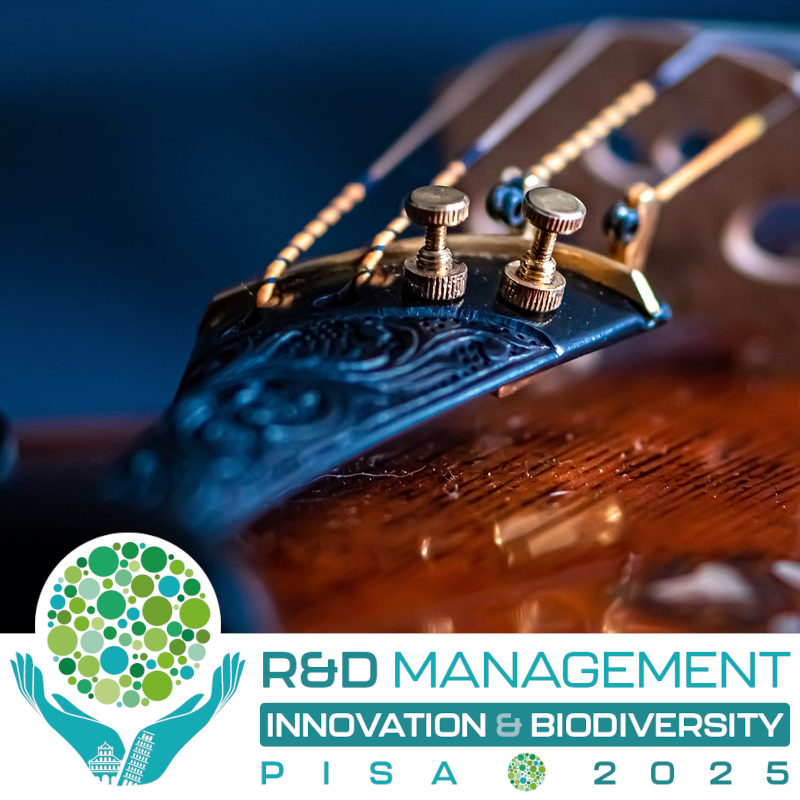




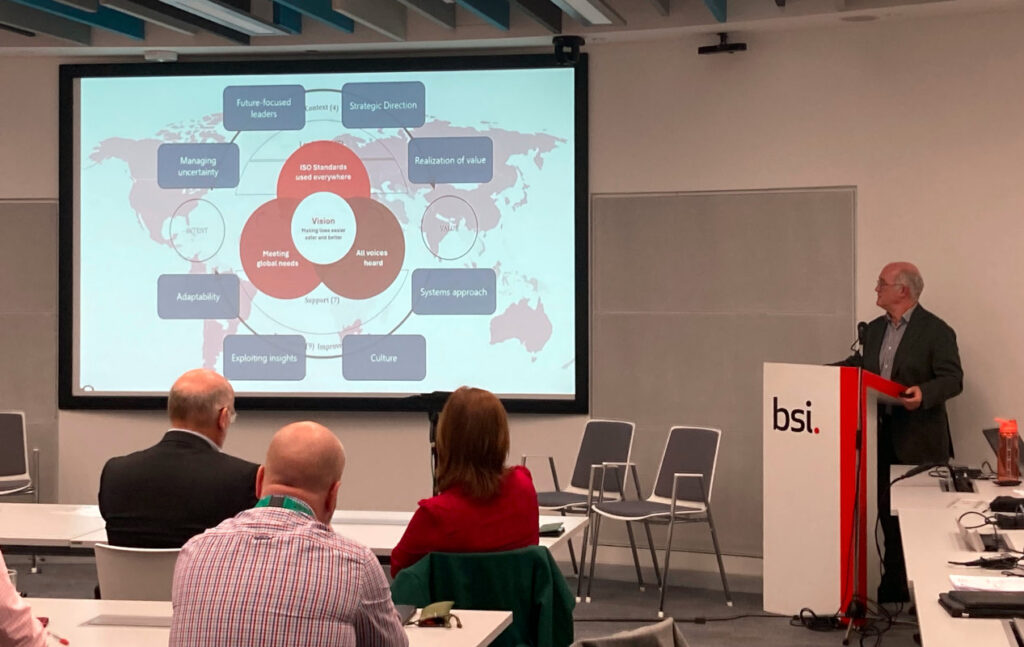






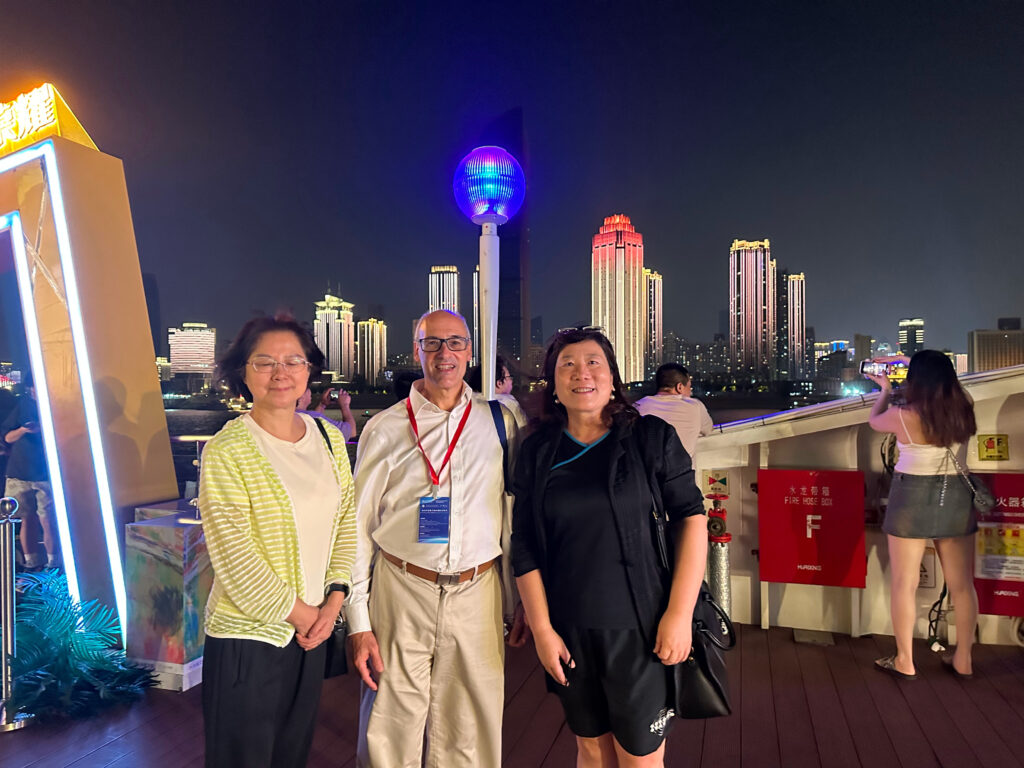


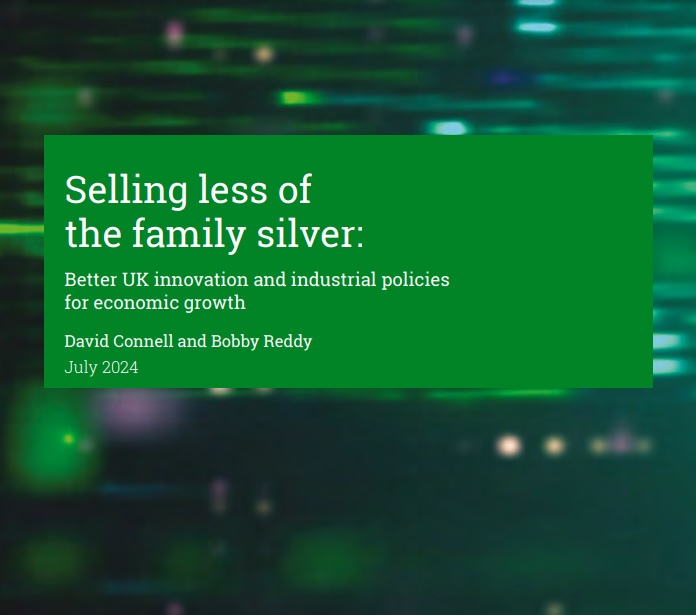


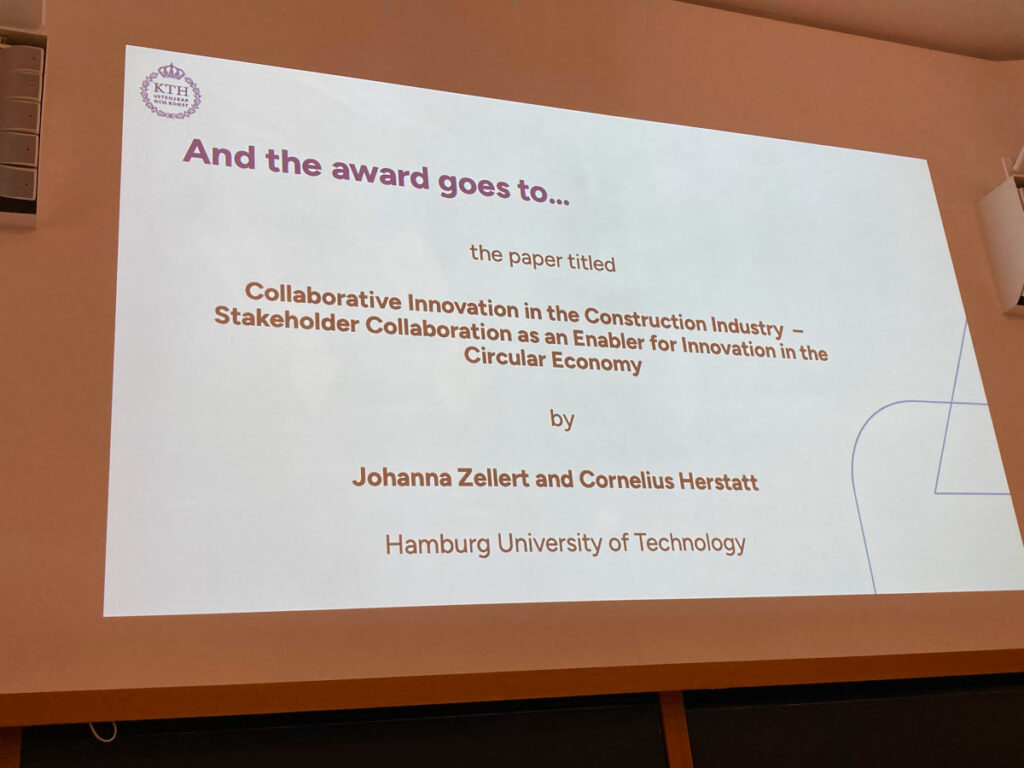
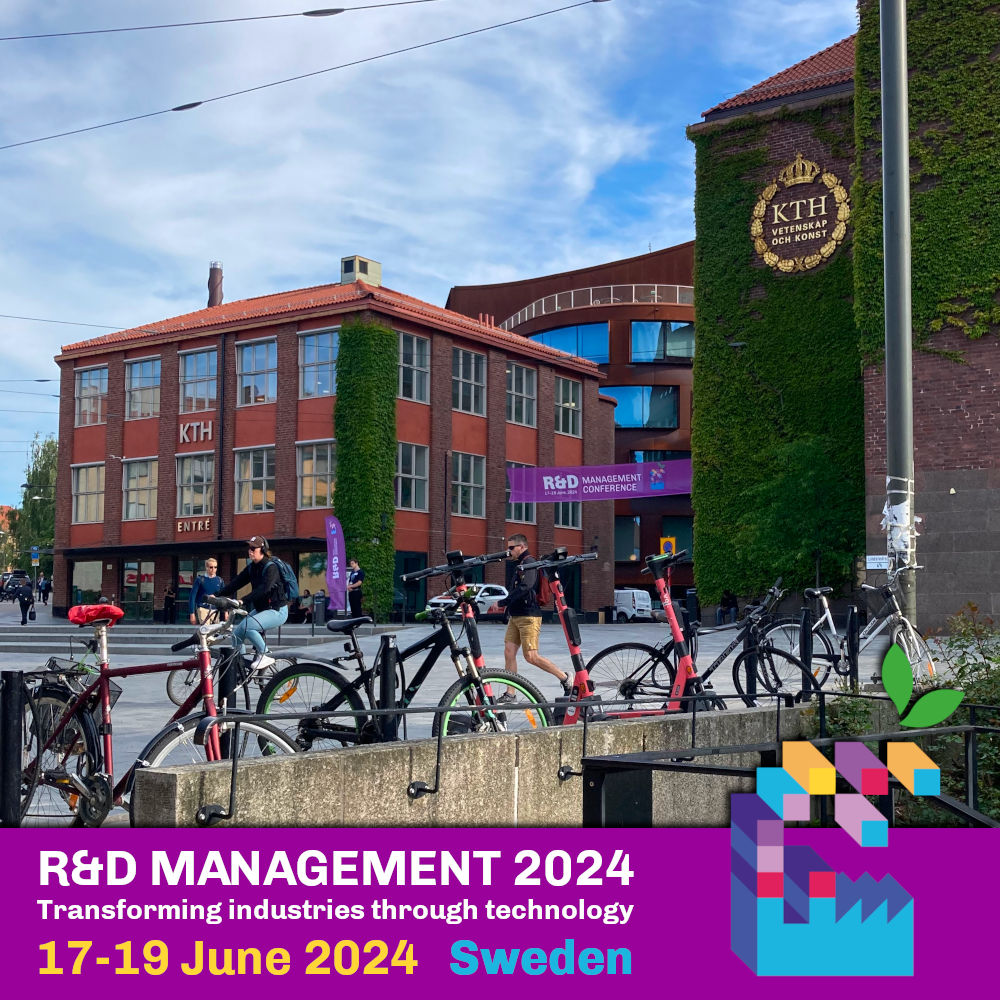
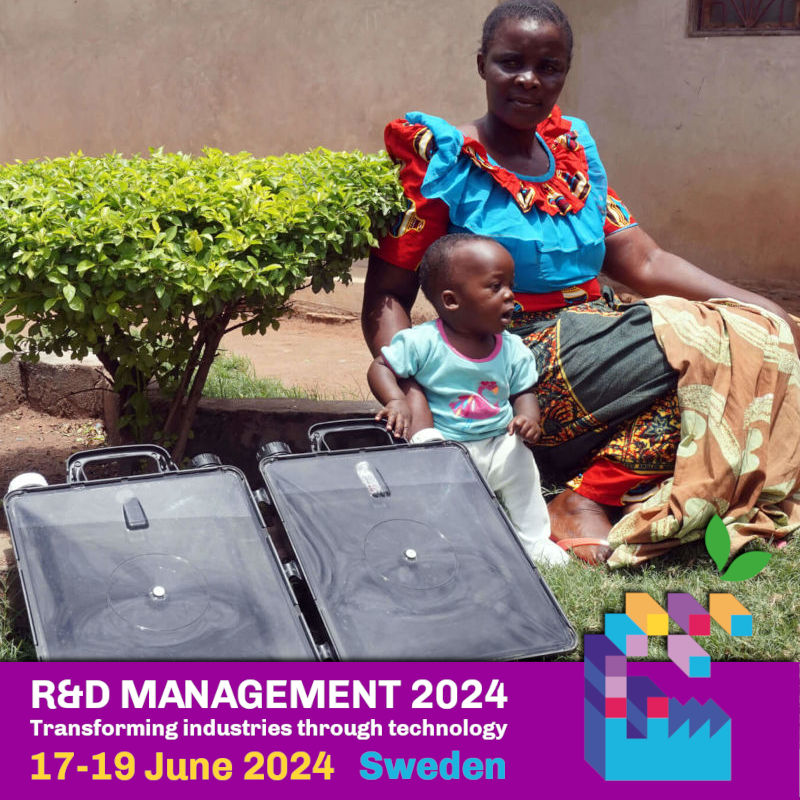
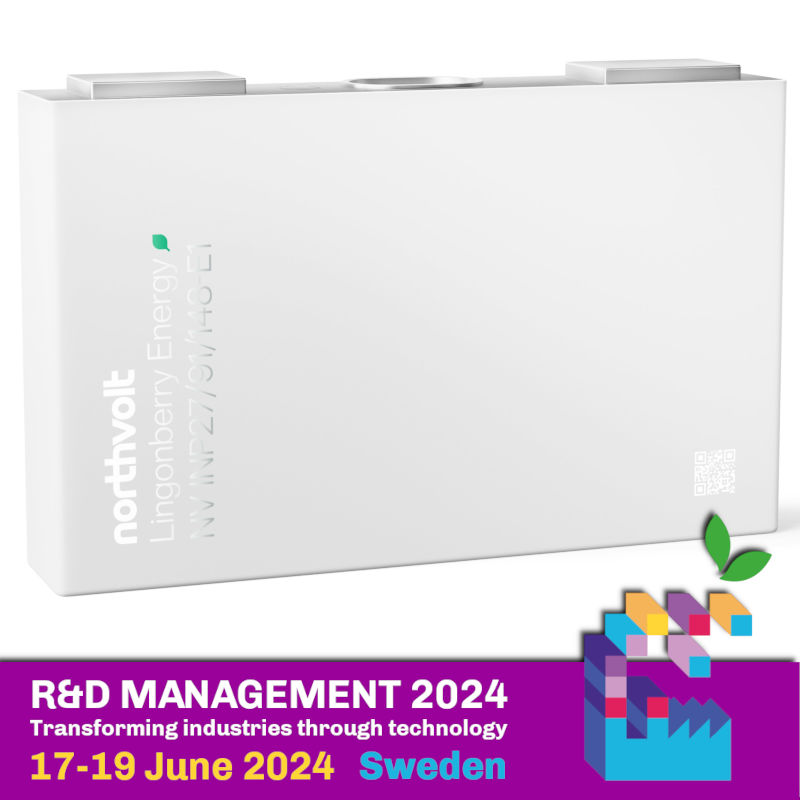
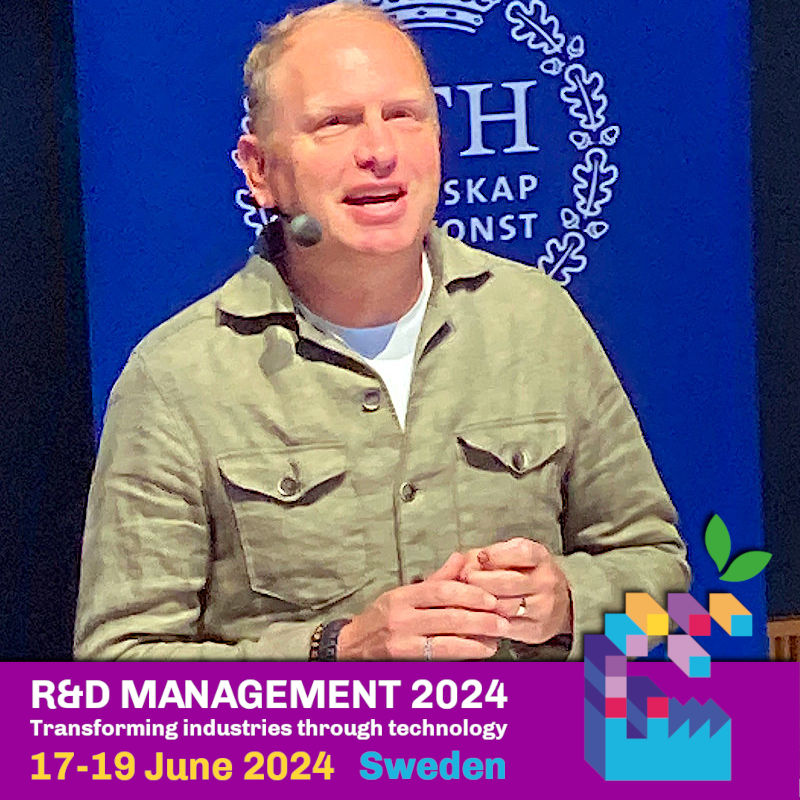
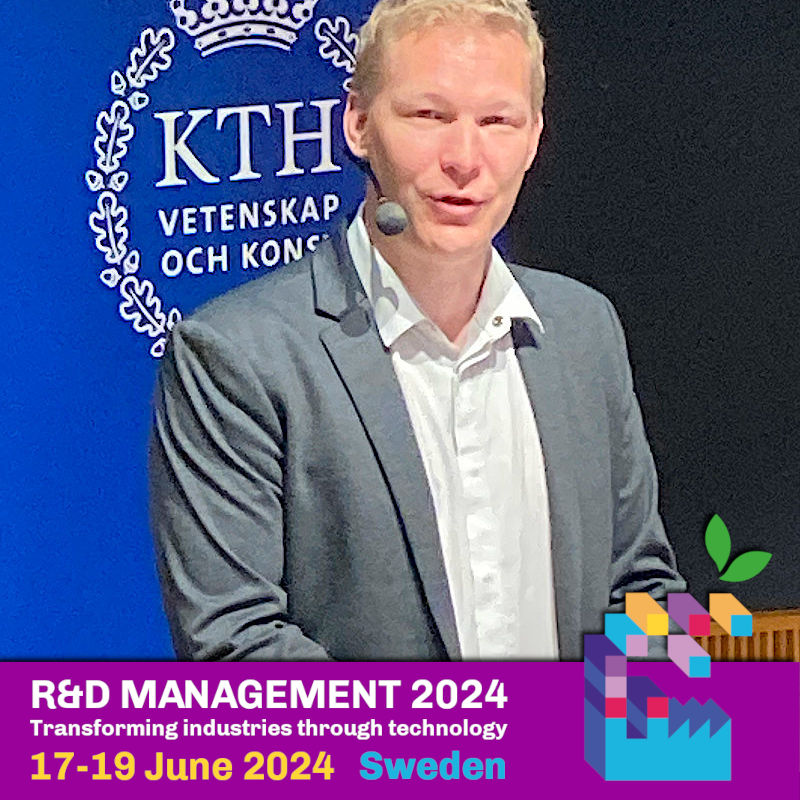
![Dr Valerie Lynch awarded life-time achievement award for her contribution to electronics [credit: Electronics Weekly]](https://www.rndtoday.co.uk/wp-content/uploads/2024/05/Valerie-Lynch-lifetime-achievement-award-feat.jpg)
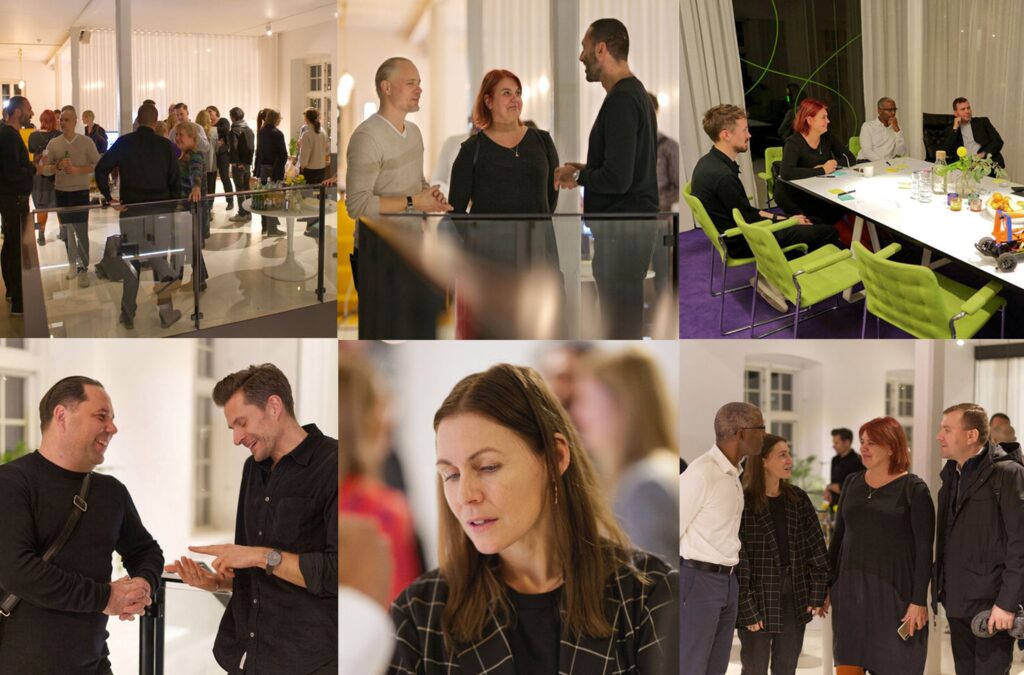
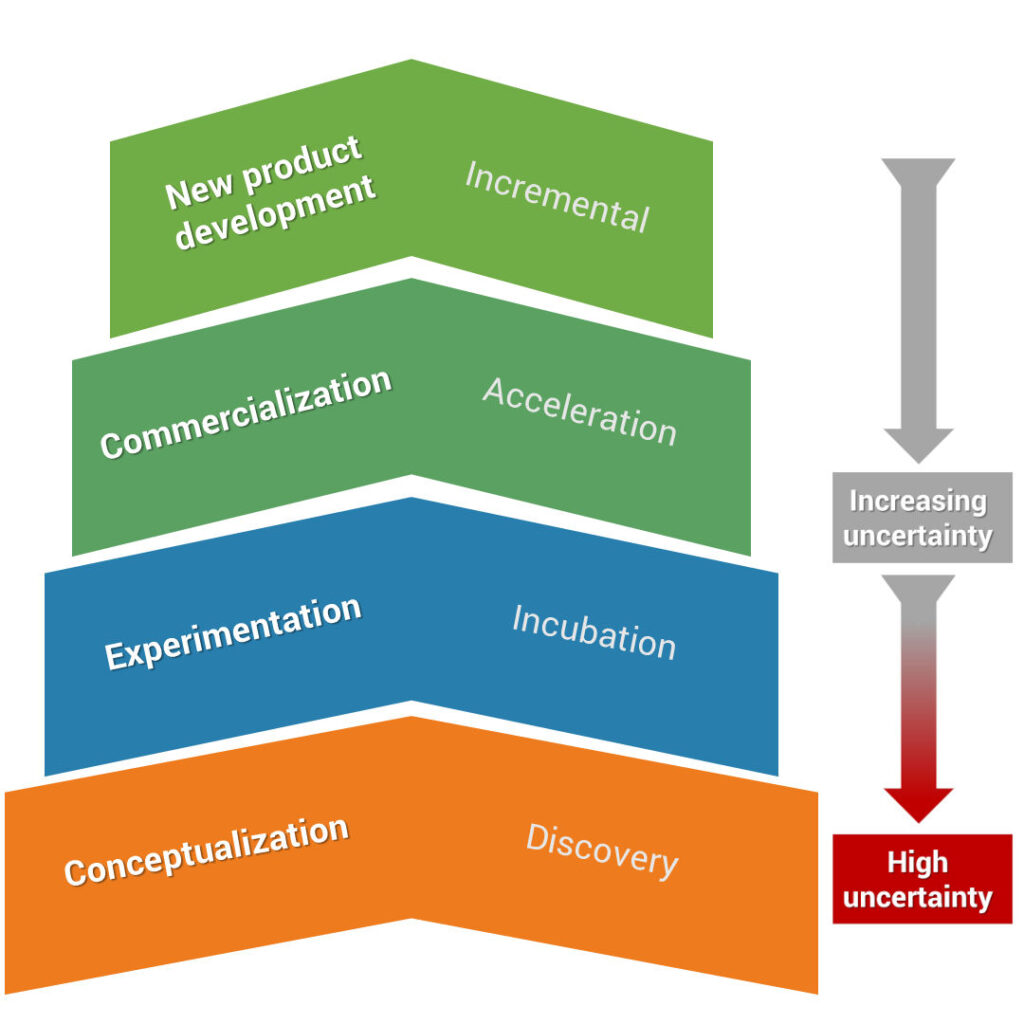



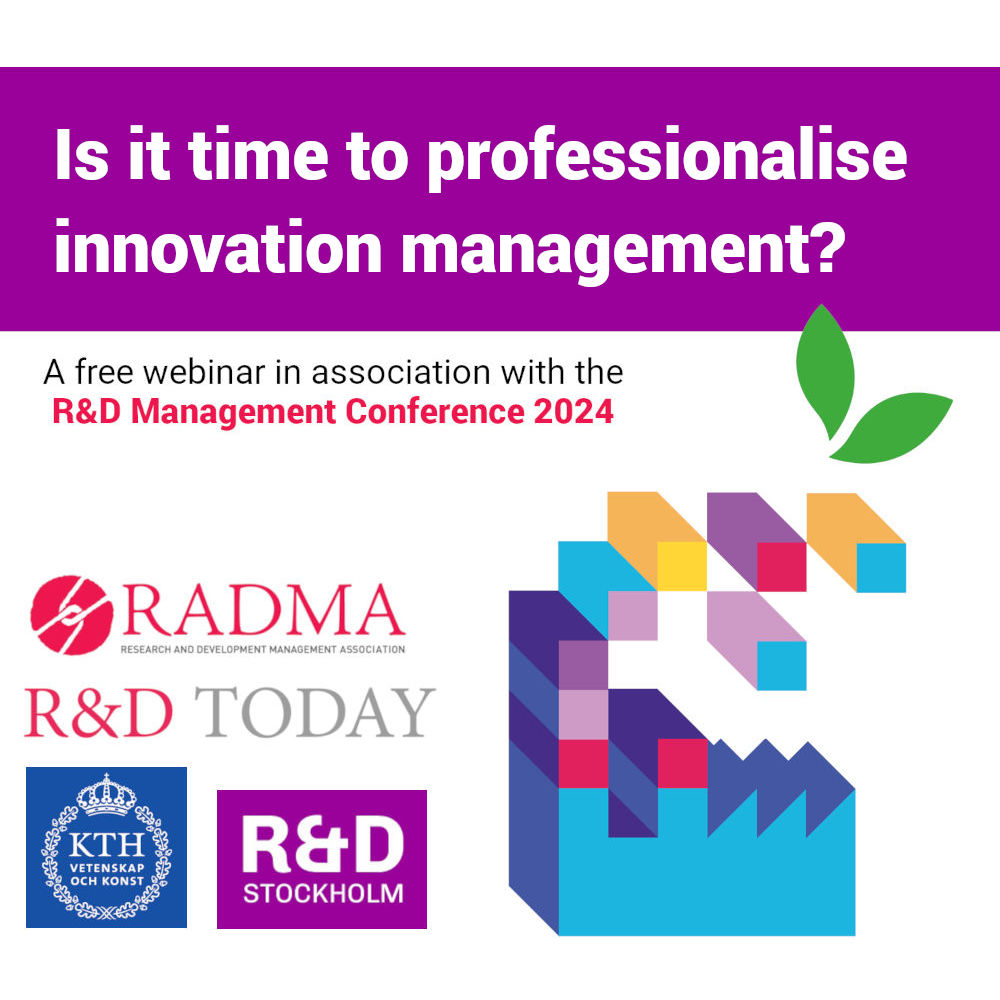
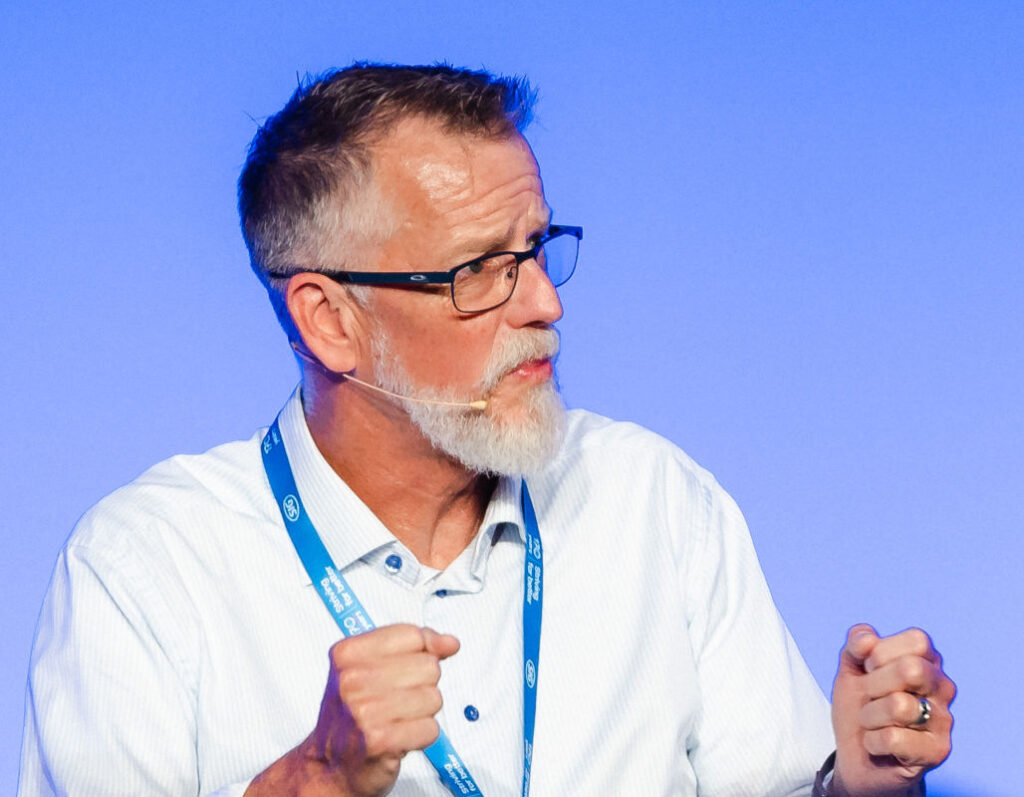


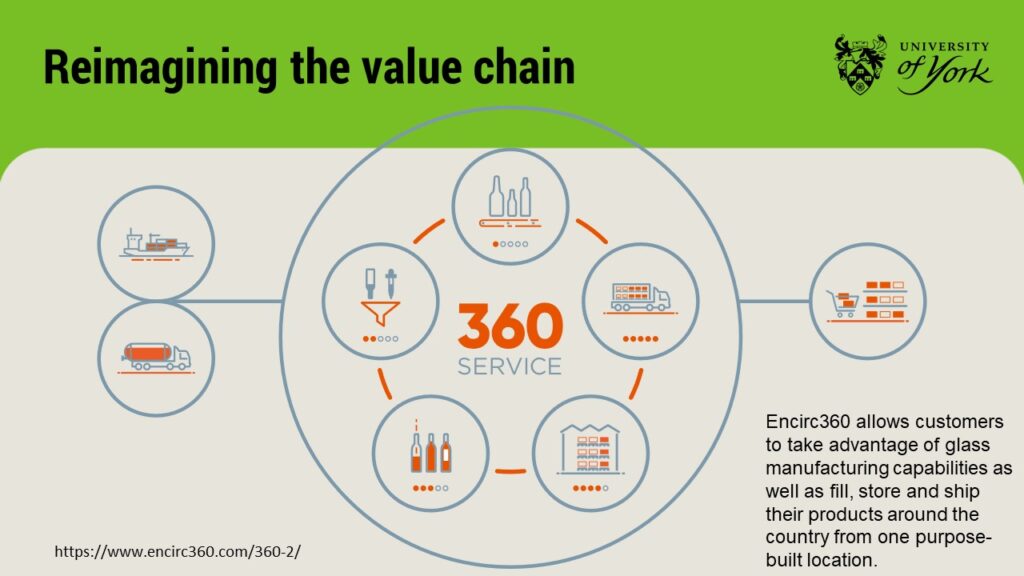


![PepsiCo's North American Beverages fleet [image credit: Melissa Golden; PepsiCo - from PepsiCo.com]](https://www.rndtoday.co.uk/wp-content/uploads/2023/09/PepsiCos-North-America-Beverages-Fleet-credit-PepsiCo-web-1024x683.jpg)




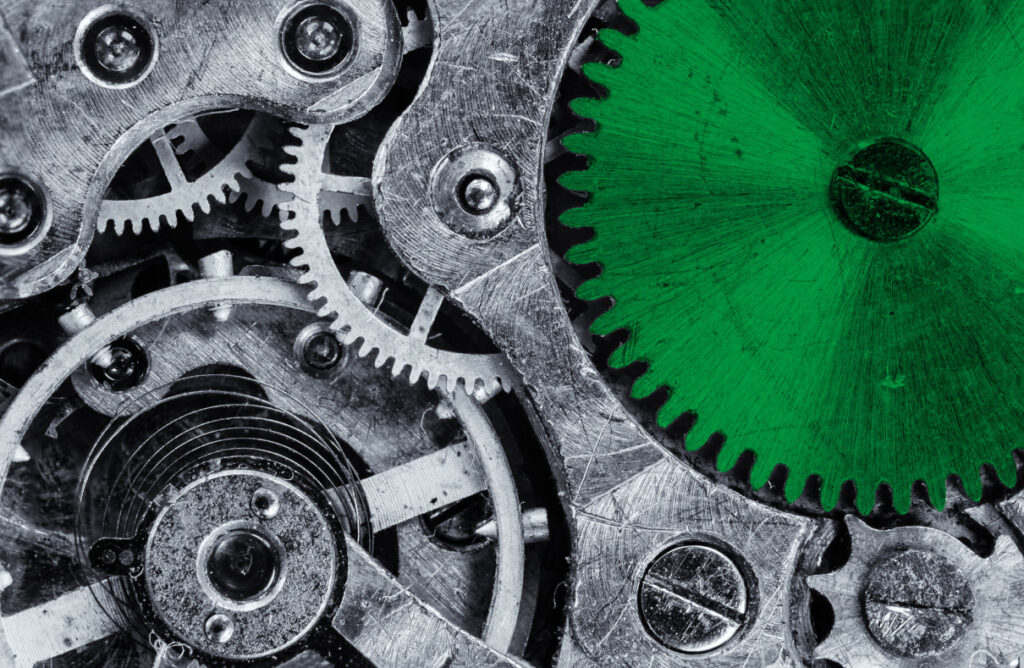

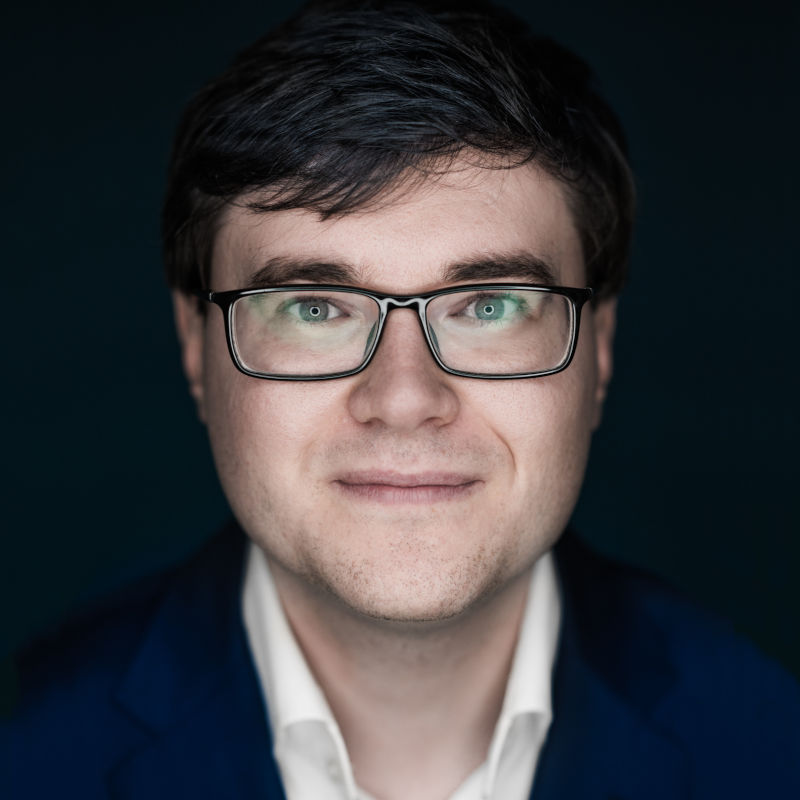
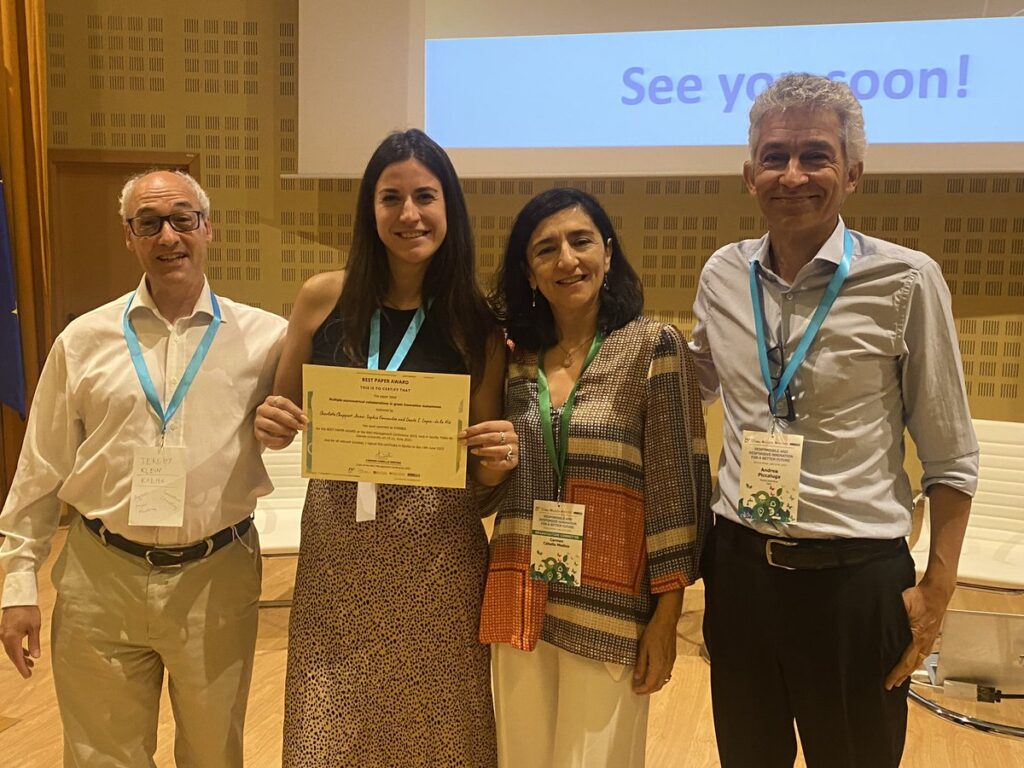



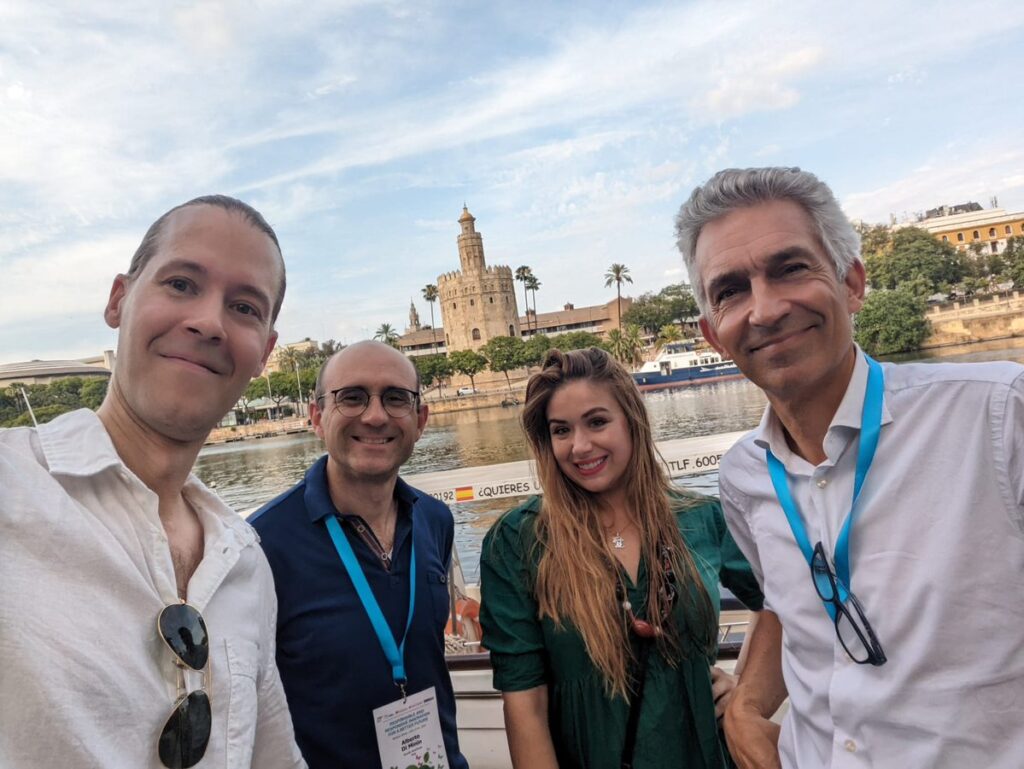


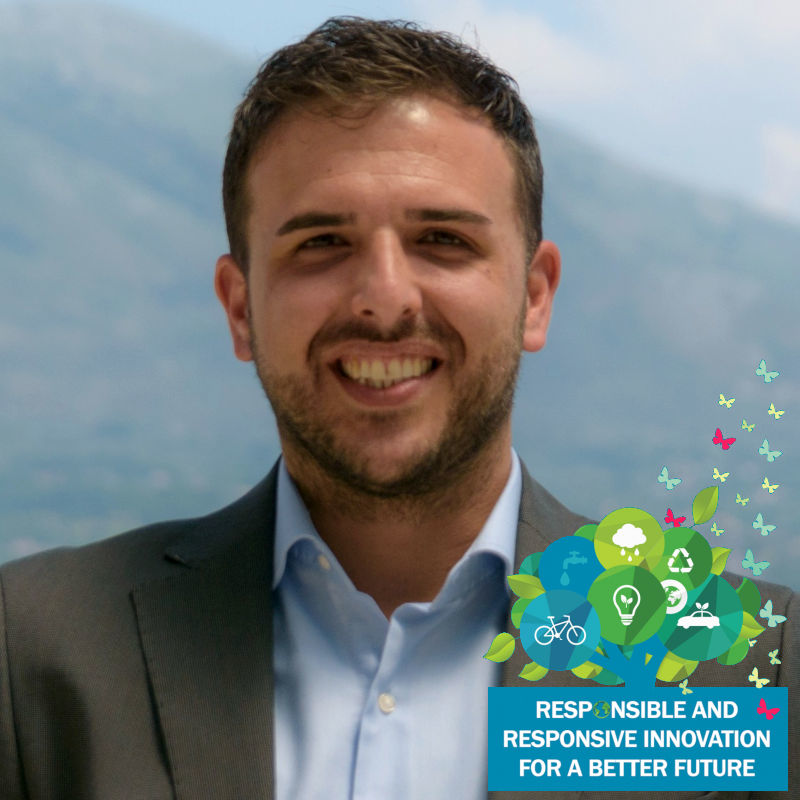
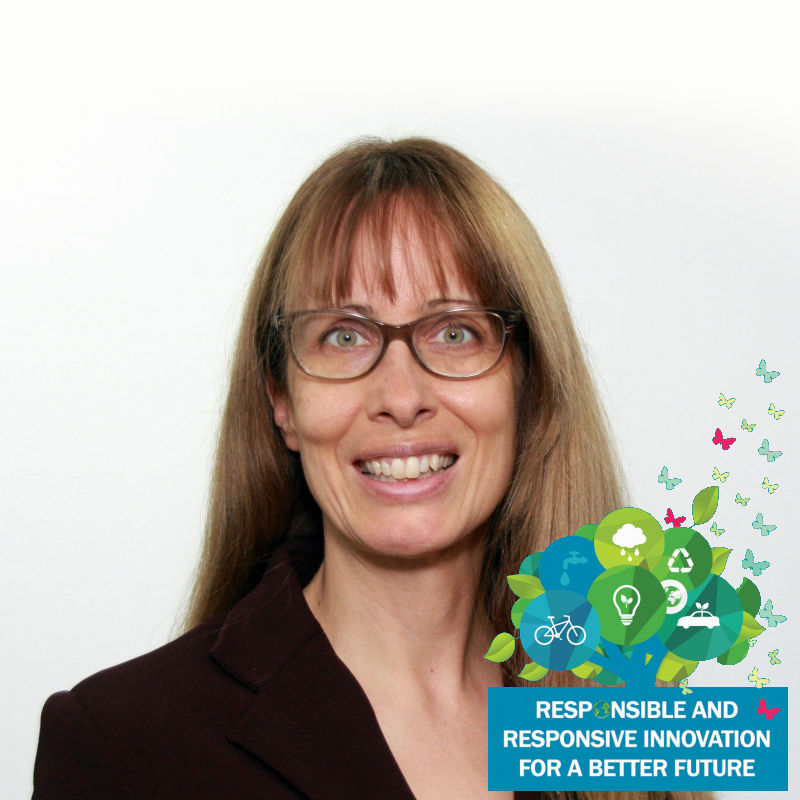
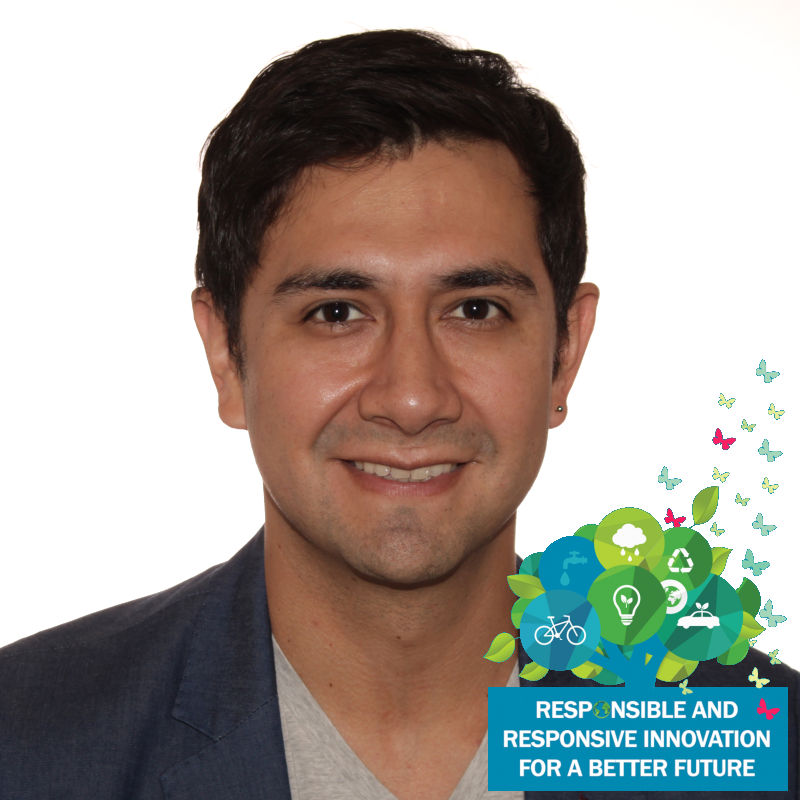

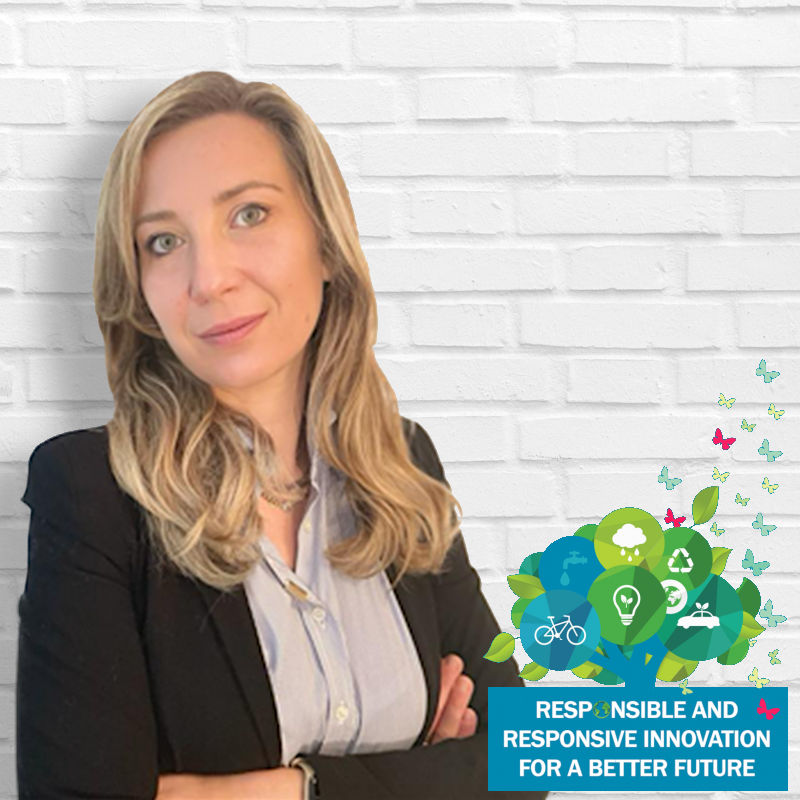

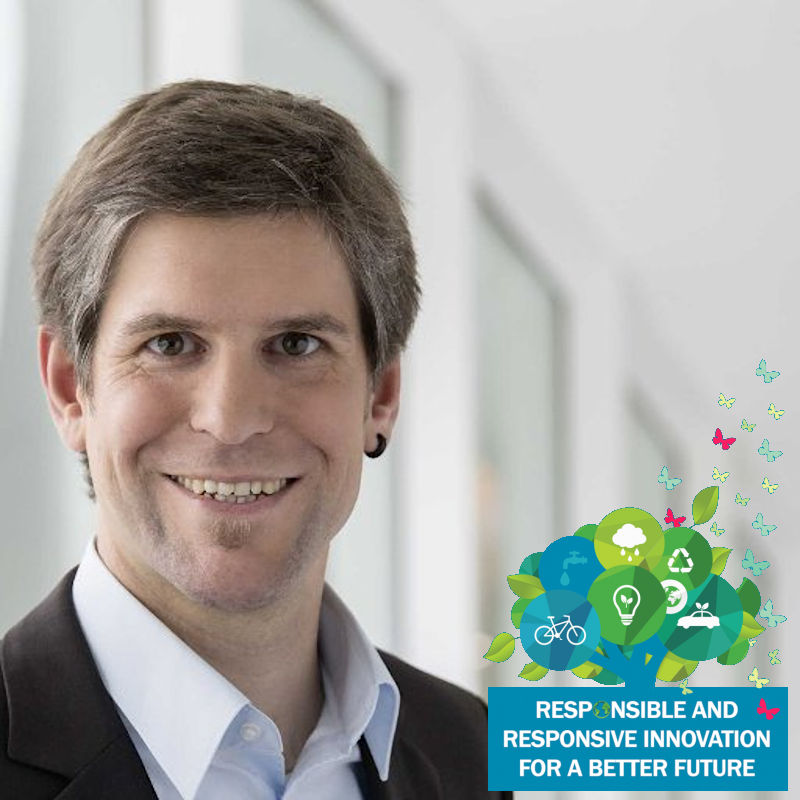
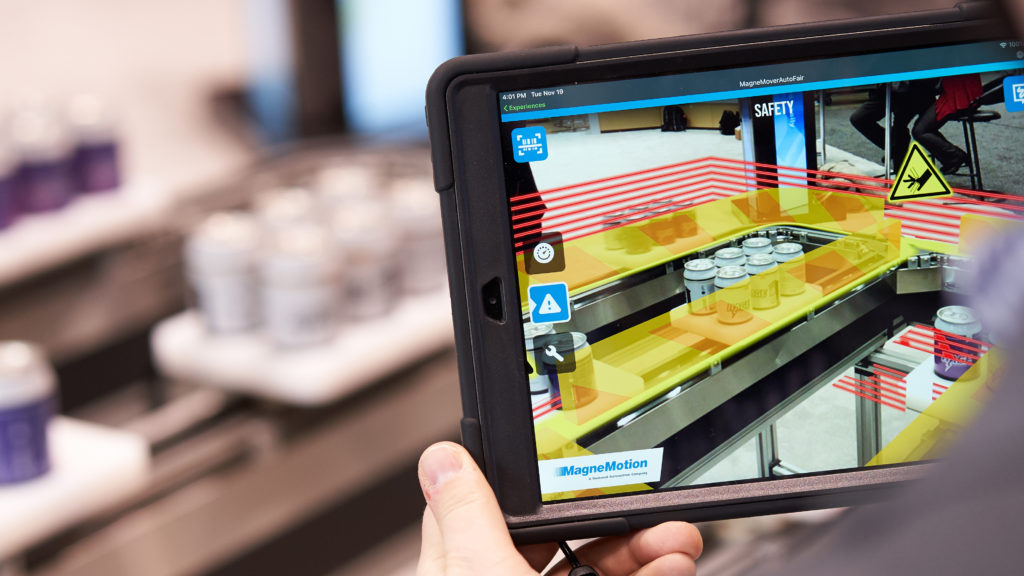
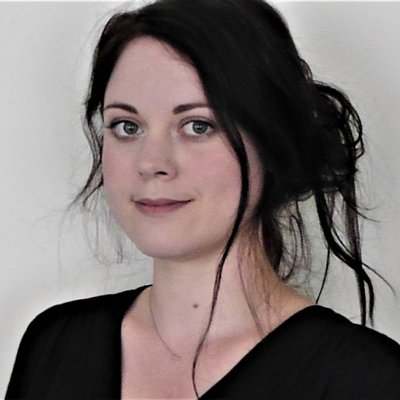

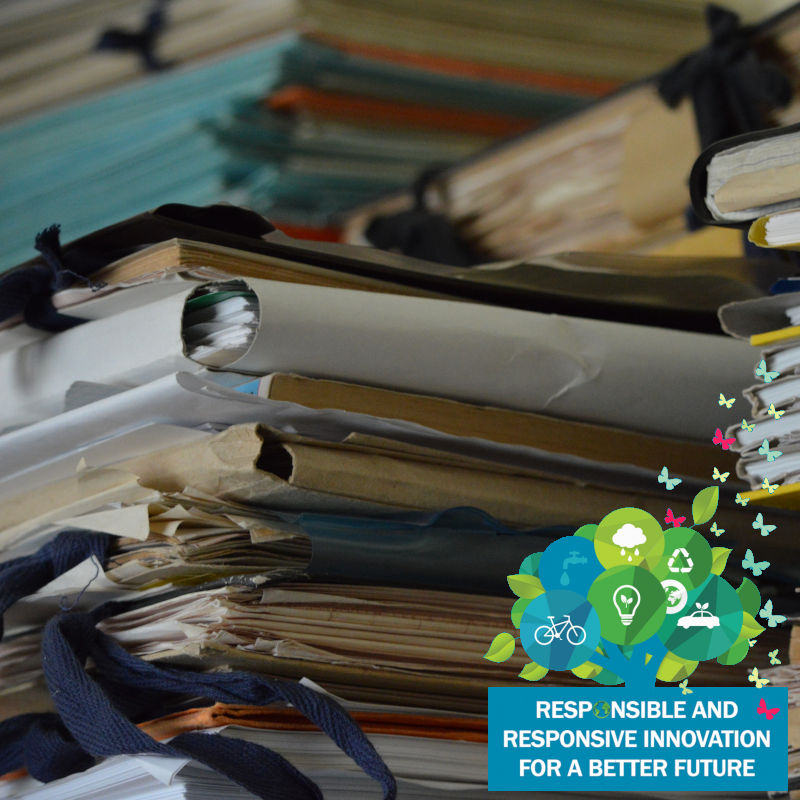
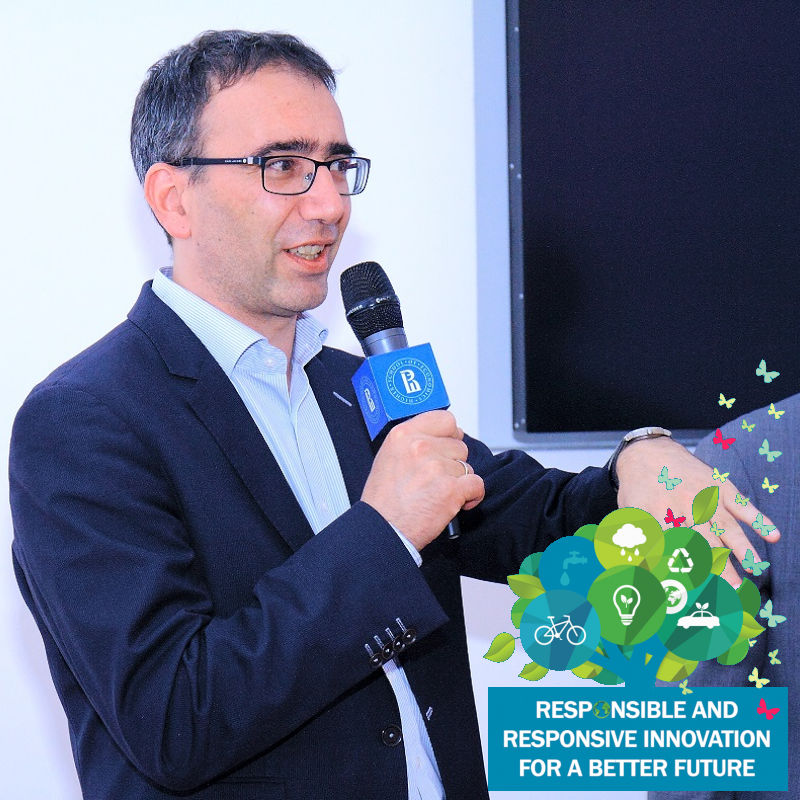
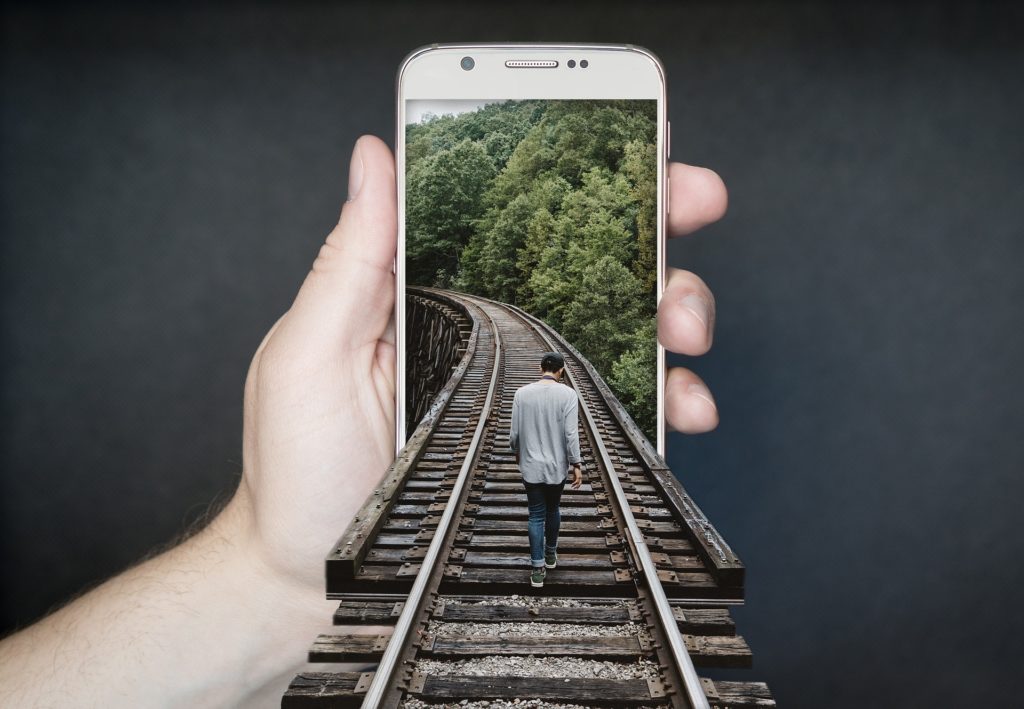

![An AbCellera scientist loads a sample to perform high-throughput screening. [credit: AbCellera]](https://www.rndtoday.co.uk/wp-content/uploads/2023/02/AbCellera-High-Throughput-Lab-Robot-2-1024x683.jpg)
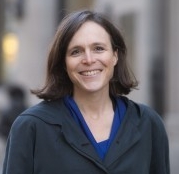


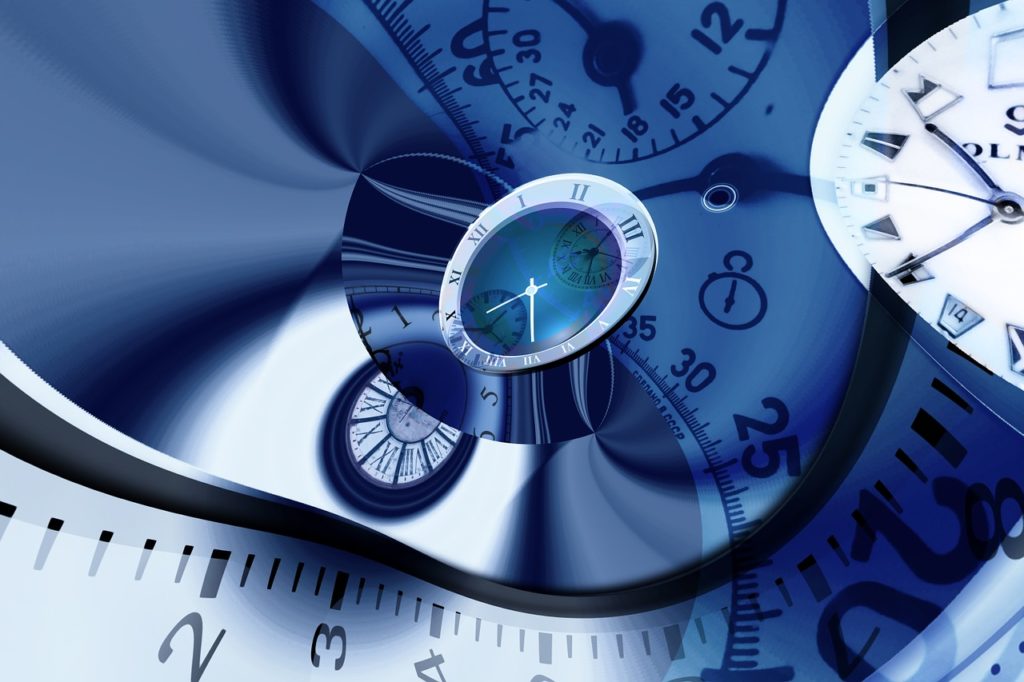

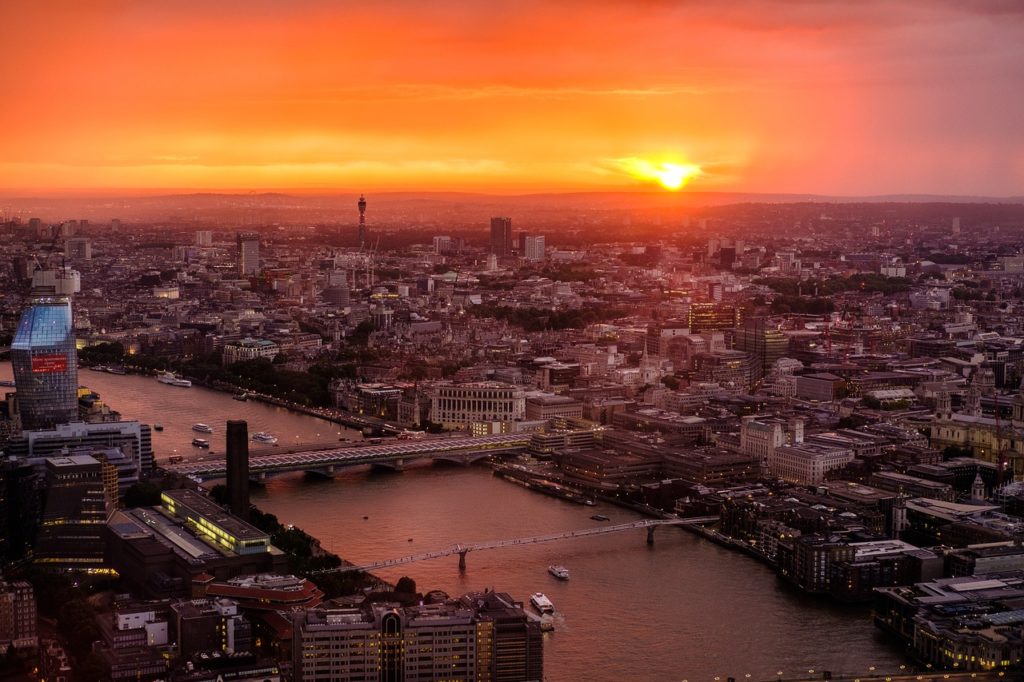



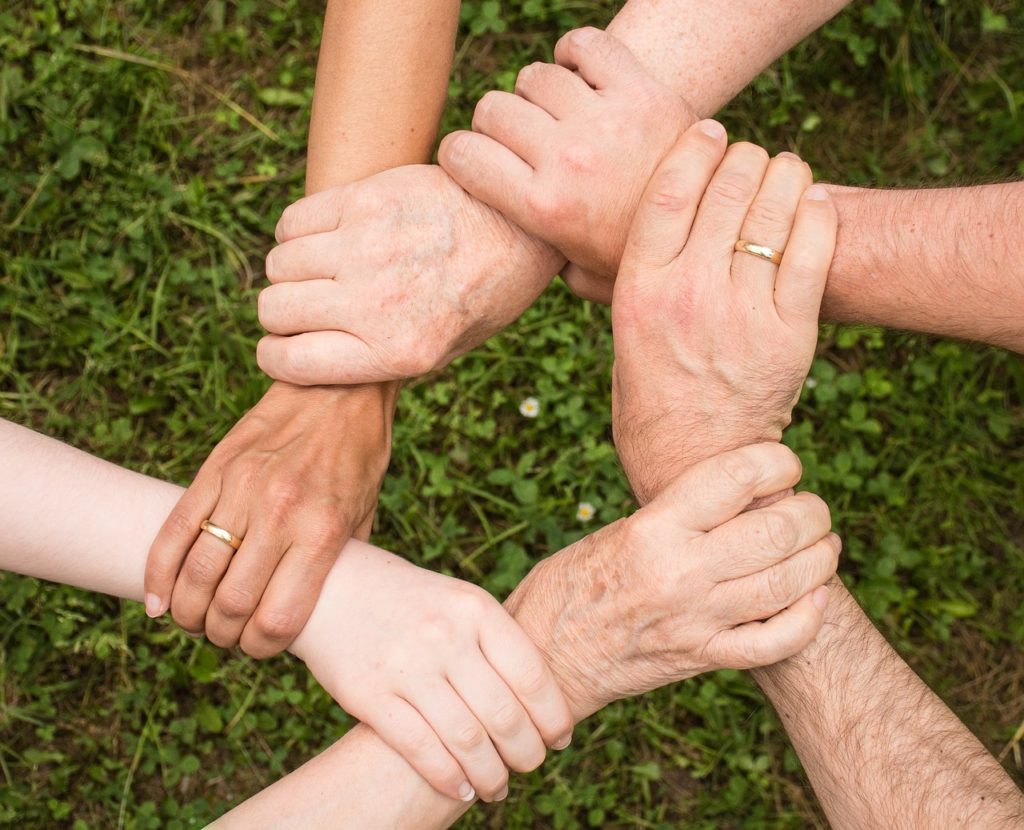









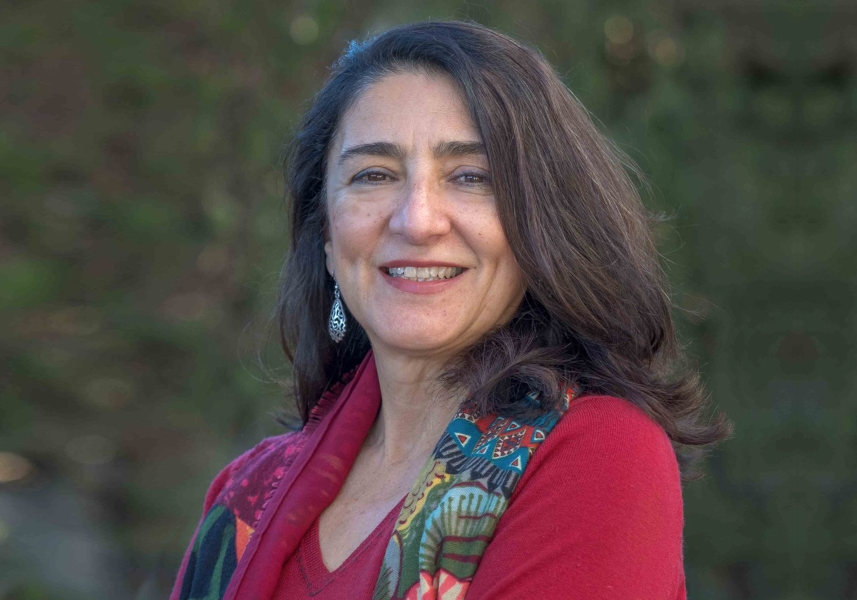


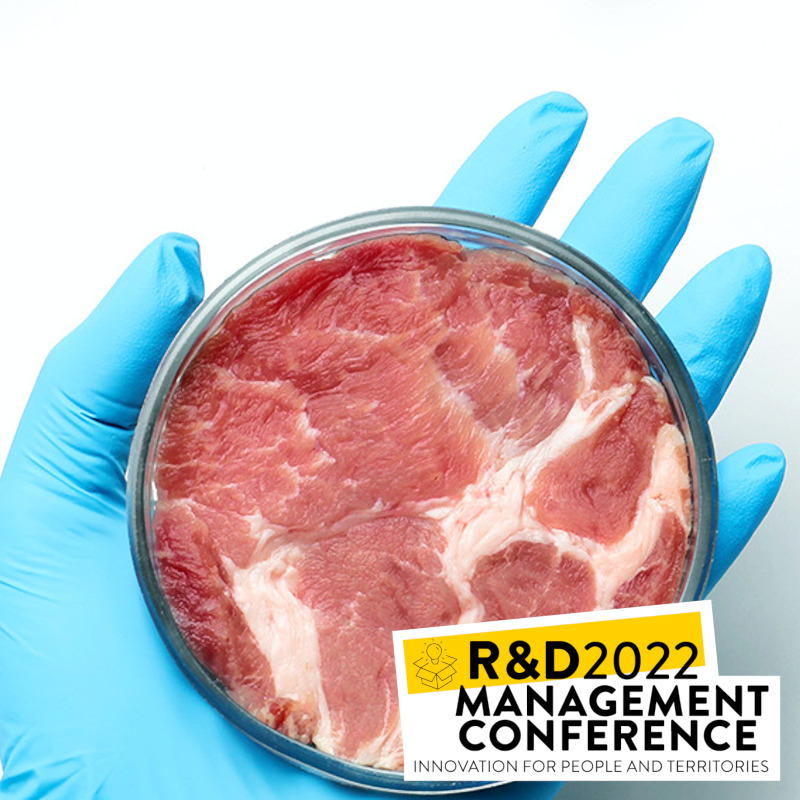
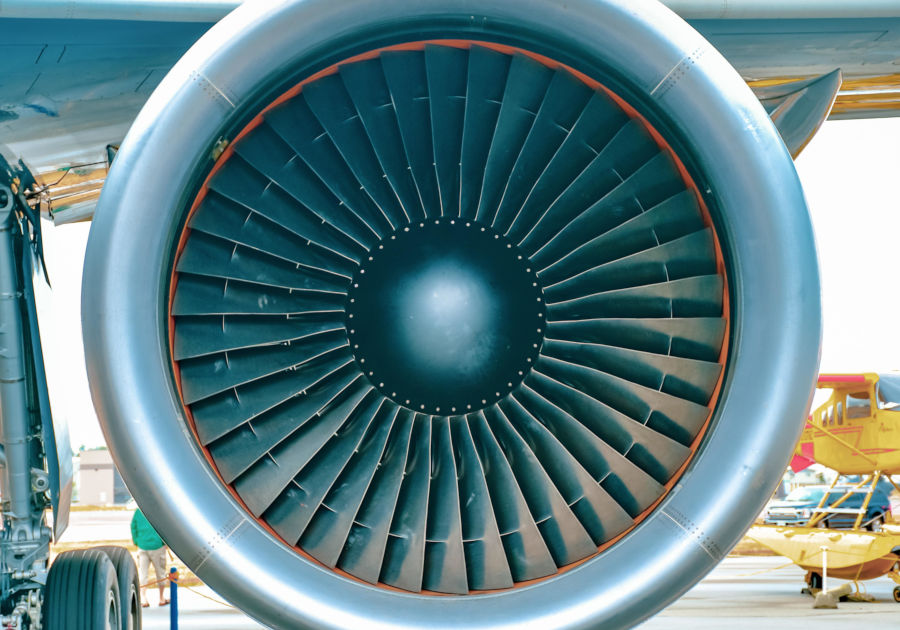
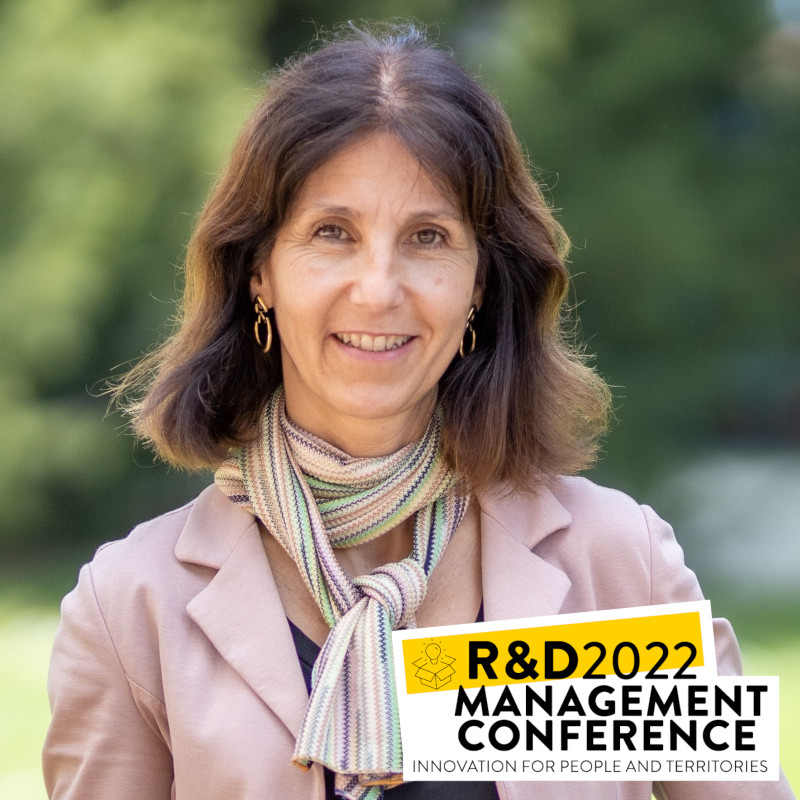




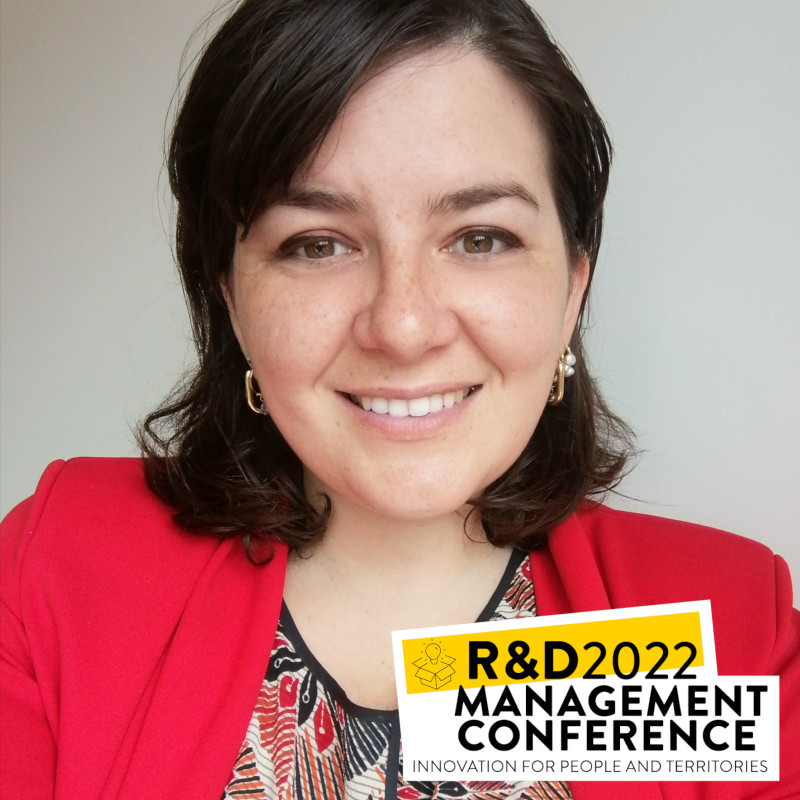
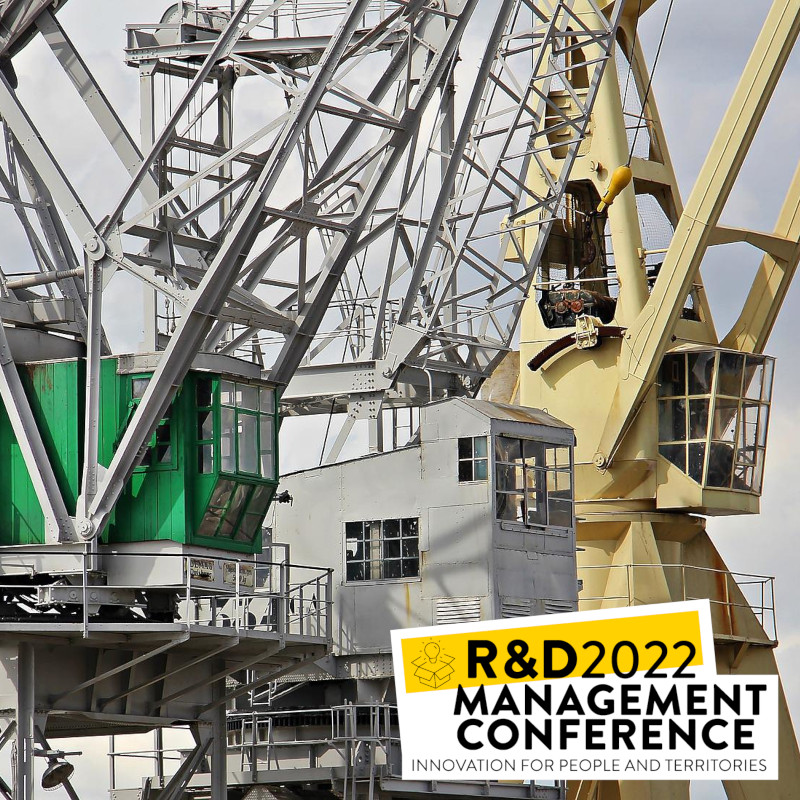
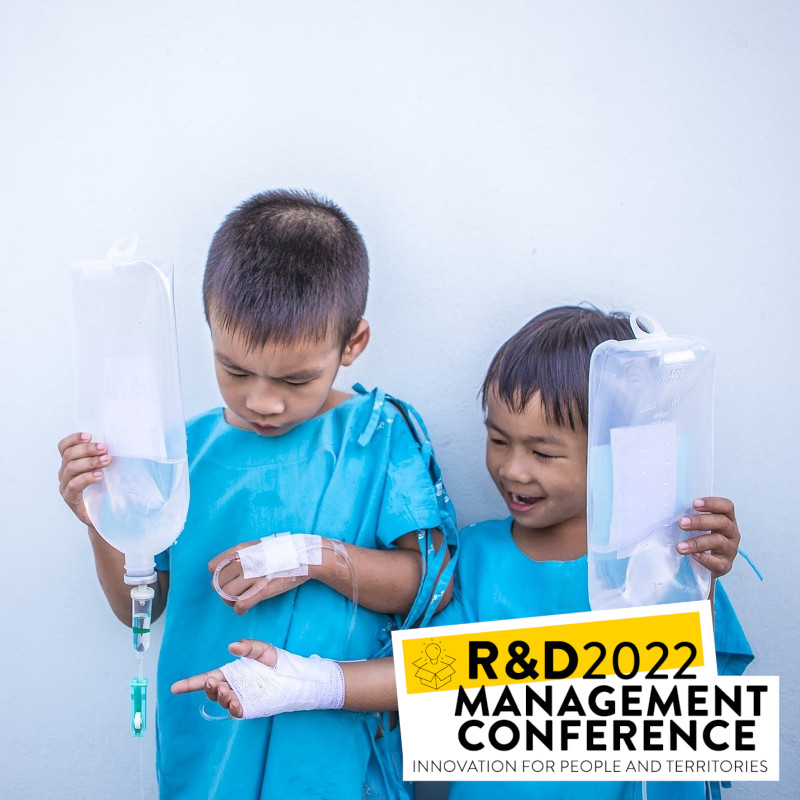
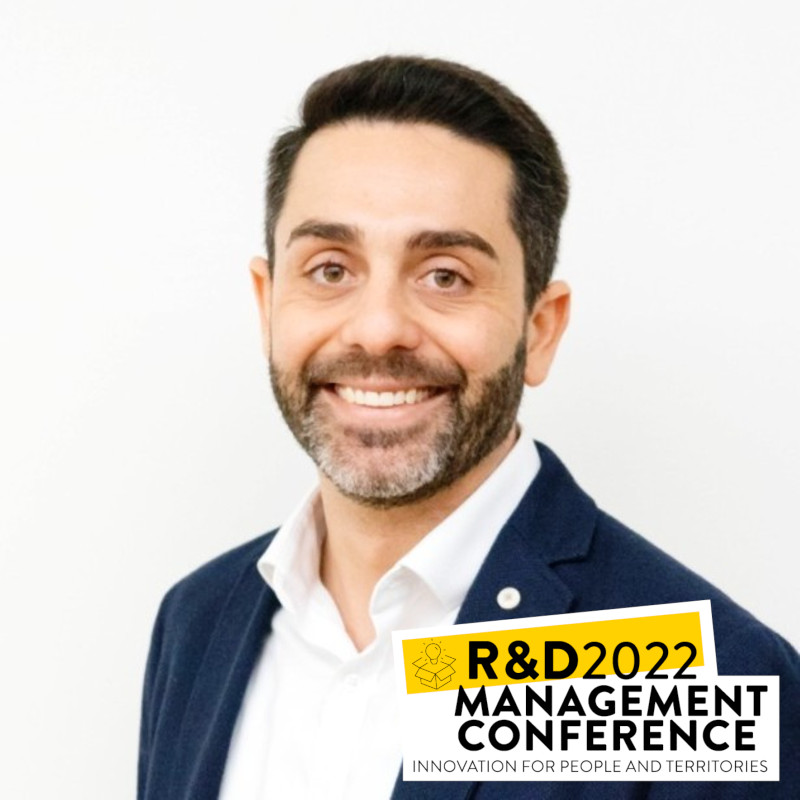
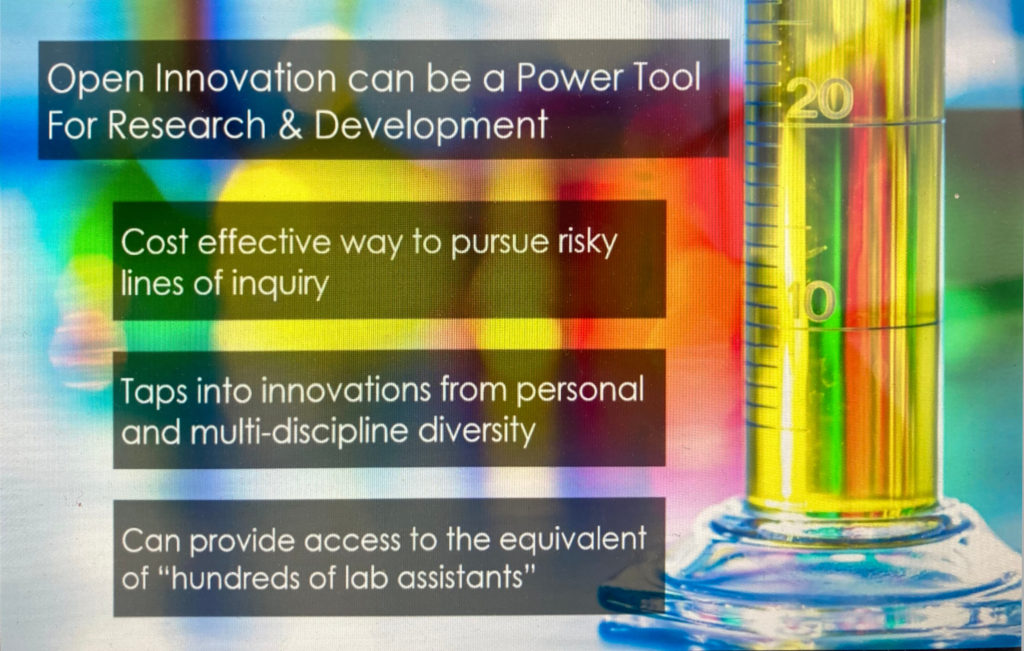
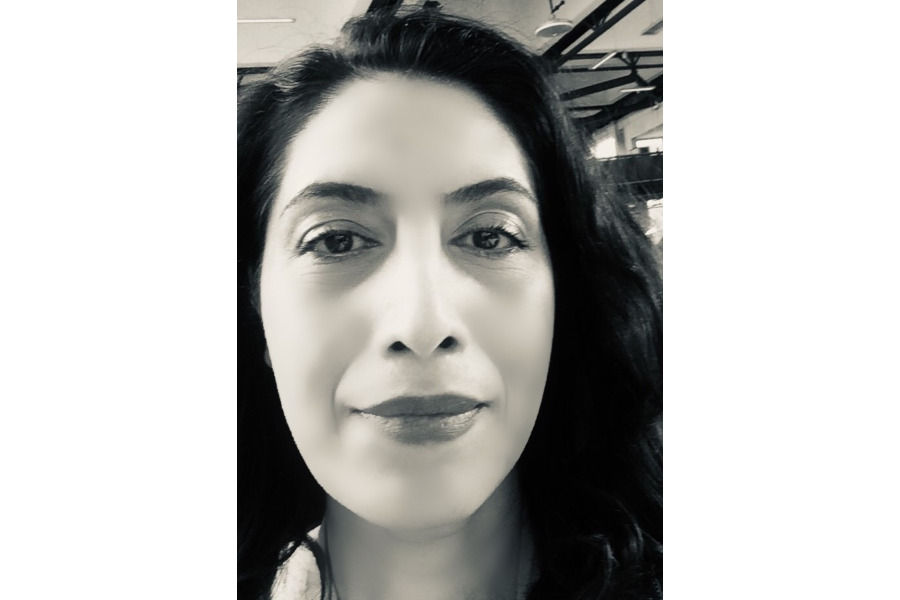
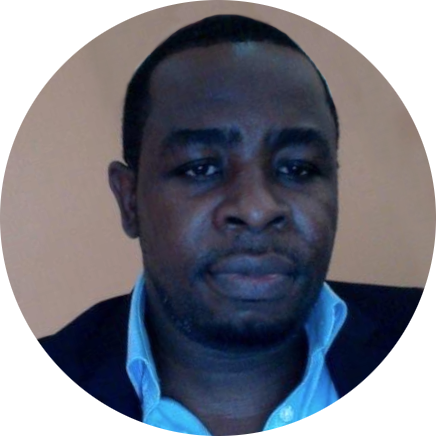
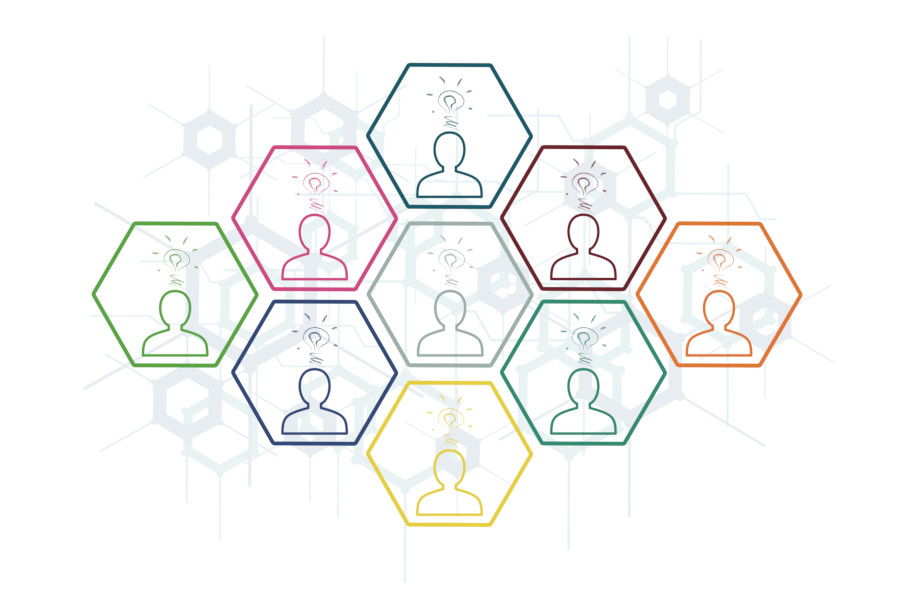




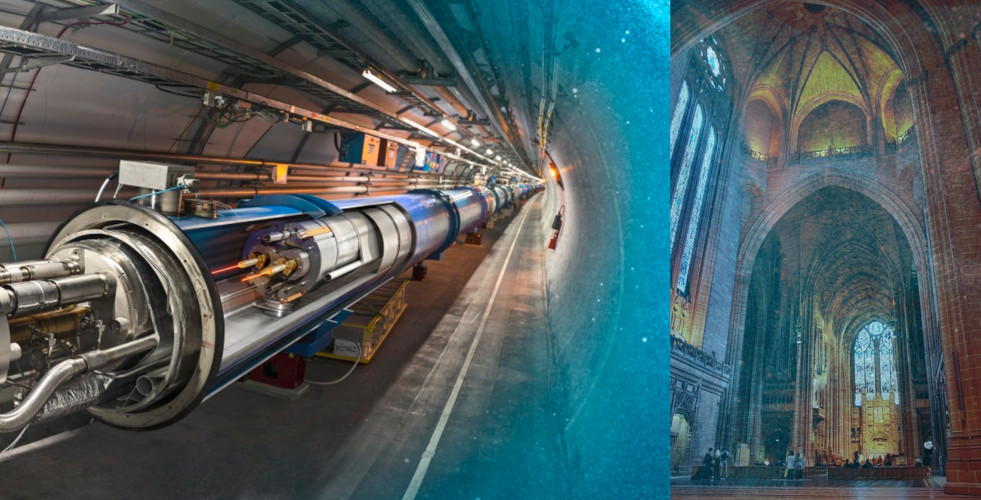






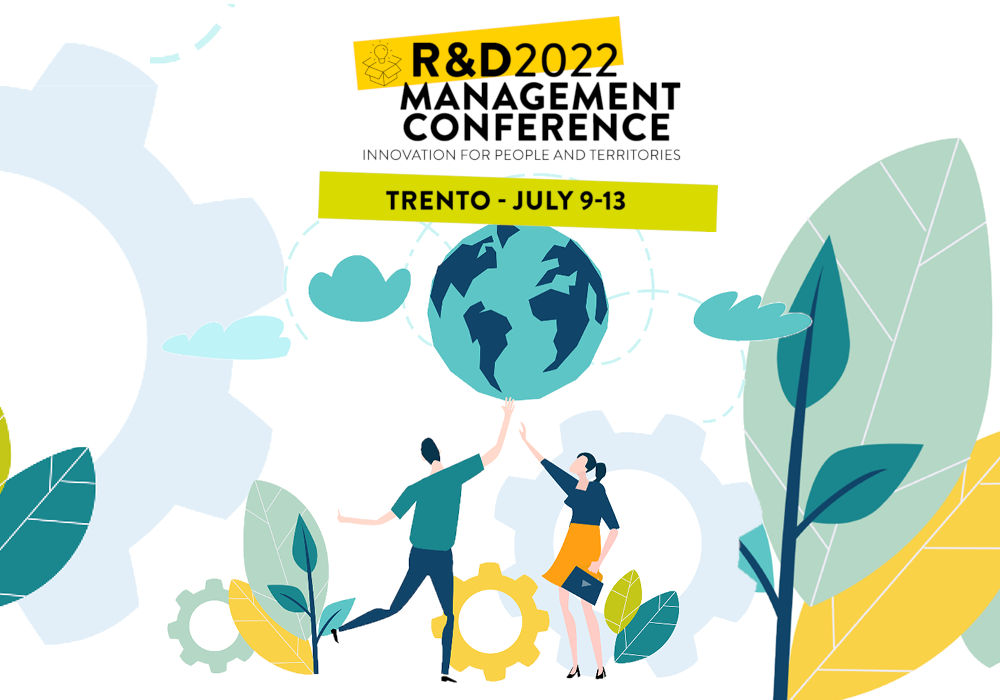


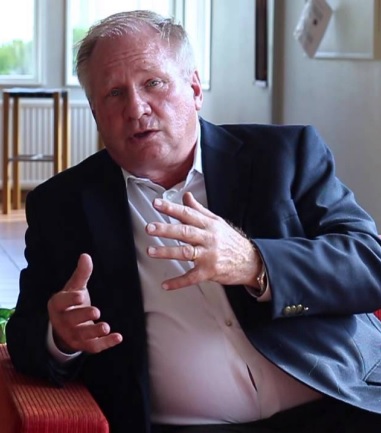

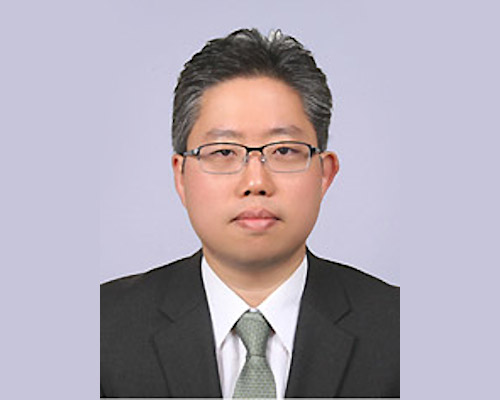

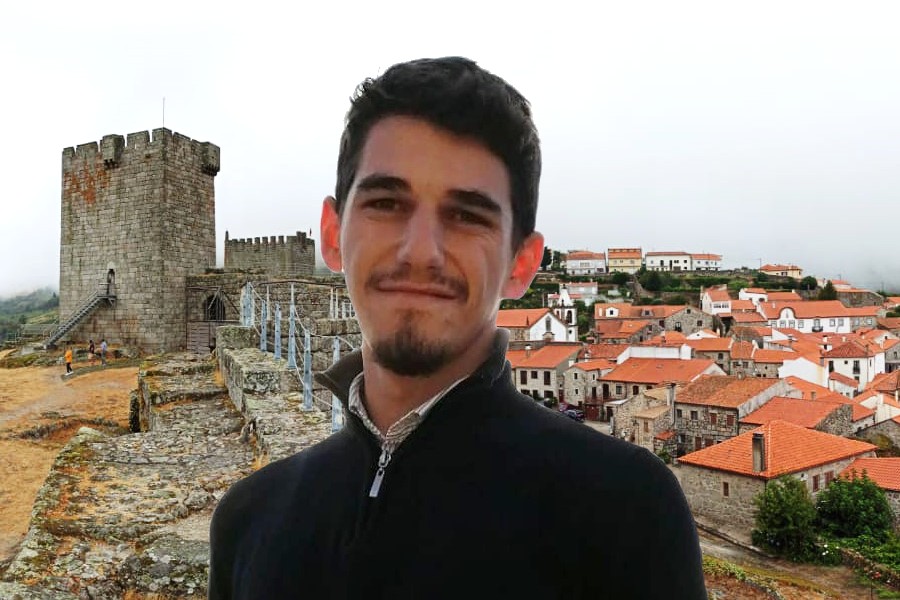





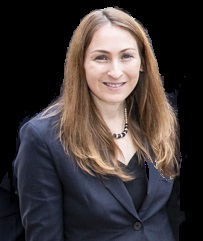

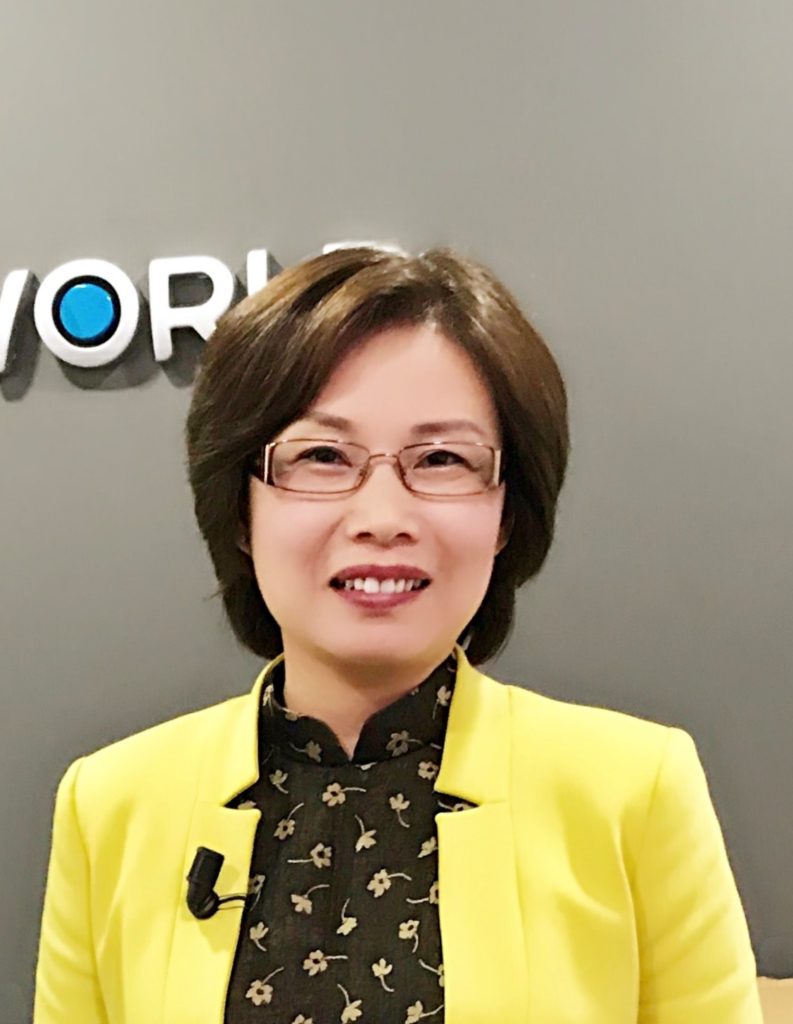
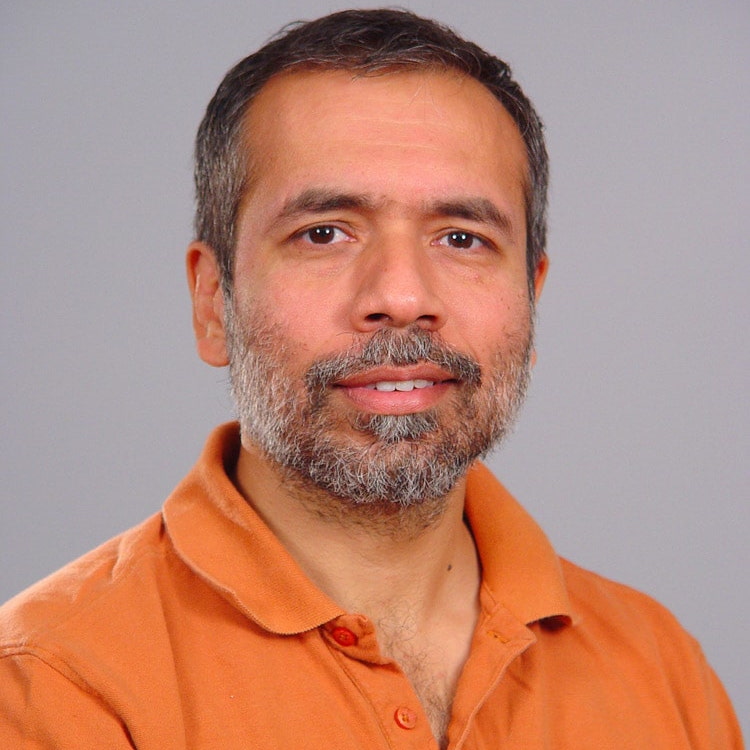









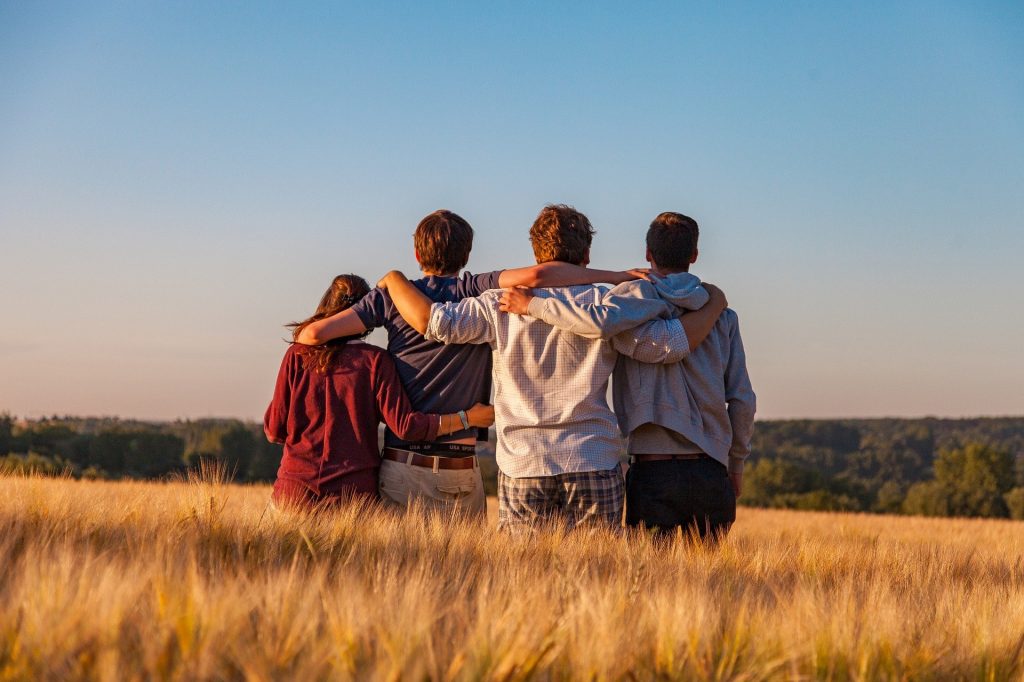


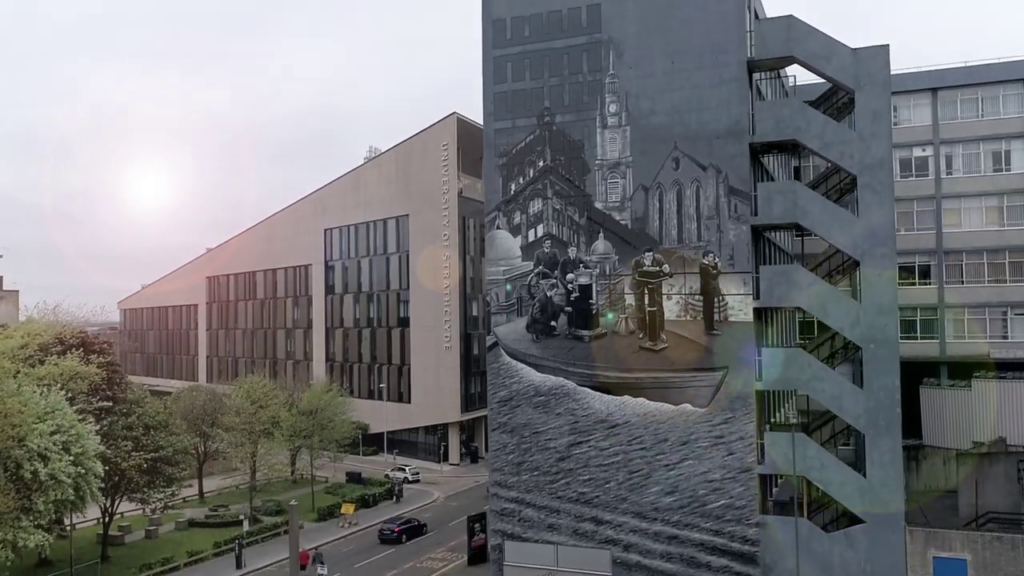



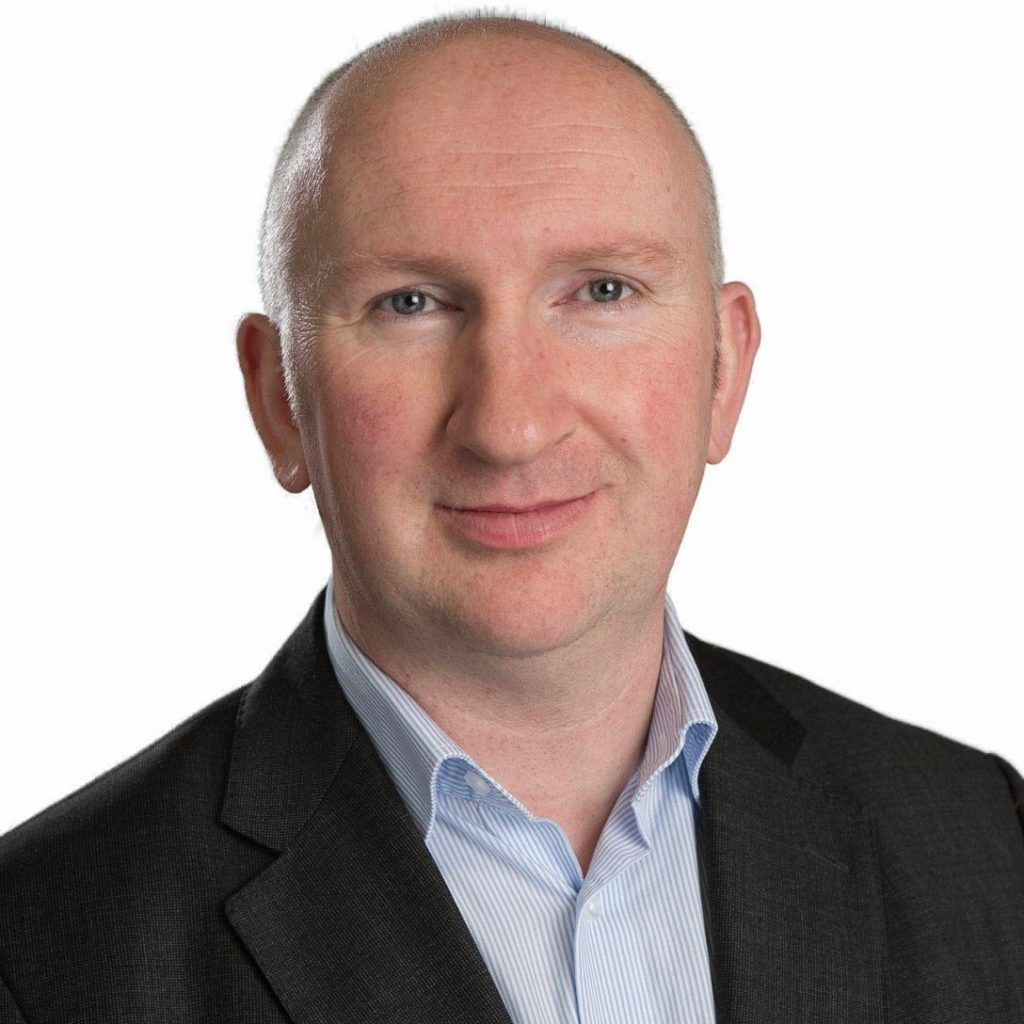

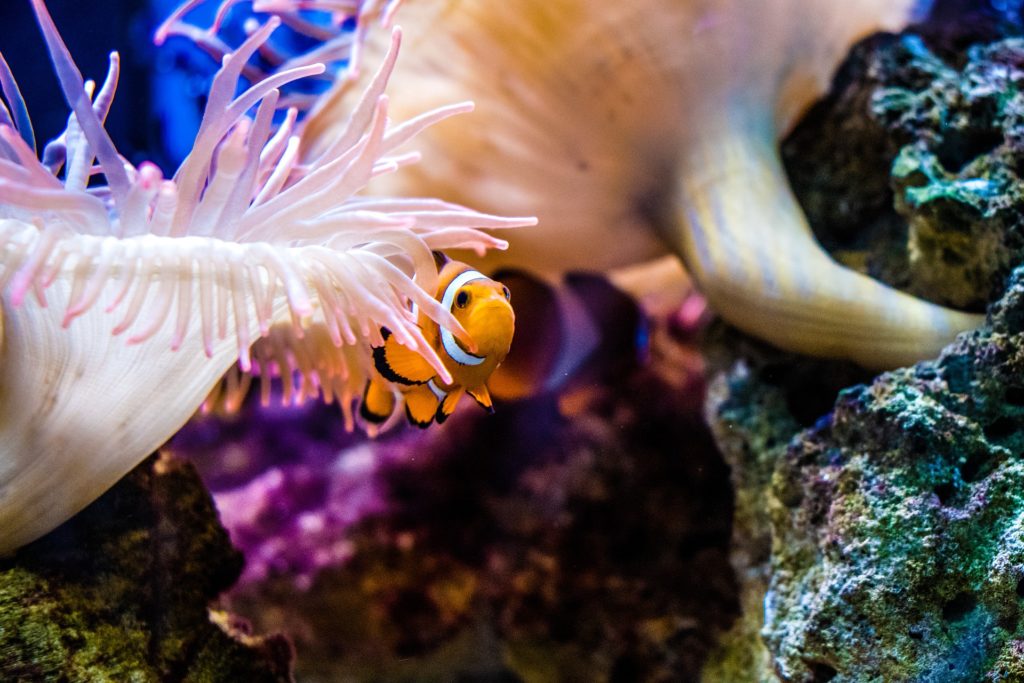

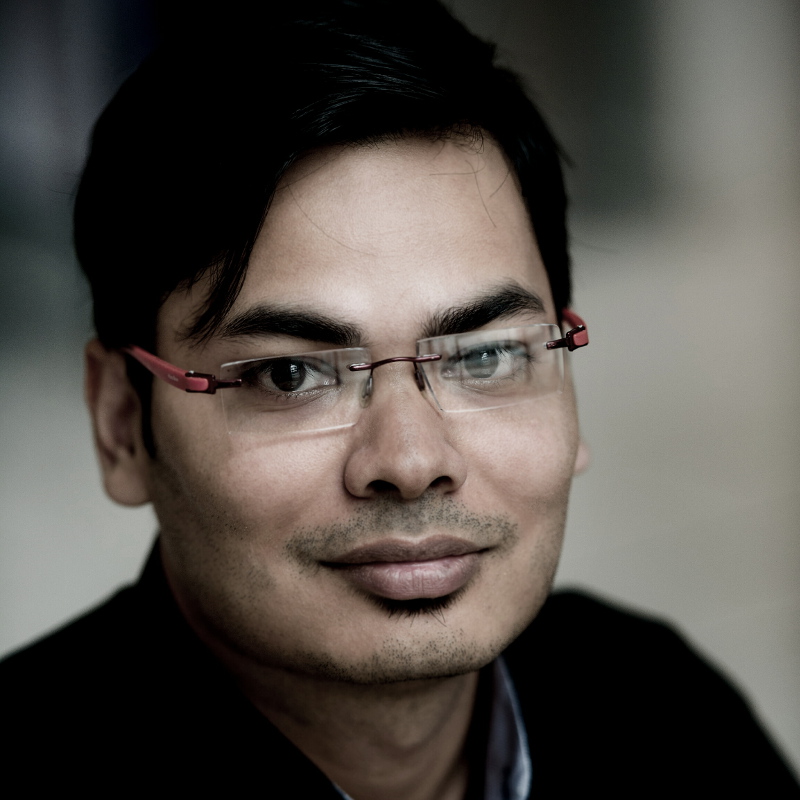

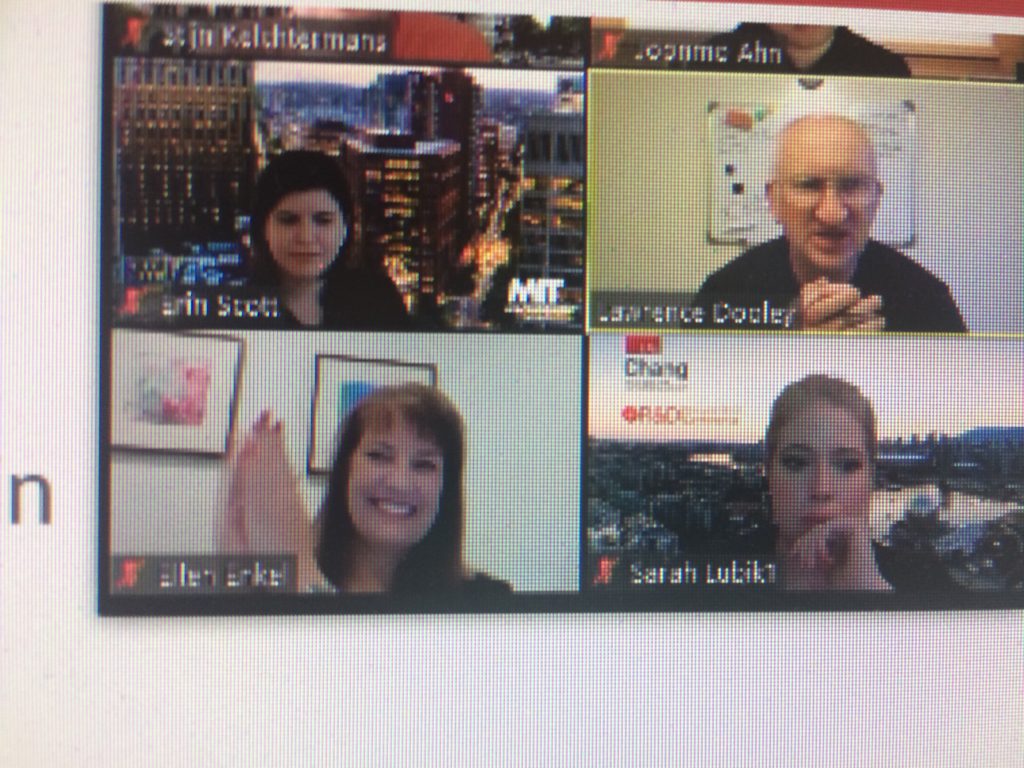



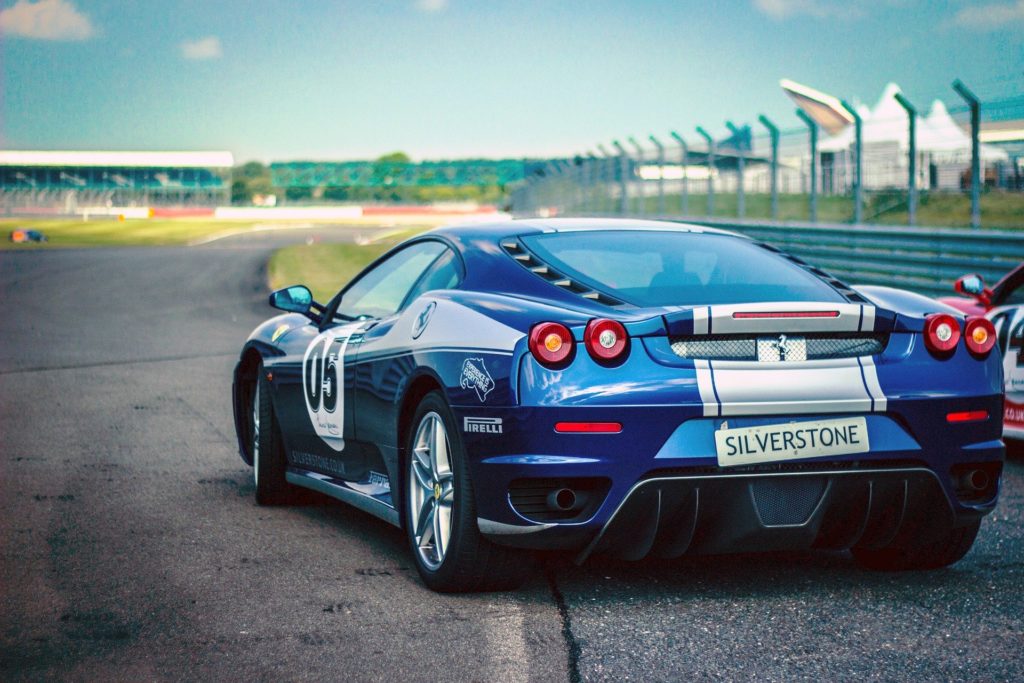

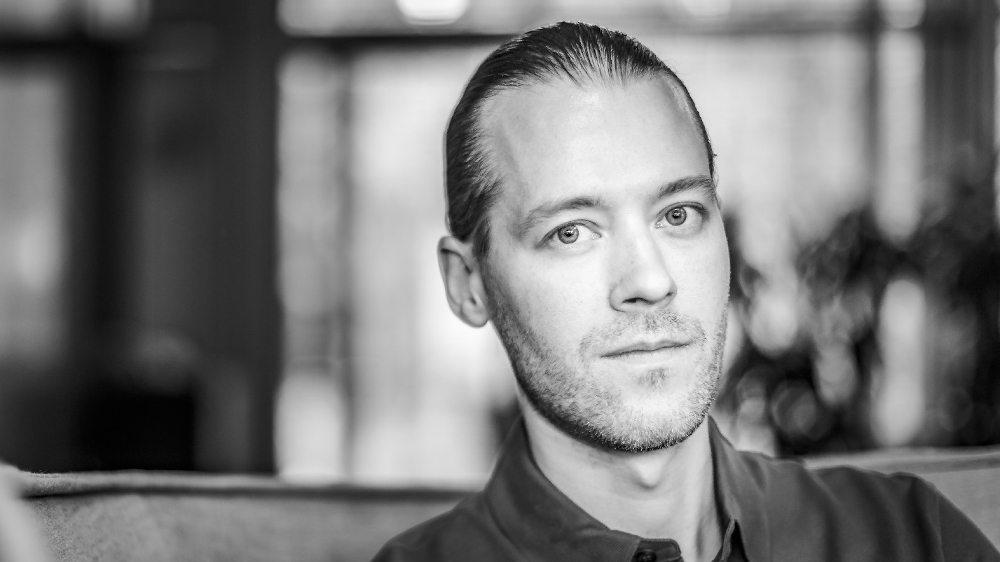




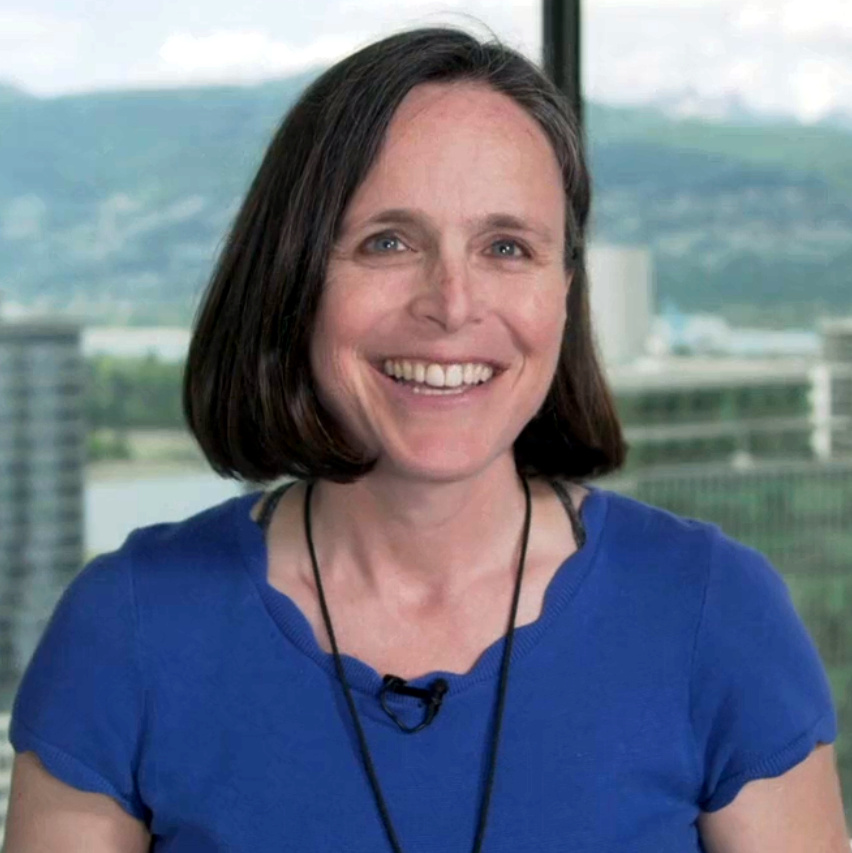
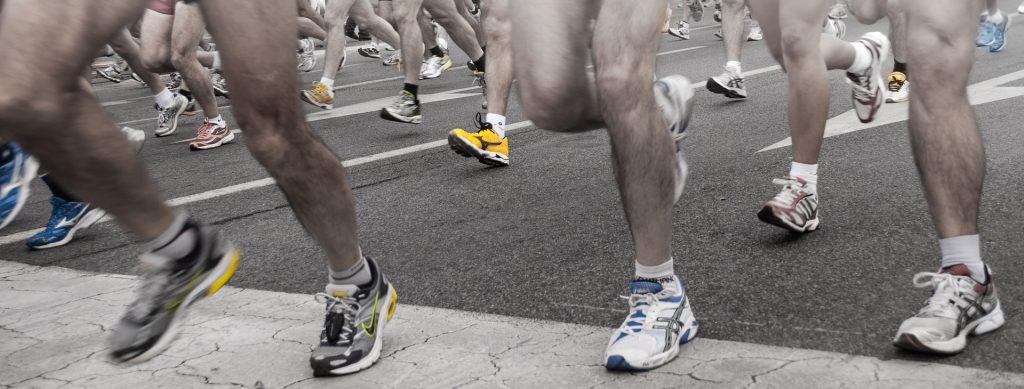




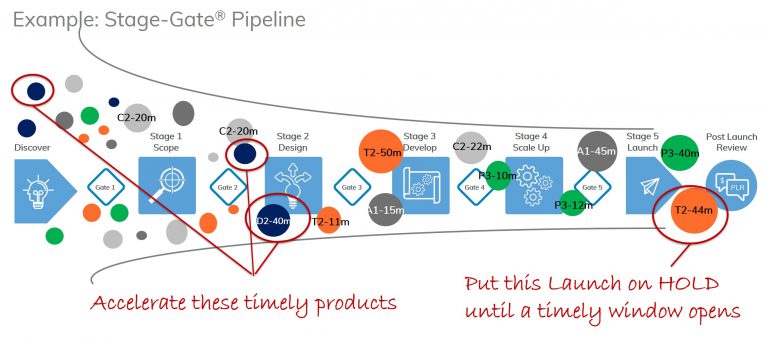



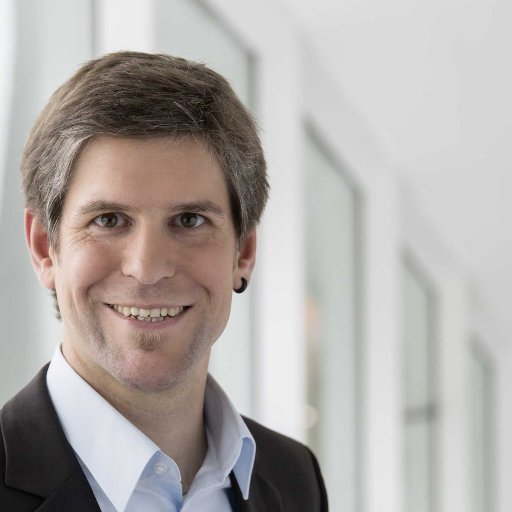




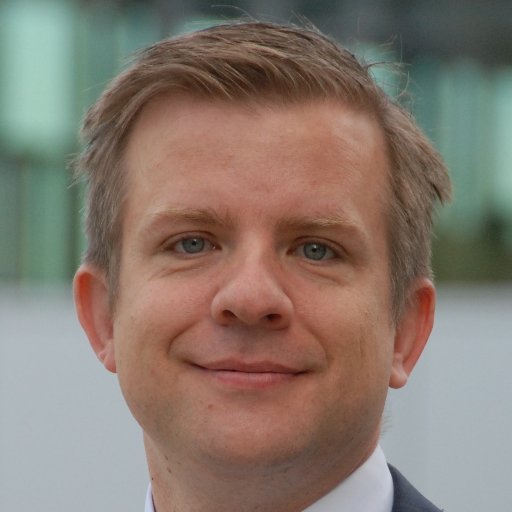



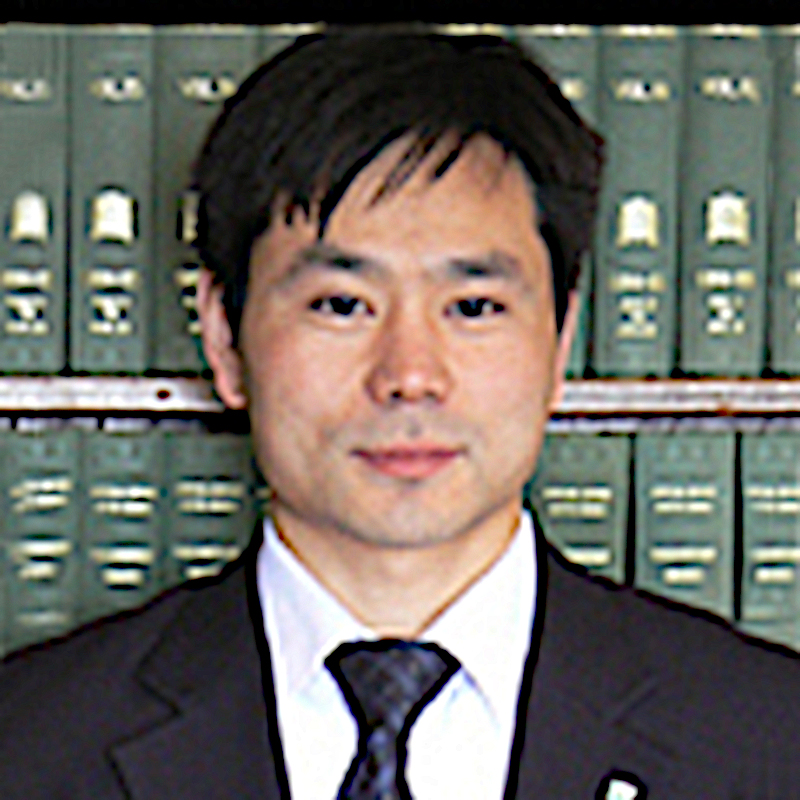





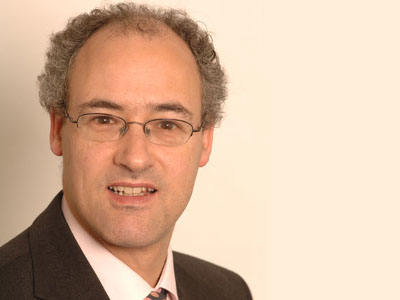







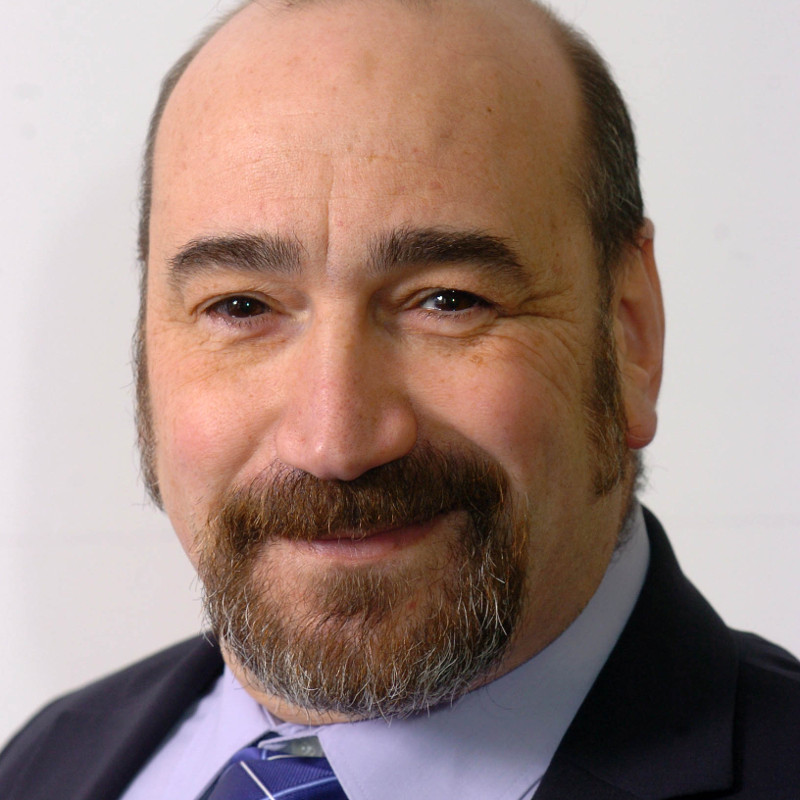




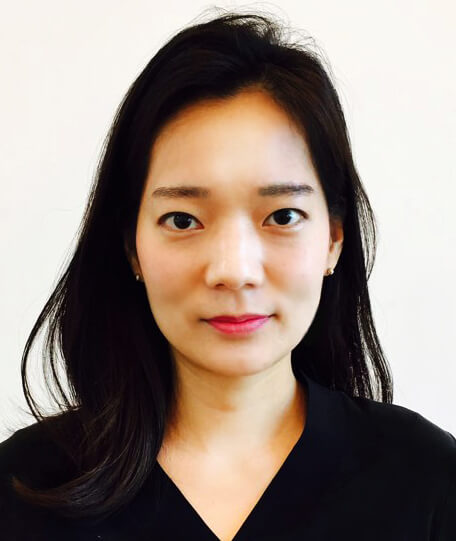

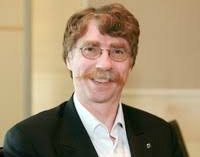
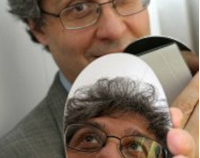




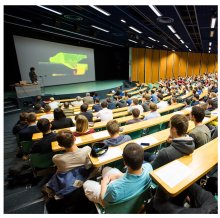
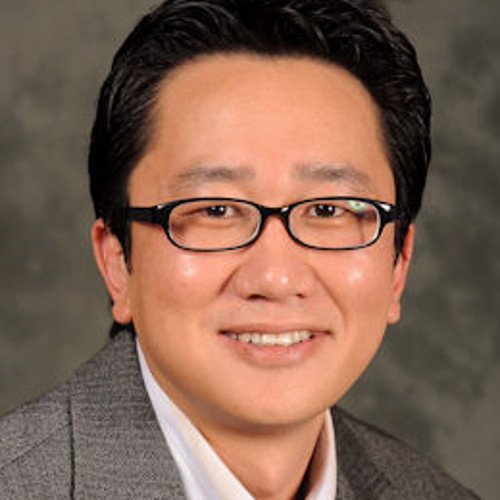
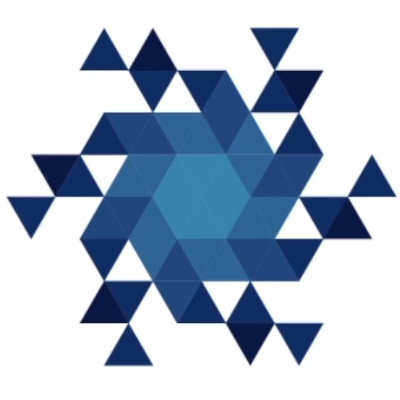

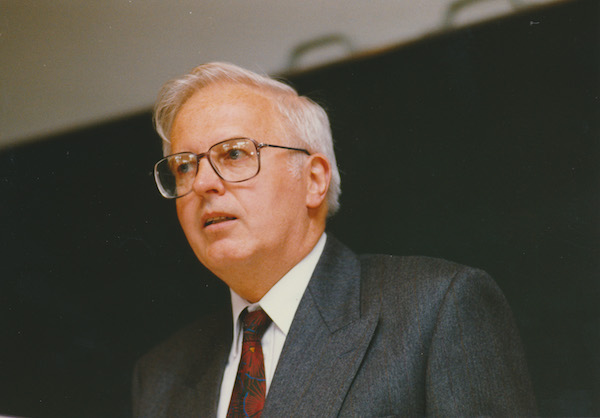



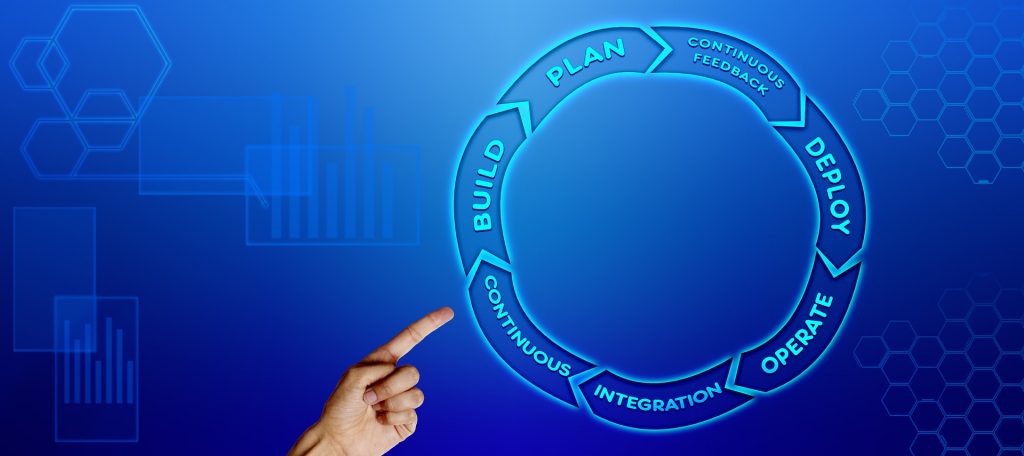











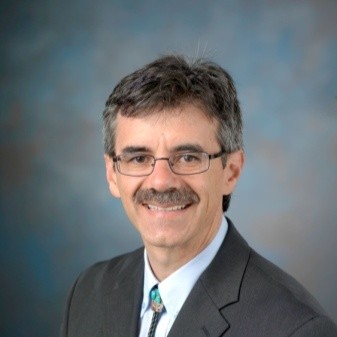





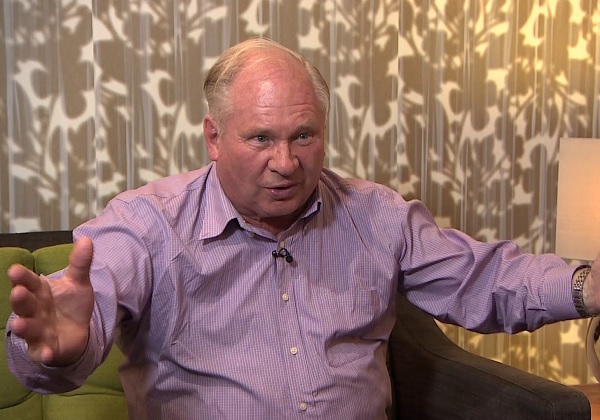


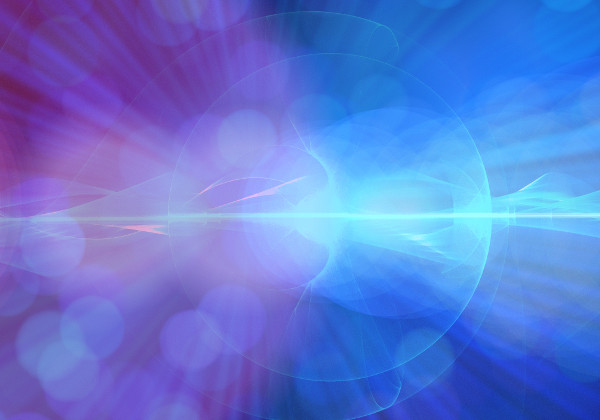


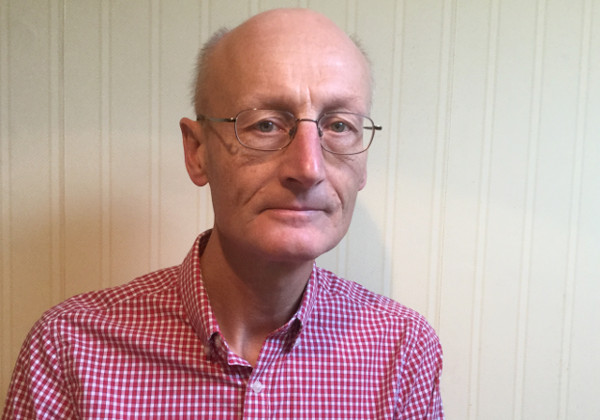

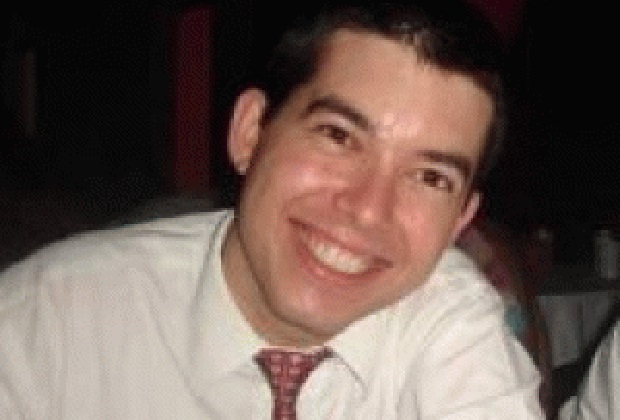




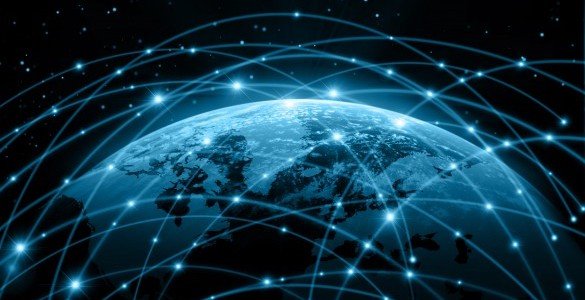
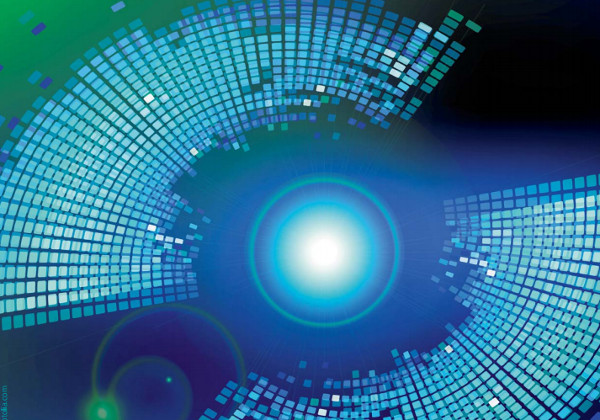

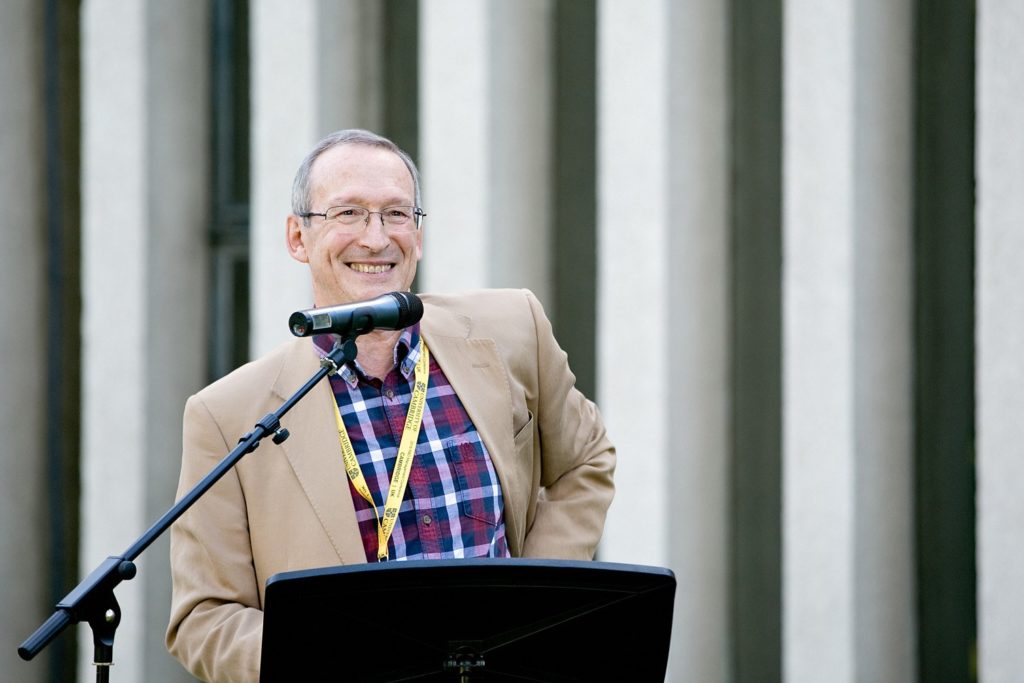





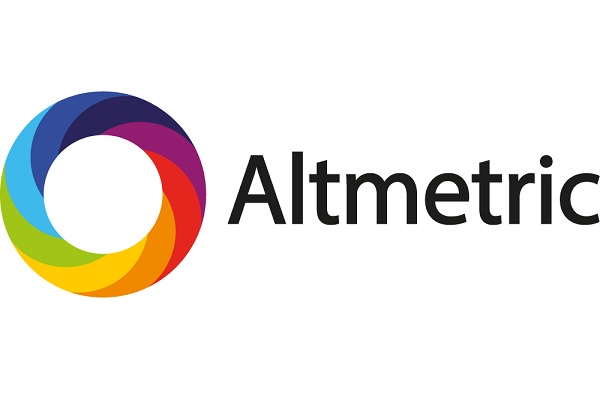

![The Permeable Funnel [click to enlarge]](https://www.rndtoday.co.uk/wp-content/uploads/2017/05/Permeable-Funnel.jpg)



